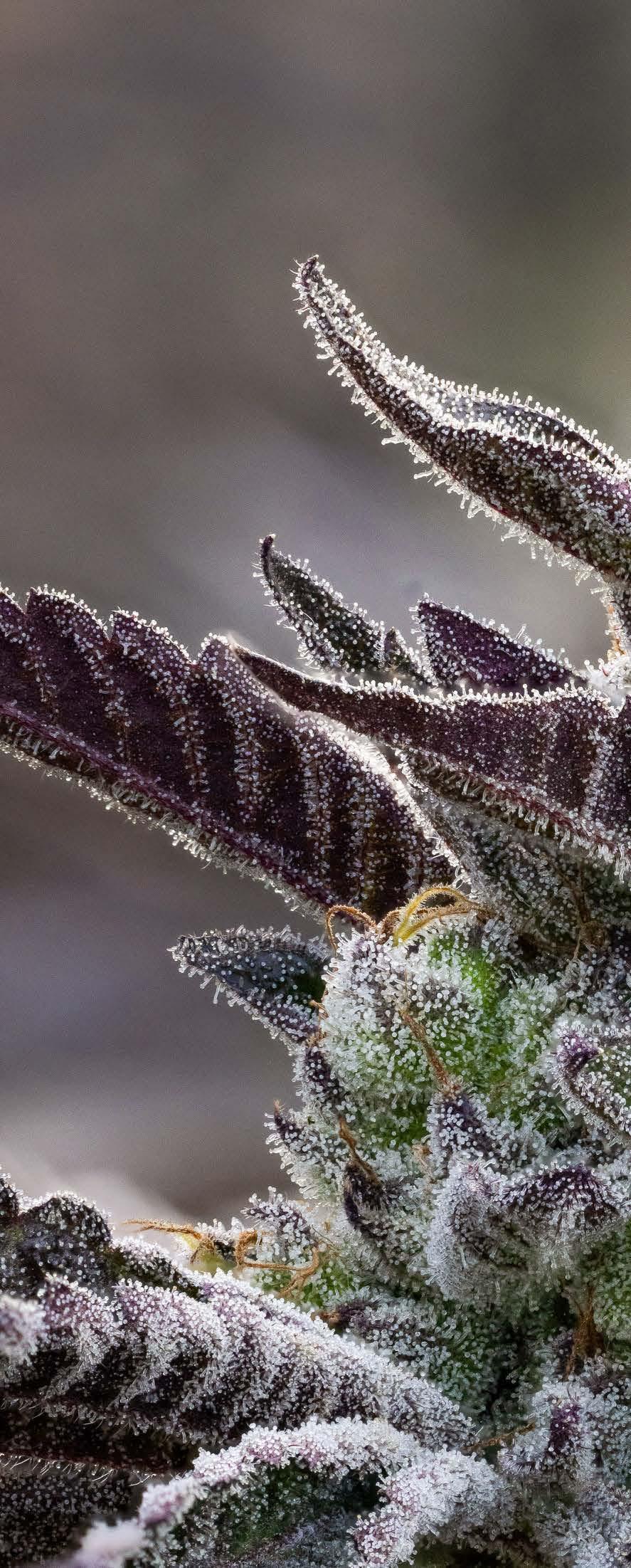




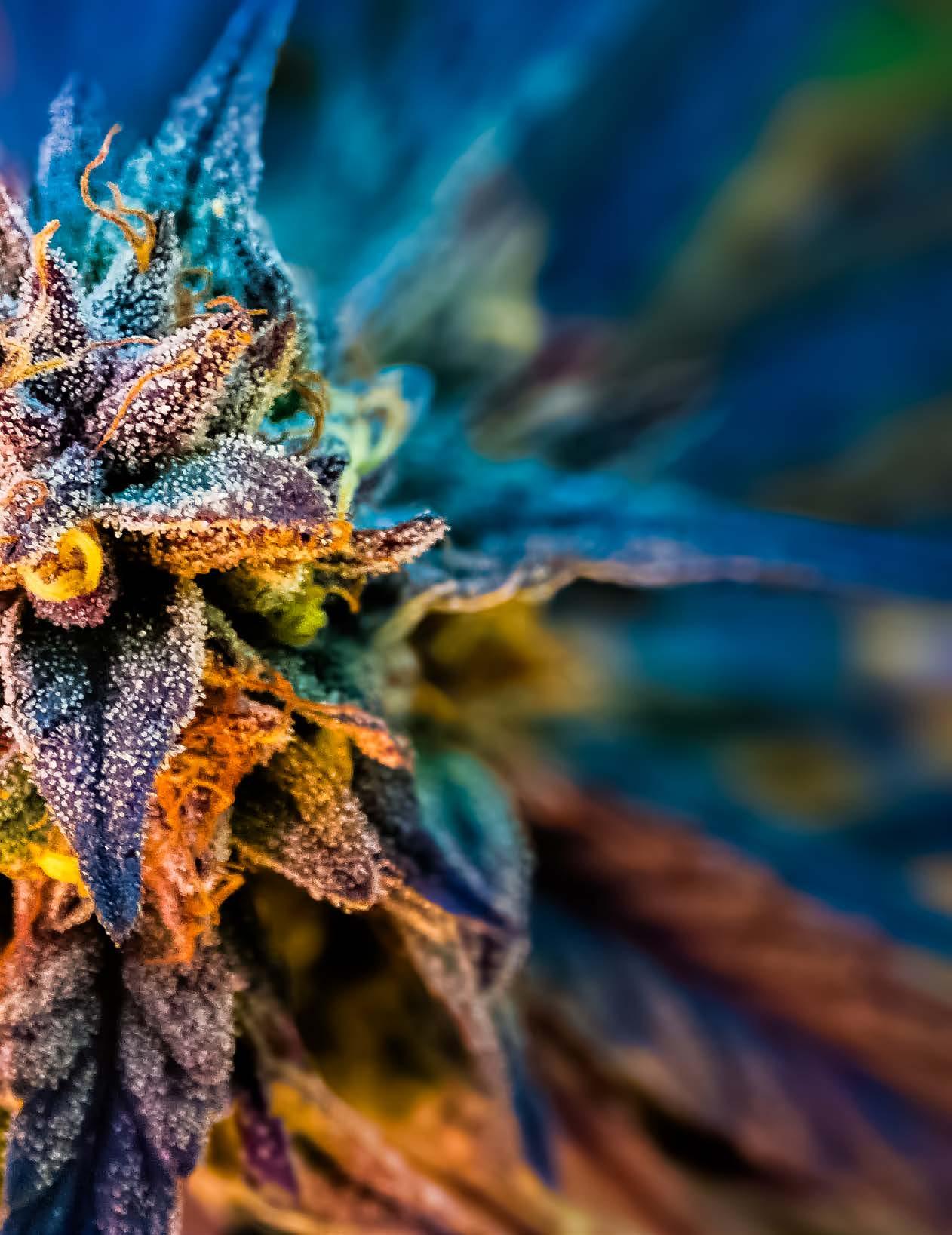
Photo By Kyea Mofire
Cannabis comes to us in many forms.
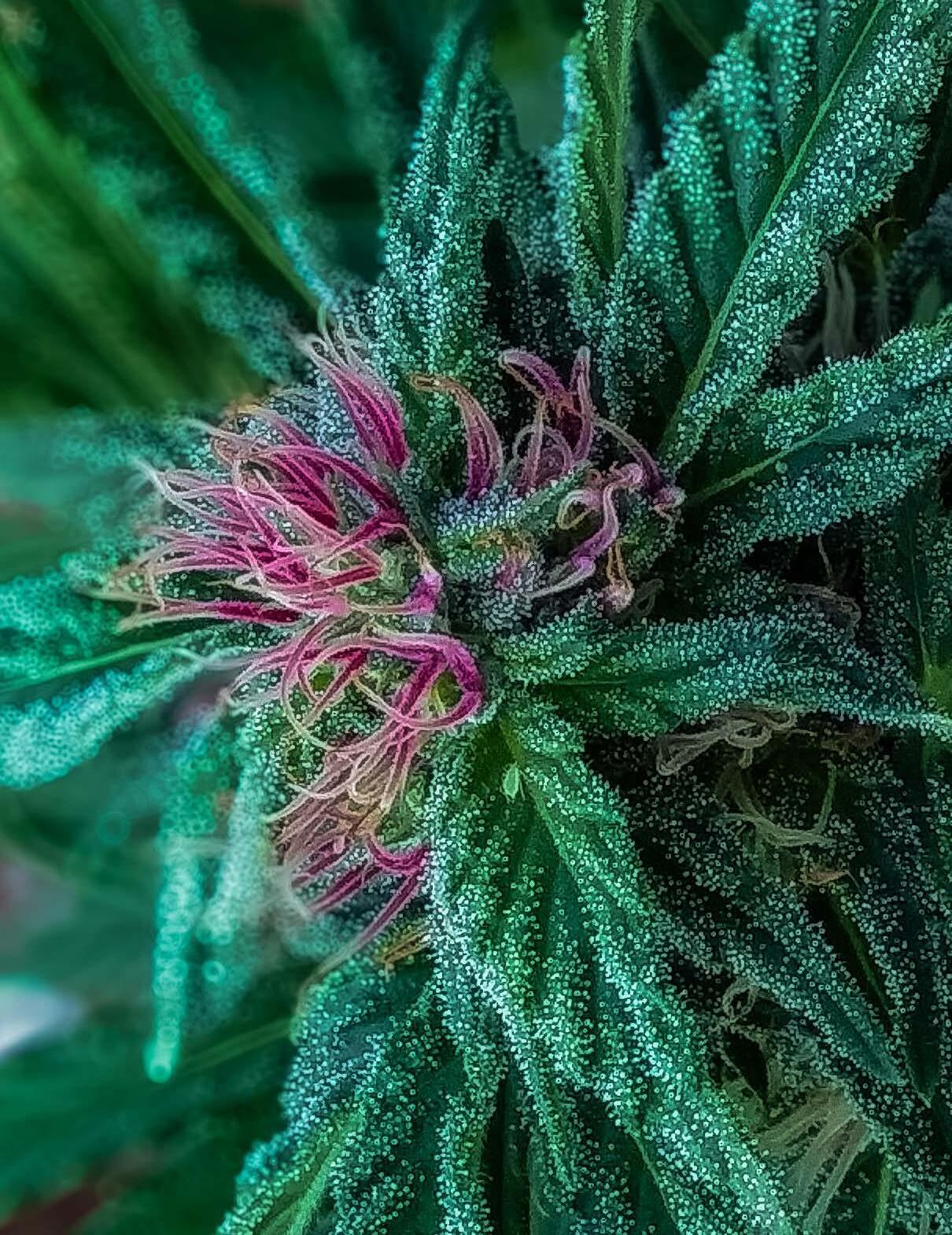
By Kyea Mofire
Some, like edibles, have been staples of the stoner community for decades. Others, like vapes, come to us through the advancement of technology and the shifting of cannabis’ place in our society. But one form remains timeless and true, as perfect as Nature can make anything: flower
For most of us, cannabis flower was our first introduction to this plant and the changes she brings to us, mentally and physically. For many of us, flower remains the one and only: the most perfect expression of this plant
Cannabis, at her heart, is about community. Plants do not grow in isolation: they require an exchange with the soil, water, nutrients, the sun. As I’ve traveled the United States over the past 17 months, I have been delighted, again and again, by the way cannabis makes community out of strangers.
Within the pages of this magazine lies nothing but love and admiration for the cannabis plant from dozens of people within the cannabis industry. You’ll find stunning photos of the cannabis plants alongside hemp.
You’ll find opinions from experts and newbies alike, some popular, some challenging. The Fat Nugs team weighs in on why we love flower on page 16, Tommy Chong shares his neverending search for the best strain on page 10 and Megan Mbenge shares her fight to keep all parts of the plant legal on page 28. We explore what it takes to have award-winning flower from California and Jamaica, and celebrate the stories of icons who shaped the cannabis industry as we know it today.
Cannabis reminds us of what matters most in this world: enjoying our time, giving personal attention to the people we love, and taking only what we need.

This is true for the Fat Nugs team as I imagine it is for many of you. Flower gives us a ritual, an expression. It requires all five senses and all four elements to enjoy. The aroma captivates us, the details entrance us. It requires concentration and presence to roll a joint, a timeless ritual that draws you in from wherever you are in the physical (or mental) world and demands you to be here, now, as you grind, lay, tuck, roll, and light. It takes us from the past or the future into the present.
It is with great joy that I share the flower issue with you, fellow cannabis lover. Though we may not be united by proximity, profession, or any other number of things, let us never forget that the love of cannabis brings us together—just as Nature intended
Best,
Jessica Reilly-Chevalier Editor-in-Chief Fat Nugs Magazine
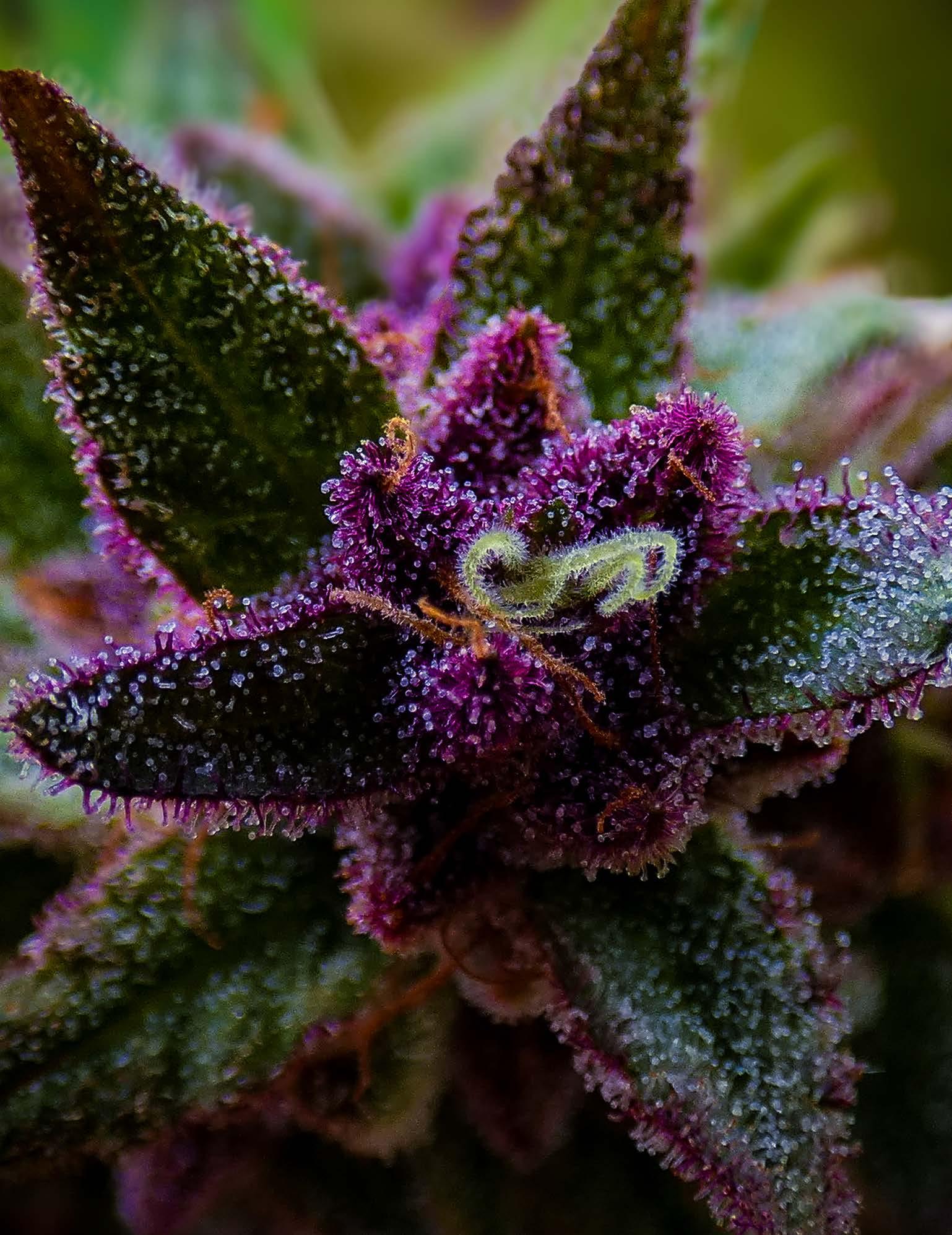

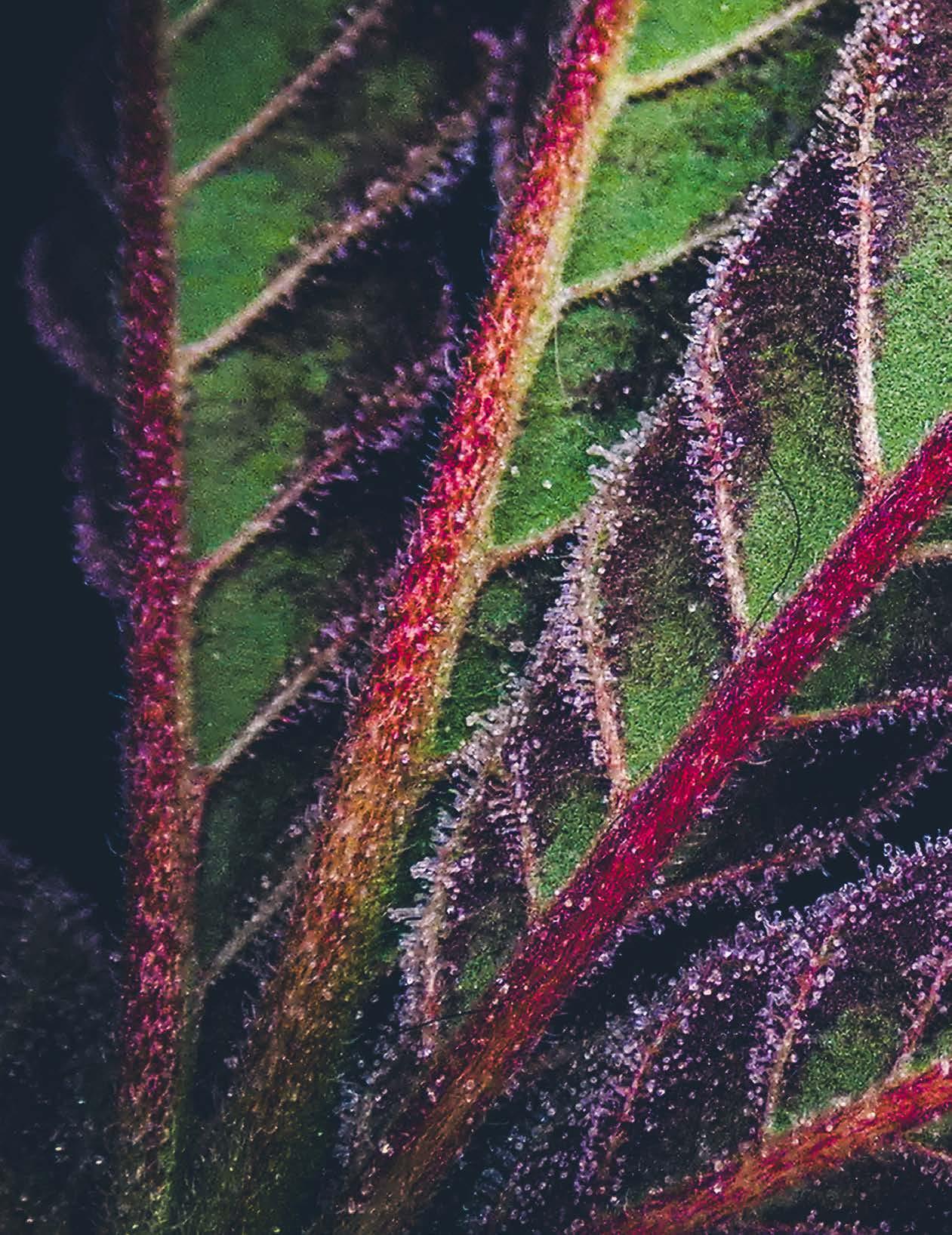
DustinHoxworth:FOUNDER
JessicaReilly-Chevalier: EDITOR-IN-CHIEF
CaseyRenteria: PROGRAMMANAGER
JuneBlankin:COORDINATOR
KyeaMofire:PHOTOGRAPHER
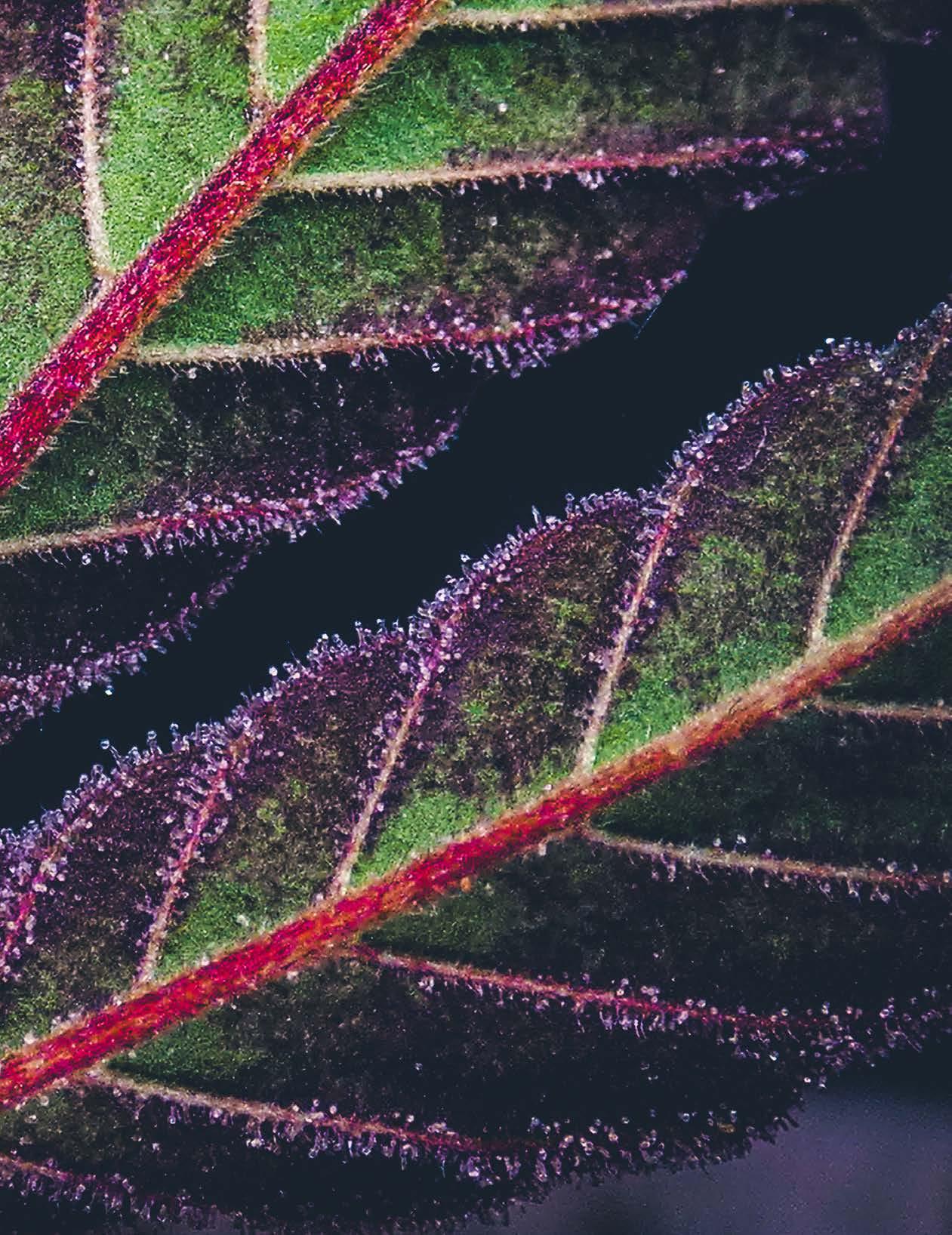
DanielCrawford: CHIEFOPERATINGOFFICE
ChristinaAydt:DESIGNER
Tommy Chong has been smoking weed for a long time. A really long time.
Long before anyone in Hollywood knew his name, Chong was playing in a blues band in Calgary Canada in the mid-1950s. One night at a jazz club, Tommy received a Lenny Bruce album from a fellow musician who also gave him his first joint. It was an unknown strain from Mexico and a few puffs would forever change the trajectory of 17-year-old Chong's life.
Chong describes his first time hearing jazz music while high with the reverence of a religious experience. From there, he embarked on a "lifelong quest for the magic buds." He tried temple balls, which he calls "THC at its finest," hash from Afghanistan, and Thai Stick from Thai, crediting the power of the sun with creating such potent strains. He brought weed to the big screen in Up in Smoke (which he tells us, used no actual weed smoke in the movie!) and served time in prison for "selling paraphernalia."
He's experienced dry season in prohibition where dealers would roll "dust" into pinners to sell for a few dollars and the green wave of legalization, with three cannabis brands across 12 states. Suffice to say, a lot has changed. But what hasn’t changed is Chong’s love for the plant, evident in even a short conversation with him.
Fat Nugs Magazine: How old were you when you smoked your first joint?
Tommy Chong: Just turned 17 and I was playing in a blues band. I had no idea what it was. A musician from another band gave me it. I knew it was a marijuana cigarette, and I wasn't that thrilled. I put the one he gave me in my pocket, so he lit up his own.
That was the one that got me stoned for the first time in my life. It literally changed my life because I heard music, really for the first time, and I understood so much. And when he gave me the joint, he also gave me a Lenny Bruce comedy record. Lenny brought a lot of attention to freedom of speech and was actually jailed for his comedy. And so when I got the joint and the comedy record, it was like a sign from God.
FNM: Was any of the cannabis real in the movies you've acted in?
TC: Not in Up in Smoke for sure! Because we really tested the boundaries [with that movie]. Especially when you put cops in the mix. We had cops get loaded and even though they’re actors, you are still playing with public perception. When I wrote the movie, I really wanted to stress how involved the police were in the cannabis movement right from the get-go.
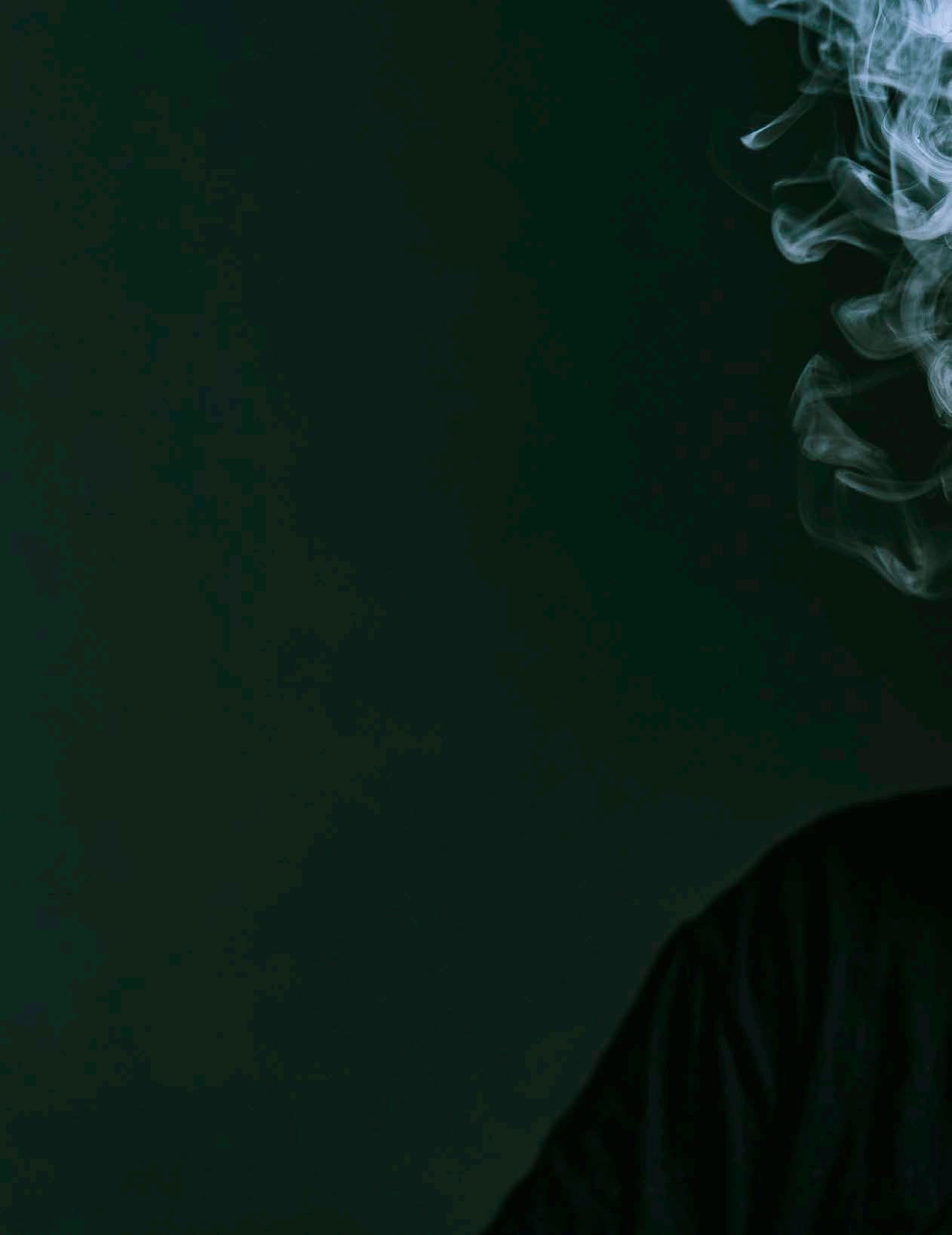
FNM: What's your all-time favorite strain to smoke?
TC: I haven't found it yet! I'm still looking—I always say my favorite could be the next strain I smoke. It's in the 10 Commandments that we should not judge. The reason you don't want to judge is that this could be the one, or maybe the next one is the one. If you don't judge, then everything is what it is. It's not labeled good, bad, or illegal, or legal. You just let it be whatever it is.
FNM: What's your favorite way to consume?
TC: Flower—in joints, hash, hash in joints.
FNM: American or Canadian legal weed?
TC: It's a tie—I'm still looking into it! I love my craft weed, and I've heard Northern Manitoba has some good weed. I gotta get up there.
FNM: How are you consuming most right now?
TC: I gotta lay off smoking until my ear problem heals so I got these little breath strips, Tommy Chong breath strips with 20mg of THC. Cheech said they're his favorite too!
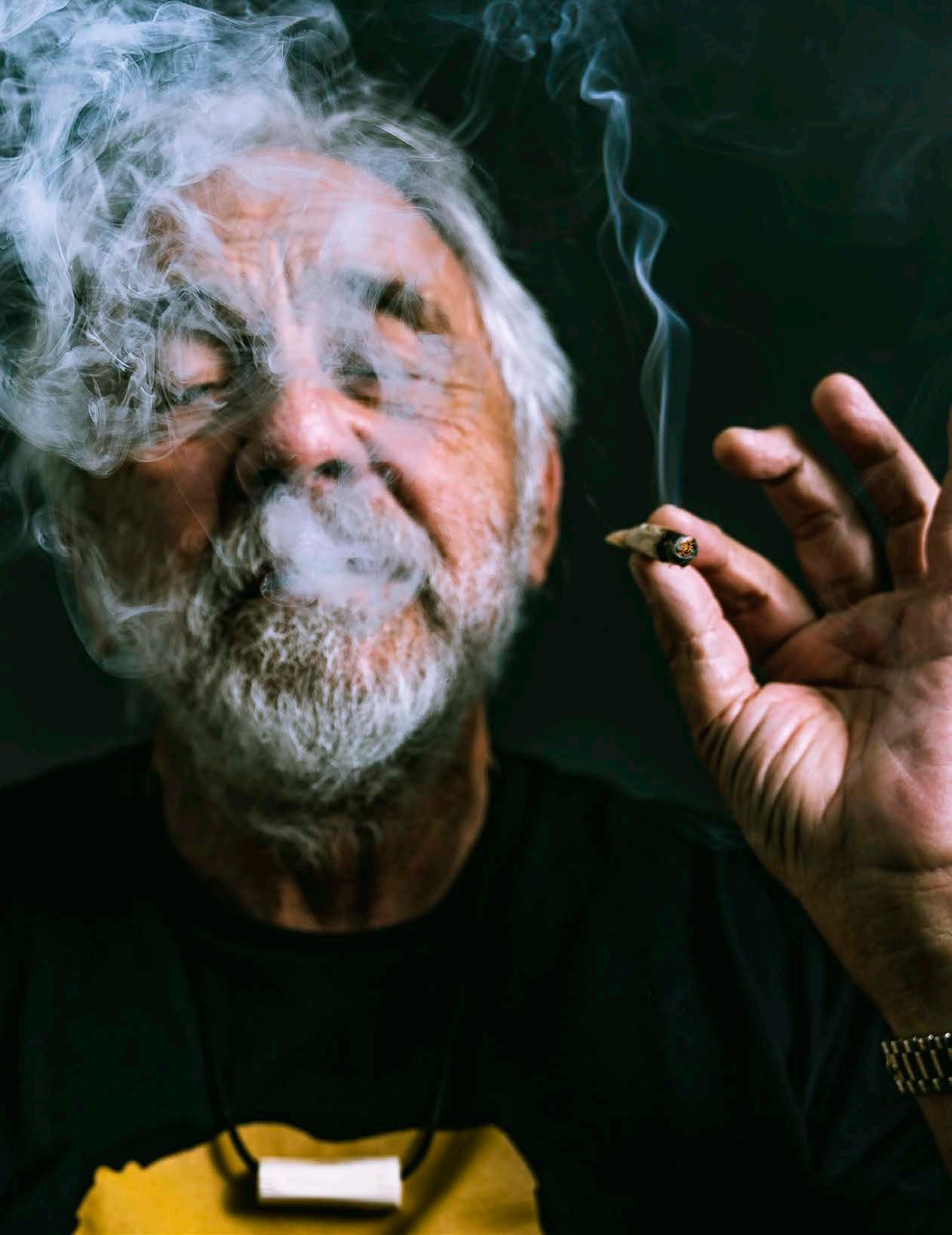
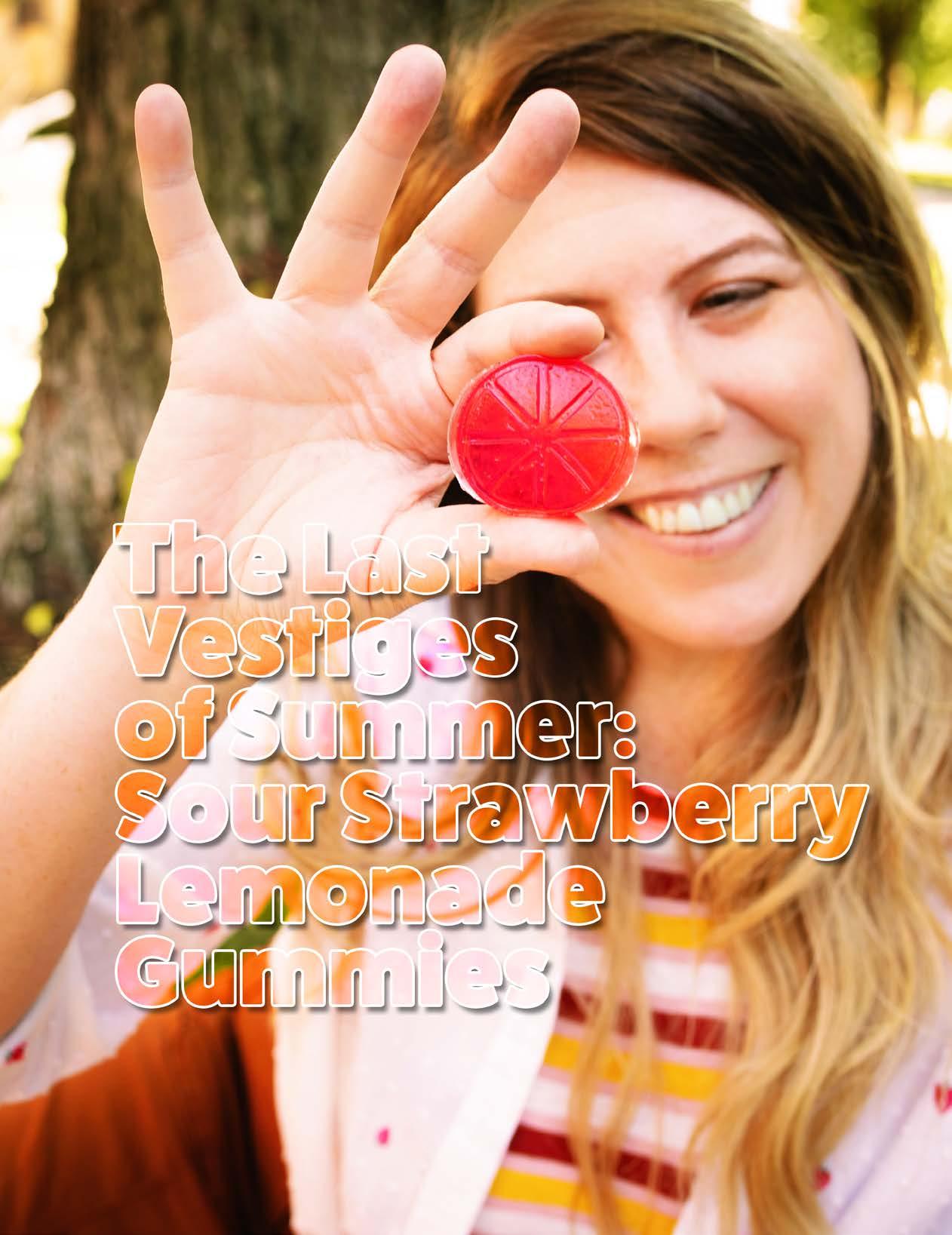
As we inch closer to Crop-tober and the chill of autumn starts to creep in, I find myself clinging to the last vestiges of summer. One way I’ve managed to do this is by whipping up a batch of infused sour strawberry lemonade gummies. Thanks to global warming, summer in Chicago feels like it’s extended its stay. Why not indulge in those sweet, tart flavors just a little longer?
When creating these gummies, my goal was to harness the full potential of the cannabis plant by using a full-spectrum extraction. I wanted to capture THC and a variety of beneficial cannabinoids like CBG, CBN, CBGA, and many others. For this, I chose Rick Simpson Oil (RSO). The hashy flavor of RSO can be quite potent, so I paired it with zesty citrus and sour flavorings to beautifully mask any overwhelming notes, resulting in a harmonious balance. The sweetness from the strawberry and the sour notes from the lemonade will juxtapose delightfully with the earthy undertones of the RSO, creating an enjoyable edible experience.
I encourage you to get into the kitchen and try your hand at these sour gummies. It’s the perfect way to celebrate the season while enjoying the multitude of benefits that cannabis has to offer.
• Medium mixing bowl
• Medium saucepan
• Measuring cups
• Measuring spoons
• Silicone gummy molds
• Silicone scraper
• Whisk
• Instant read thermometer
• Metal sieve
• Large liquid measuring cup (holds at least 5 cups)
• Non-stick cooking spray
• ¾ Cup of cold water
• 3 ½ Tablespoons grams of grass-fed gelatin
• 1 Syringe of Rick Simpson Oil (R.S.O.)
• 1 Cup granulated sugar
• 1 Cup corn syrup
• 2 ½ Tablespoons sorbitol (can substitute regular sugar)
• 2 Teaspoons of citric acid
• 6 Teaspoons of Loranne’s Tart and Sour Fruit Flavor Enhancer
• 2 ¼ Teaspoons Loranne’s Super Strength Strawberry Flavoring Oil
• 1 ¼ Teaspoons Lemon Flavoring Oil (I used Muloen’s)
• 8 Drops of pink gel food coloring
1. Measure out all ingredients into separate bowls.
2. Prepare silicon molds by spraying them with non-stick flavorless cooking spray.
3. Pour the cold water into a medium-sized mixing bowl.
4. Sprinkle grass-fed gelatin on top of the cold water. Let the gelatin bloom while making the rest of the recipe.
5. Mix together the granulated sugar, corn syrup, and sorbitol in a medium saucepan over medium-low heat. Continuously stir to ensure that everything has been combined.
6. Bring to a boil while making sure to stir and scrap sugar from off the side of the saucepan.
7. Once the mixture reaches 255 degrees Fahrenheit, remove from heat and stir into the bloomed gelatin mixture. Continuously stir to break up the bloom gelatin.
8. Carefully whisk in citric acid.
9. Let mixture sit for 10 minutes so that the foam can collect at the surface.
10. Take a spoon and remove all of the foam on top and discard.
11. Pour mixture through the metal sieve into the large liquid measuring cup.
12. Combine Loranne’s Tart and Sour Fruit Flavor Enhancer, Loranne’s Super Strength Strawberry Flavoring Oil, Muloen’s Lemon Flavoring Oil, and RSO syringe.
13. Once completely combined, pour gummy mixture into greased molds.
14. Let the gummies sit out at room temperature for at least 24 hours before removing.
15. Cure the gummies for at least 24 hours after demolding before storing.
16. Smoke a joint and be proud of yourself. You just made some delicious gummies
17. Store in an airtight container. Keep out of heat and sunlight.
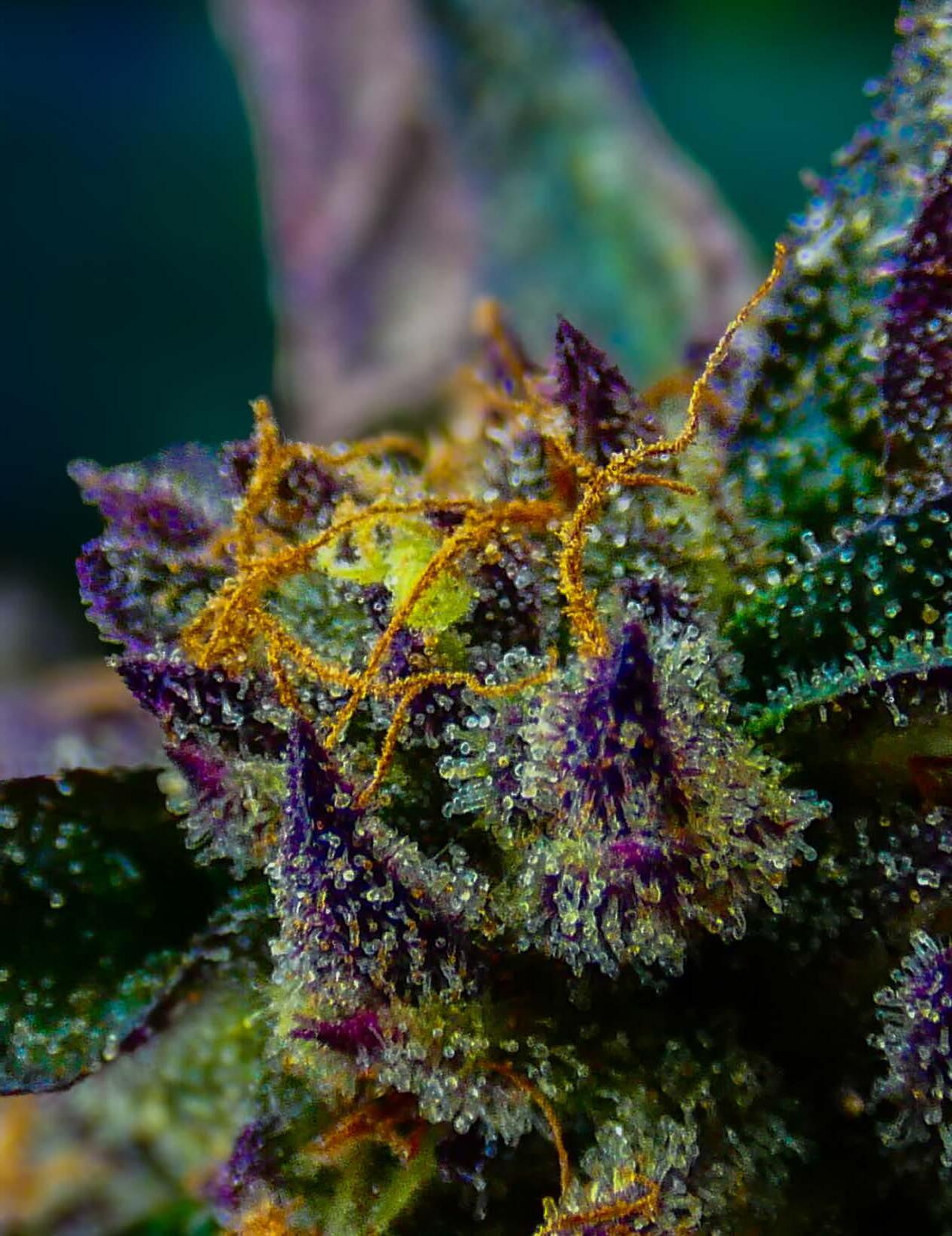
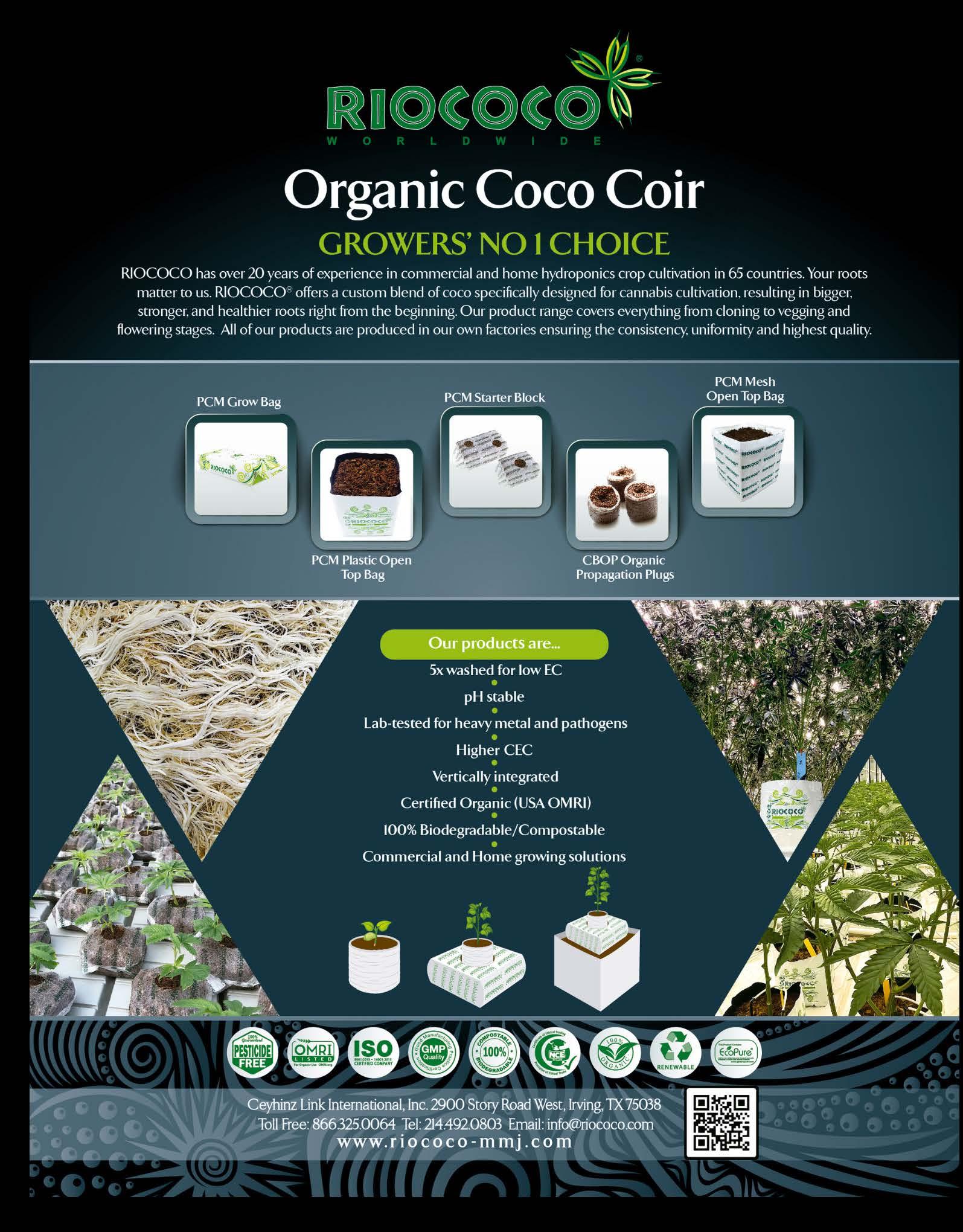
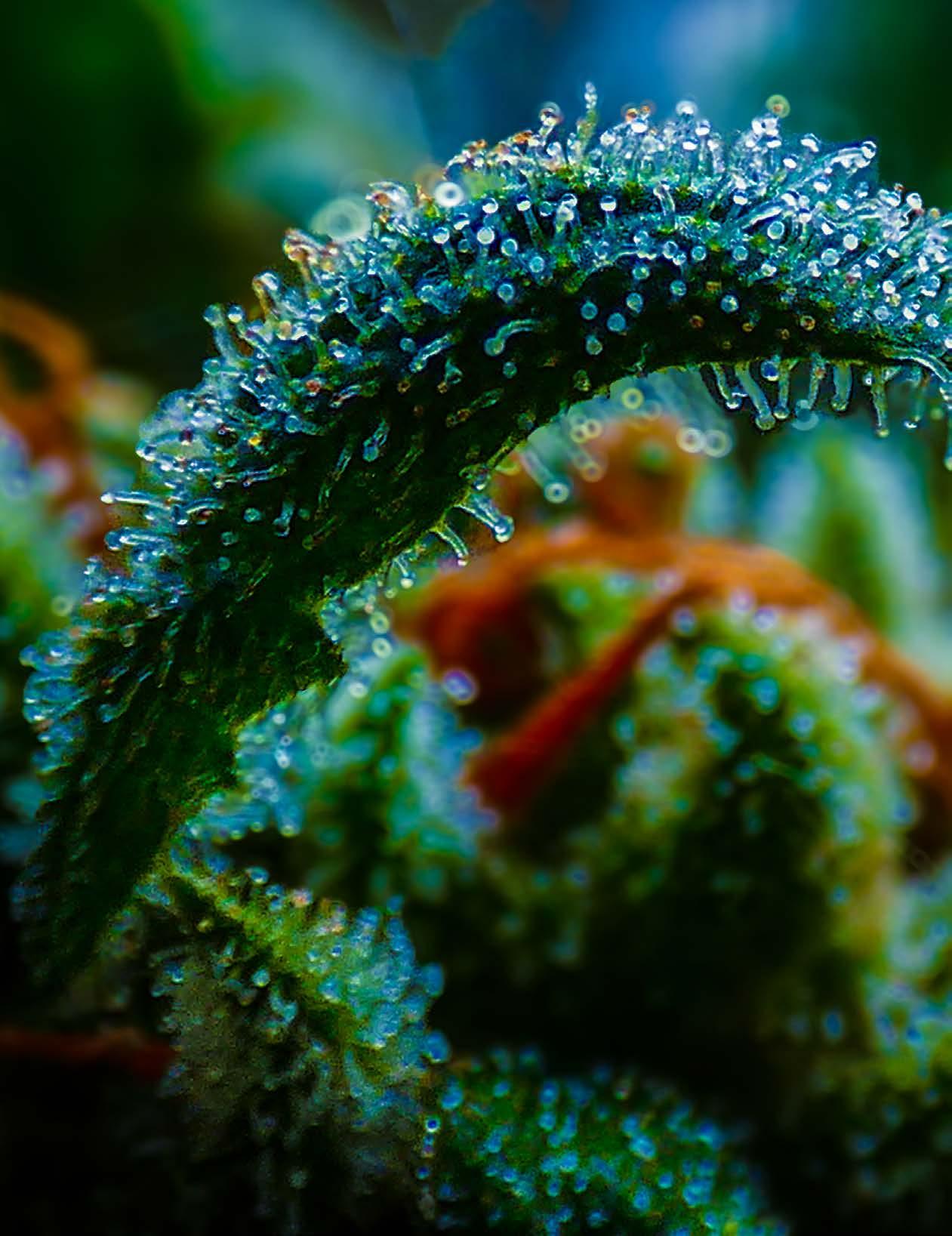
At Fat Nugs Magazine, you can bet there’s nothing our team loves more than a fat nug. But it doesn’t have to be a cola to catch our eye - the cannabis flower expresses herself in many ways, all of which are beautifully appreciated by our team of stoners. Here’s what the FNM team has to say when asked: why cannabis flower?
Casey Renteria
Cannabis roots run deep in my veins and overtake every aspect of my life in the most beautiful surrender. I don't have any attachment to the legacy crowd and my parents weren't growers. That didn’t stop my love of cannabis from spreading through my life like wildfire though.
I always knew I was different as a kid but cannabis came in and showed me I don’t know shit. The plant soon became the key I used to unlock a higher consciousness I’d never experienced. It allowed me to dive deeper into myself than I ever planned to go. It hurt so much more than I could have prepared for and at the same time, it’s allowed me to experience extreme happiness.
It awakened my conscious mind to things my subconscious held onto. It healed me from the inside out mind, body, and soul. Cannabis loves to show you right where your wounds are. I learned that when I could create a space for those wounds to air out it felt like taking off a layer of trauma. After a while, you realize that you feel better long-term and you start ripping off layers left and right.
I’m a flower girl wholeheartedly and there is nothing more serene to me than the process of packing a bowl or a cone, ya girl can’t roll. It’s a miracle plant, no doubt. It has power beyond what we can comprehend. This plant purely by existing created a culture, industry, community, and movement. I think that is the most beautiful and life-giving thing ever!
Cannabis makes you slow down and widen your scope of perception. It lets you see the intricacies of a spider web or the bliss of a sunrise with a deeper sense of understanding and connectivity. It brings us all together while elevating us to our highest potential. Cannabis is a key to the doorway into the universe.
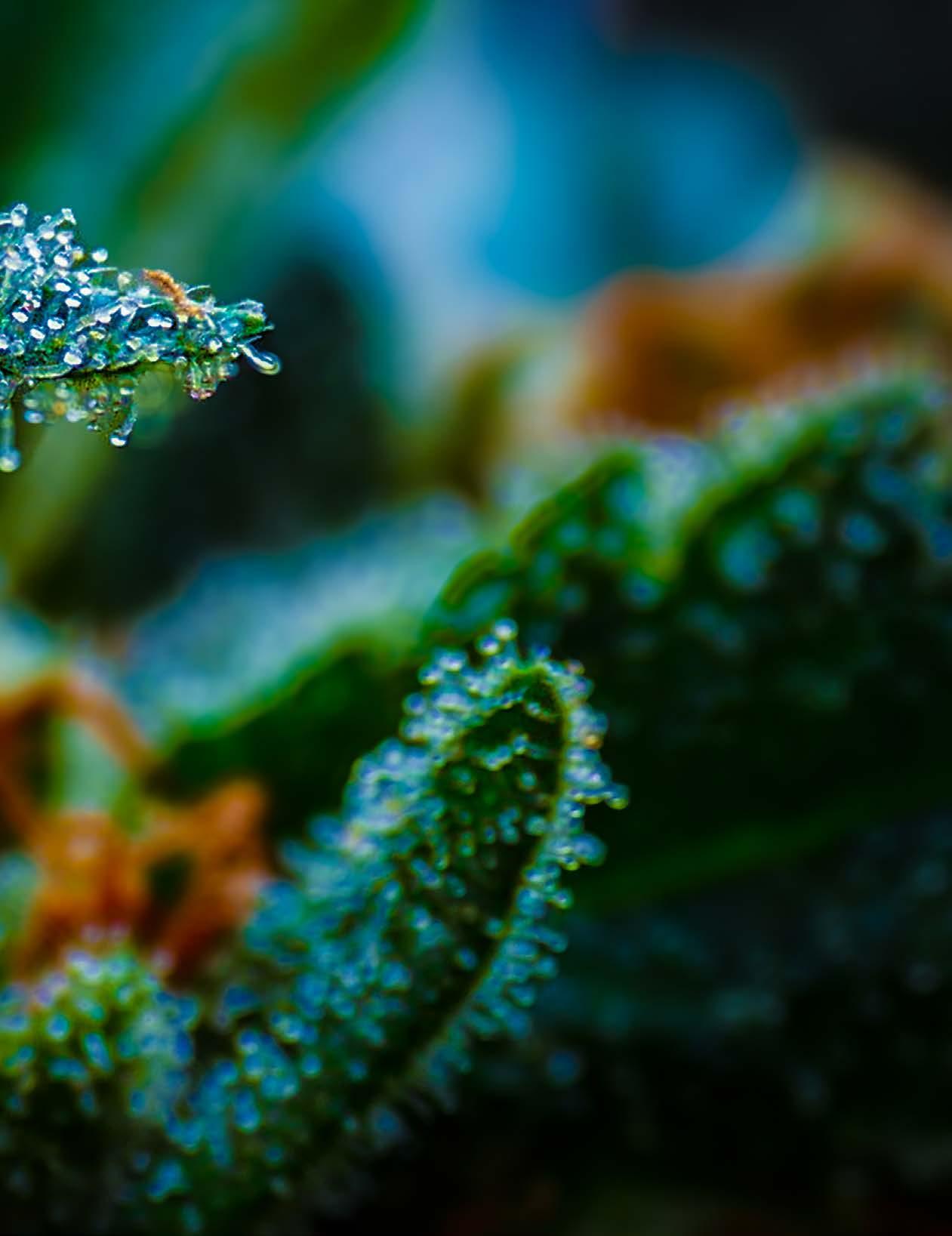
Dustin Hoxworth
There is something special about flower. When grown and cured correctly It's mesmerizing, beautiful to look at and smell, and exciting to consume. From seeing it as a cola on the plant to breaking it up with my hands for that calming ritual of joint rolling, flower holds a special place in my life. It's a part of me, as I'm rarely ever without it. Having some fat nugs around is a security blanket. I don't even have to smoke it for it to have a positive effect on my mind and body, just knowing I have it allows for a sense of peace. That's what flower has always done for me; allow for and encourage a sense of relaxation and calmness in my very hectic and chaotic life. Flower helps me to slow down and enjoy the life that I've built while also opening my mind to better things and ways of living. The empathy and compassion it helps to bring to the forefront of my day is one of the most important aspects of consuming flower. But overall I love flower for its simplistic existence that powers imagination, spurs thought, takes away my anxiety, and allows me to relax.
June Blankin
What a time to be living in the Cannabis Industry. Our options are everincreasing and there is a method of administration for almost anyone these days. Vapes, edibles, and infused beverages are discreet, portable, and perfect for parents with young kids. I too, will use these consumption methods, but the way I love to consume most is flower.
Grass, Weed, Mary Jane, Pot, and Reefer, are the terms I heard growing up while learning about cannabis for the first time. Some of these descriptions are not in fashion today, but they do represent nostalgia to many of us.
Coming of age in the 70s and 80s and in a small town, we had the freedom to roam around with a different style of parental control, or a lack thereof. I’m analog by birth. No cell phones, internet, or ways to keep tabs on us. How many recall a big sister, brother, or older siblings of a friend who were consuming cannabis? They were smoking flower and joints because those were our only options. I know there were bongs as well, but no one in our neighborhood had one. Think Dazed and Confused combined with the 70s Show.
There was a ritual involved when smoking flower. The rolling tray, a.k.a.,
the album cover, and the record of that album was playing in the background. The grinding or using one’s fingers to separate the buds into the perfect consistency to add to the pipe or roll a joint. It was a group effort and I still enjoy a good smoke sesh with people. It’s all very communal and I love that about cannabis. It keeps me as close to the plant as possible. Pure and unadulterated. All these years later, I still choose flower. I now use a dry herb vaporizer for lung health and save smoking flower, in a beautiful glass piece or a pre-roll for those social settings with friends. If I can have sun-grown, full spectrum, flower with a group of people and great music, does it get any better?
Daniel Crawford
When I use cannabis, it’s more than the act of simply consuming my medicine. It’s an experience which I aim to tickle my olfactory senses and it’s why I prefer flower over all other form factors.
Slowing down, being present, and in the moment takes intention. I have a very active mind and consuming cannabis helps turn the dial down. It’s too convenient for me to take a few puffs of my live rosin carts or munch mindlessly on an edible. Don’t get me wrong, I enjoy the ease of delivery and in some situations, they are the only options, but there is something special about getting my hands sticky.
My method goes like this: the initial aroma and visual inspection, followed by breaking the flower down to my desired consistency with a secondary deeper aroma inspection. Rolling joints is my preferred method for intake. It helps my mind slow down and allows me to connect with my medicine. Other form factors and smoking devices can disconnect us from our Mother Ganja. Some might call it overkill, but I enjoy taking a few dry pulls to experience the terpenes in all their glory. No better way to prime the pallet before it’s time to spark it up!
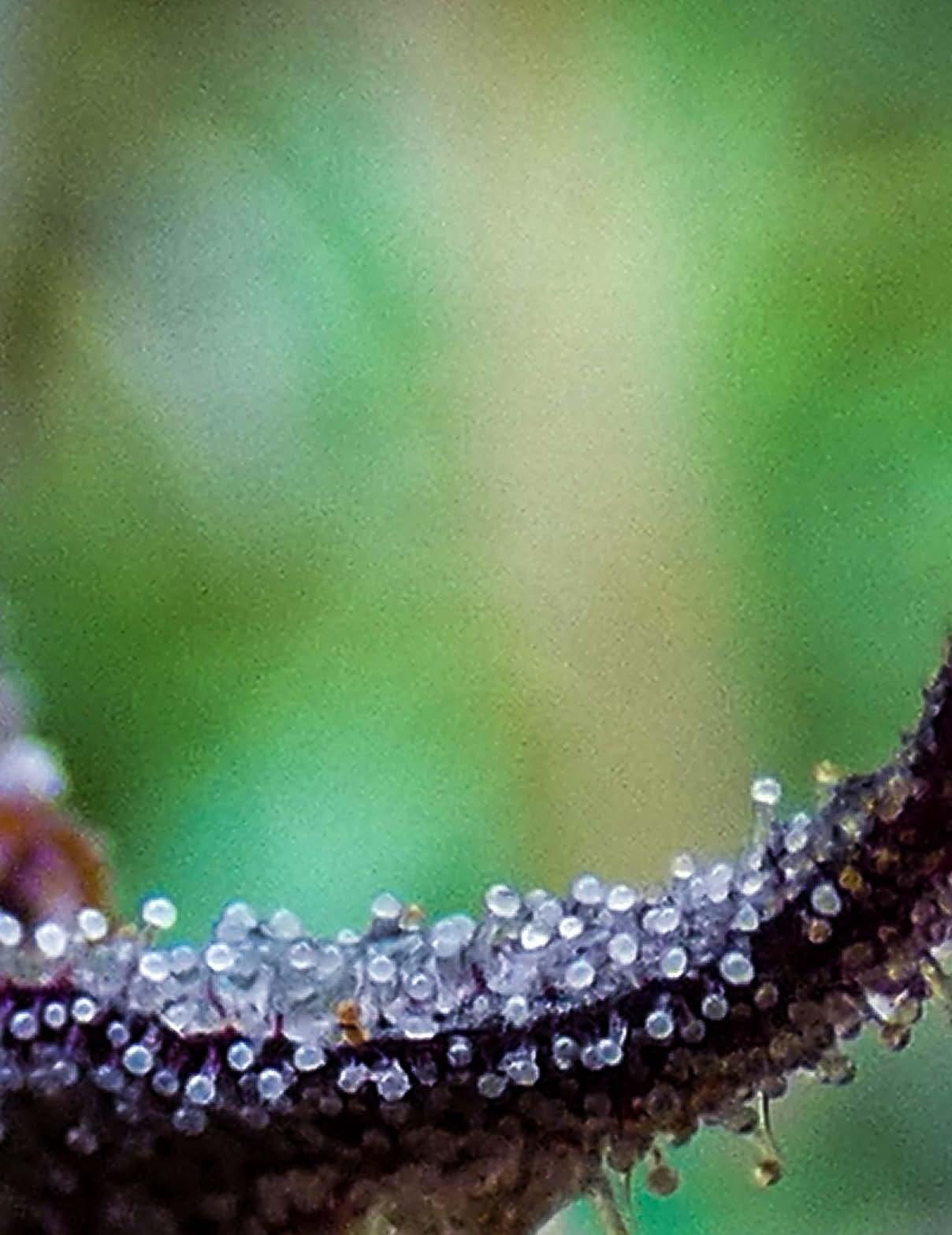
Jessica Reilly-Chevalier
I love the ritual of joints. It takes all of your focus and puts it in a single moment: the grinding, the filling, and the rolling, which is part science and part magic. I love custom-blending THC, CBD, and other herbs into a joint that is tailored to whatever I need at that moment - focus, energy, presence, patience, or stillness.
When I first came to cannabis, I didn’t know or care much about what I was consuming. But the more I leaned into the plant, the more I understood the importance of having it in as natural of a state as possible. Through the flower I get connected to the earth, to the grower. I love smelling the buds, picking out the terpenes in the aroma, taking a dry puff, and the feeling when it kicks in. Flower connects me to the earth and to myself and reminds me they are not different.
Kyea Mofire
Why flower? I like to kick it old school, Nothing beats the feeling of sitting back, rolling up a fatty of some dank full-sun flower, and letting the day melt away. There is something comforting for me in the act of choosing your buzz, breaking it up, and rolling that perfect joint. Call me crazy but I'll take full-sun flower over anything any day of the week.
Hollis Doherty
Why do I prefer flower? Because it’s such a beautiful expression of the magic of nature and plant life, from the way it looks—the myriad of phenotypes and colors, to the way it smells, a virtual cornucopia of variety and deliciousness, to the way it makes me feel, relaxed, happy, creative, and able to have a deep night of restful sleep. Gotta love Mother Nature and her flowers!
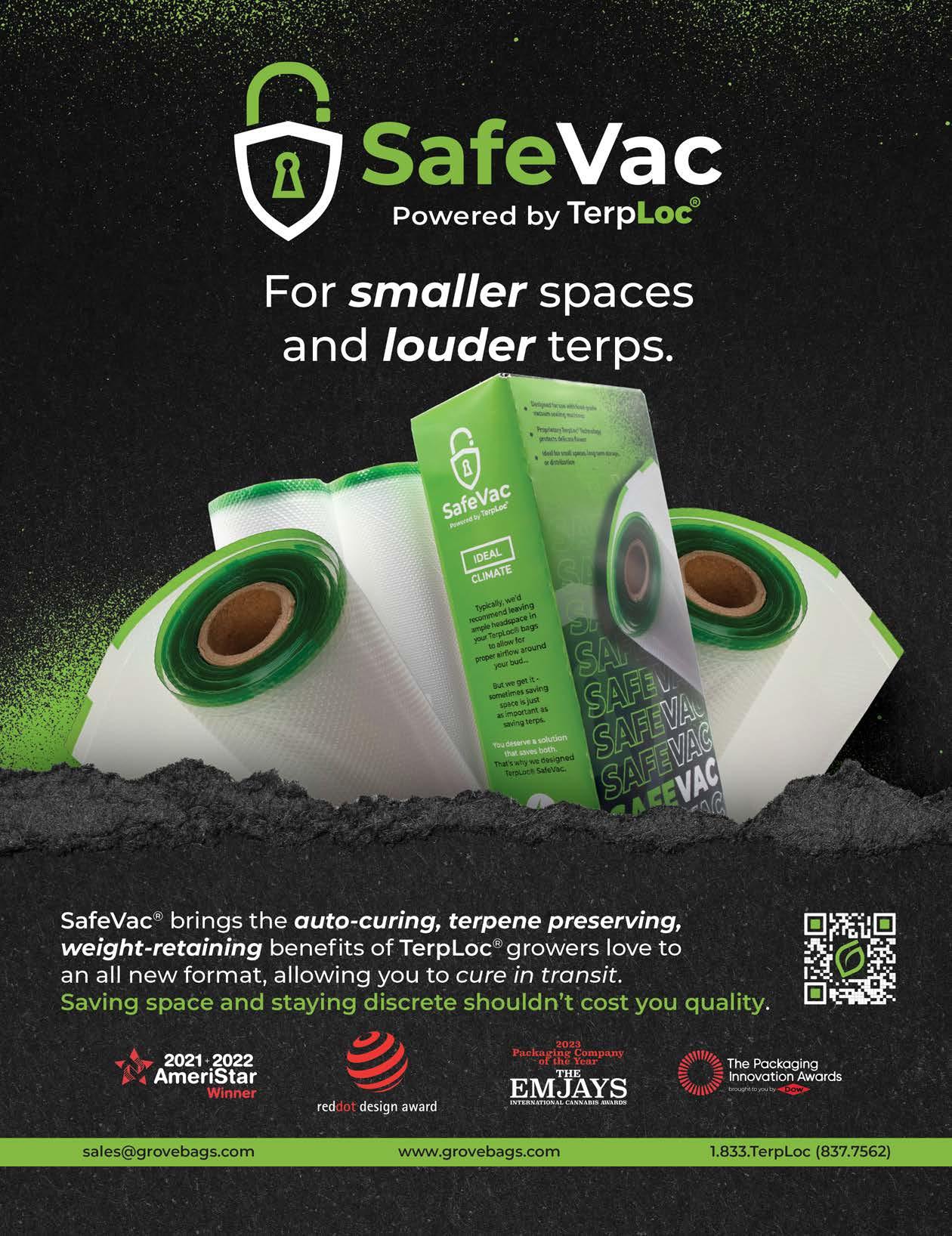
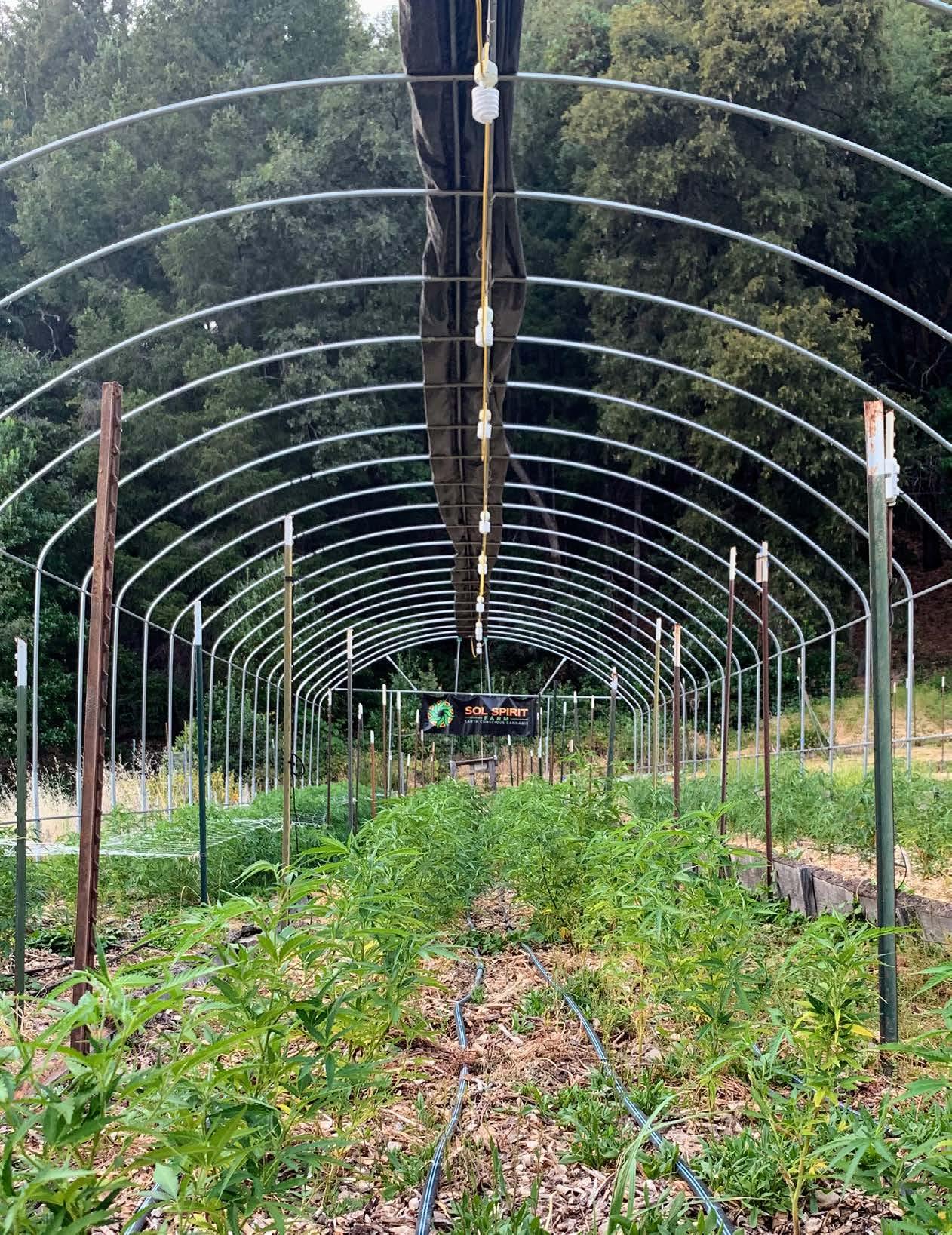
Article and Photos By Jessica Reilly-Chevalier
Iam so tired of “weed professionals” professing one “cold hard truth” about cannabis: that it must grow inside to be quality.
Must apples be grown inside? Are potatoes inferior for growing in the dirt? Does your brewery charge more for beer made from indoor-grown hops? Are you Icarus, ready to challenge the sun for dominance? Watch your wax wings and LED lights, lest you burn out.
THC potencies have flown too close to the sun. Highly potent, THC-dominant, indoor-grown weed gives me headaches. What we need, both recreational and medical consumers, is flowers with more balance. A bigger presence of minor cannabinoids and a robust terpene profile are easily tested for, and indicate other compounds we don’t test for, like flavonoids and cannaflavins.
All of this goodness can be found in weed grown the way Mother Nature intended: outside.
I have traveled the country in my van, visiting 34 states to date. I was most impressed on the East Coast with the market in Maine. Maine, much to many people’s surprise, was the fourth state in the nation to legalize a medical marijuana program in 1999, and it remains one of the strongest in the nation today, even after recreational legalization.
Here I found the golden duo: affordable prices and low THC percentages. I was able to buy eighths for $35, $30, once even $25. I bought weed that had 18%, 15%, even 12% THC. When I smoked that 12% I found much to my dismay that it was not work-weed, I was chillin’ high. Blame the entourage effect of the terps and other cannabinoids!
One of the most important parts of growing any plant outside is ensuring its suitability for your region. The US is composed of many growing regions, each with its own weather patterns and soil peculiarities to navigate.
When New York legalized cannabis but mandated outdoor growing, the backlash was swift and brutal.
“You can’t grow shit outside in New York—especially not cannabis.”
“LOL—have fun smoking mids”
“NY’s weed is gonna be trash. Keep importing from the West Coast.”
All of this goodness can be found in weed grown the way
Nature intended: outside.
I got to California in early June. In the mecca of weed, prices are unaffordable and quality is often low–just look at the recent article in the LA Times on the state’s pesticide problem. I skipped the dispensary visit (tried it back in 2021, left unimpressed) and instead headed north to the Emerald Triangle, to find out if the best weed in the world really does grow there.
I was welcomed to Sol Spirit Farms, an earth-conscious cannabis farm, by Judi Nelson and her husband Walter, who have been growing cannabis in Trinity County for over 20 years. This farm came highly recommended to me by many of my peers in the industry, and I was excited to see the plant in its natural habitat.
Walter is the lead farmer and he takes his work seriously. Cannabis is planted outside under hoop houses into living soil that has never been tilled, co-planted with flowers and herbs. In this hot summer, the plants are tenderly hand-watered. When temps are cooler, the plants have a drip-feed from lines running through the beds. Each plant is tended to carefully and meticulously.
“Short autoflowers with no THC and 9% tax rate—yeah sounds great.”
Have we really removed ourselves so far from the earth?
Cannabis originated in cold mountain climates. How warm do you think it got on the Tibetan Plateau 7,000 years ago?
The Emerald Triangle, home to cool winters and sun-baked summers, has emerged as the premier cannabis growing region—but not all strains grow well under these conditions. The key is finding the genetics that thrive in the region you’re in.
Mother’s Milk, Burmese Mimosa, and Headband do particularly well on the slopes of Sol Spirit, flourishing in the warm air and shade of the canvas. The plants were still small when I visited, but I could picture them in a few months, 6, 8, 10-feet tall and swaying in the breeze, a heavenly aroma emanating.
I chatted with Walter in the mornings as he and his team of farm hands (this year entirely composed of Ganjiers: Melissa, Brooks, and Rob) carefully tended the plants. We talked about the importance of living soil, the exchange of nutrients from co-planting, and their first year using JIDAM, a fertilizer used in the Korean Natural Farming method.
The extent of Walter’s knowledge is evident in even a short conversation. He cares deeply for his plants, his land, and the earth as a whole. We talked about Indigenous fire methods and how carefully tended this land was before 1850, when the gold rush happened. He showed me how carelessly replanting commercially forested land led to many of the problems California, and the entire West Coast, are having with fire today.
It was never wilderness, he tells me. There were always people here caring for this land.
The same cannot be said today.
Sol Spirit grows a lot of plants, although cannabis is their main focus. I ate plums picked fresh from their trees, basil straight from the plant, and of course, smoked a lot of their weed.
While I smoke weed regularly, it’s easy for me to overindulge and find myself with a headache. I have to monitor my dose and ensure spacing between seshes.
Perhaps it was all the time I spent outside, perhaps it was the fresh mountain air, or perhaps it was the balance of compounds found in sun-grown weed, but I smoked myself silly that weekend and never had an issue. And research has started to confirm what Walter and Judi have known all along: outdoor-grown weed is better.
“Comparison of the Cannabinoid and Terpene Profiles in Commercial Cannabis from Natural and Artificial Cultivation”, a study published in 2023 tested two identical strains from the same mother plant, one grown inside and one grown outside.
The study found that the strains grown outside “were stickier to the touch and were much more pungent than the indoor samples.” These strains also had “more unusual cannabinoids” and “a greater preponderance of sesquiterpenes” (like caryophyllene and humulene).
We see this most clearly in tinctures. Full-spectrum tinctures are more highly recommended than broad spectrum which are more highly recommended than isolates. How many of us have been smoking broadspectrum weed, hardly even knowing what we’re missing?
The prohibition of cannabis led perfectly into the commercialization of the plant. Grow as many plants as quickly as you can, loaded with THC. Sell them for a profit and repeat. But as many venture capitalists were surprised to find, cannabis doesn’t play nice with this business model.
Consumers want quality product. And the most quality products are grown in small batches, carefully tended to, harvested, trimmed, and packaged by hand, like the flower at Sol Spirit.
Not every state allows for outdoor cannabis cultivation, and some go as far as to specifically prohibit it—a seamless continuation of the legacy of the “War on Drugs” and the profit protection of the pharmaceutical industry. There is always home grow, but this too is often outlawed when cannabis is legalized, a notion as ridiculous as outlawing growing your own zucchinis.
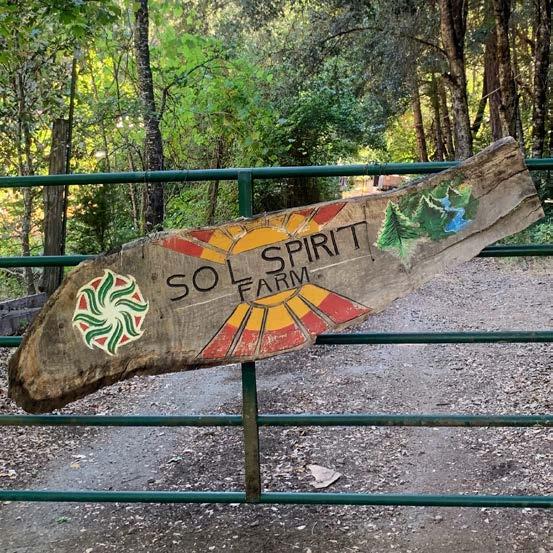
Nature loves balance. The earth and all who inhabit her are carefully designed to work together in harmony. The prey eats the grass, the predators eat the prey, and the predators (and fire) feed the grass to keep the cycle going.
Cannabis is no different. This plant has been used medicinally for thousands of years—not because of the intoxicating qualities of a single molecule, but because of the effects that the entire plant works to deliver. When we smoke THC-dominated, poorly-cured and transported flower, the effects are not as positive or as effective as they otherwise could be.
The cannabis industry must de-shrine the idea that the best cannabis is grown exclusively indoors. It is a wasteful, short-sighted aim that fails to see past prohibition times.
Cannabis is famous for helping people shift their mindset and their lives. She can do this for us collectively if we let her, letting go of outdated laws around cultivation and notions of what a “harmful drug” is.
Cannabis is central to Walter and Judi’s life, and so is the land they tend to grow this plant. They manage their own forest, grow much of their own food, and compost the land to return nutrients to the source.
I am not suggesting that everyone implement compost toilets (that would be radical) but it’s time to accept the molecular superiority of sungrown cannabis. I hardly think recognizing the perfection of nature’s design is a radical idea.

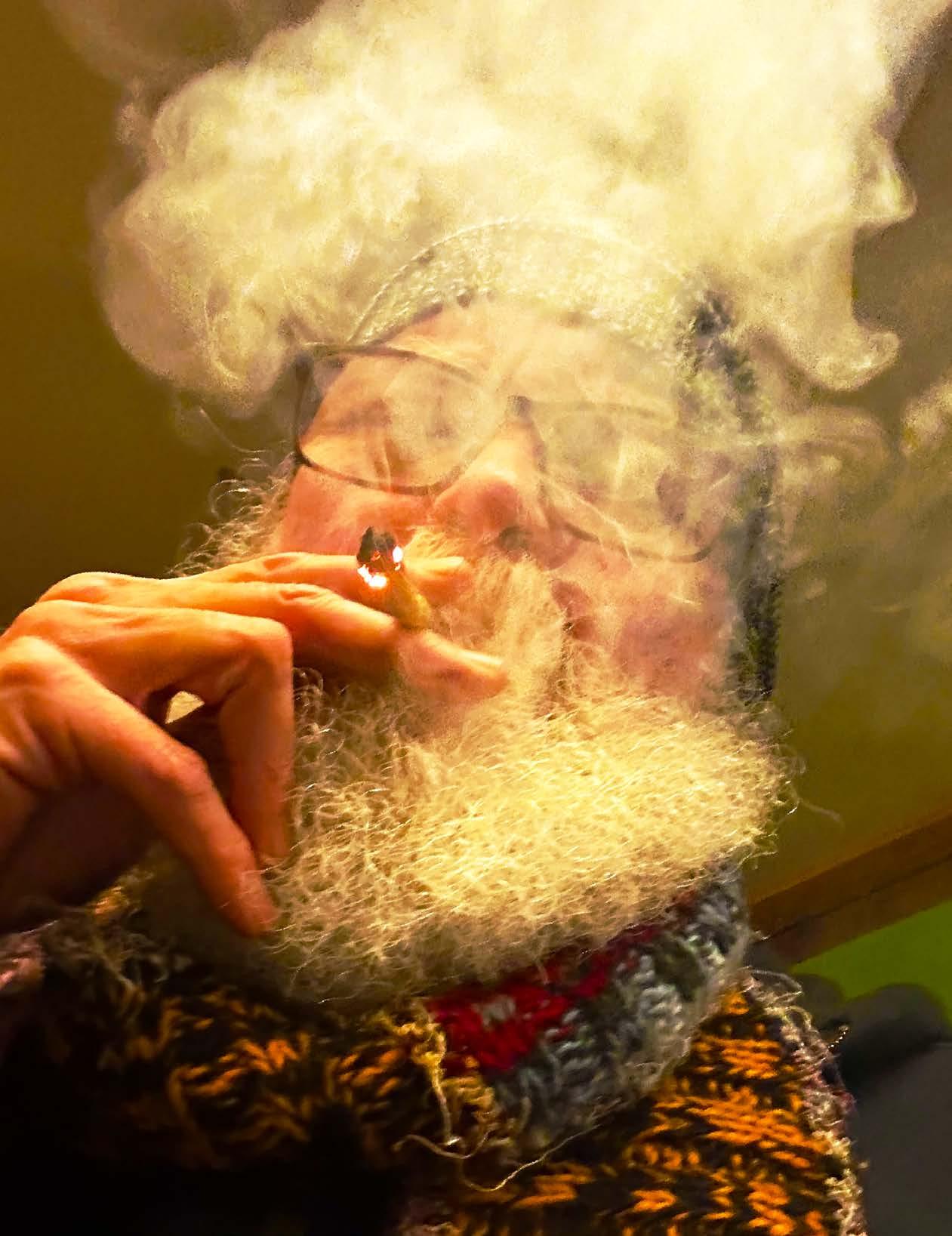
By June Blankin
The current cannabis industry consists of a burgeoning array of people from everywhere and all walks of life: influencers, social media professionals, CPG, multi-state and multi-brand operators, marketers—the list goes on.
It wasn’t always this way. Nixon’s hatred of cannabis and the counterculture, the War on Drugs, Just Say No and many other government campaigns have existed for decades in the US in an attempt to rid our country of drugs, including all plant medicine (especially cannabis.)
Many in the cannabis community say it’s a failed war on drugs. The ongoing battle is slowly being won to free cannabis and other plant medicines from restrictive government scheduling: half the US states now have medical, adult-use, or decriminalized cannabis. And now, cannabis is coming to college.
Who were the stewards of saving this plant before now? Where did they reside? Many individuals with a love for this plant migrated to lush Northern California, to Mendocino, Humboldt, and Trinity counties, creating what we know as the Emerald Triangle, seeking greater access to cannabis. This rugged, remote, offgrid area became home to cannabis farmers who had to live life in the shadows, trusting very few, avoiding law enforcement, but honing a set of skills that is hard to match even today.
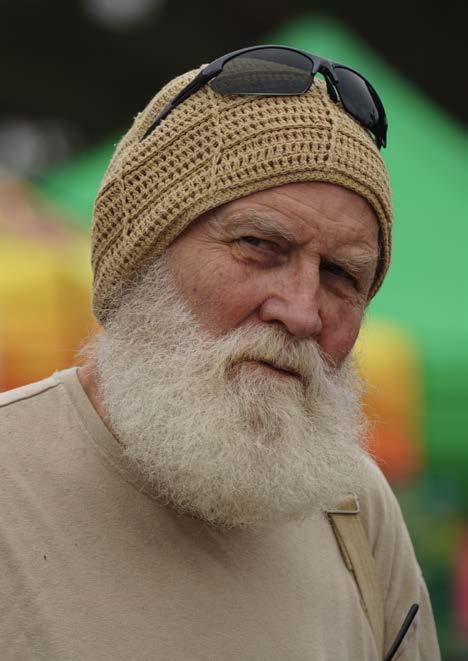
One such man, Doc Ray Fowler, made his way there, after serving in the Vietnam War and will tell you straight away, cannabis saved his life. Like many vets, Doc Ray sustained injuries from the war that put him under the care of the VA. After years of being numbed by pain pills and the like, Doc found Mother Ganja. Doc has such respect and love for this plant that he always refers to her as Mother Ganja.

He’s been a fixture in the Emerald Triangle for over 40 years, farming cannabis and creating genetics that, today, are in high demand. His DRG Blue Skunk chemovar has existed for almost 20 years, created from Santa Cruz Blue Dream and Humboldt Skunk #1.
I had the honor of meeting Doc Ray and having many conversations since about his life, his genetics, and his new position as—would you believe—Scholar in Residence. Doc Ray will be a key member of Roanoke College’s new four-year degree program in cannabis.
Roanoke College is a small liberal arts school located in southern Virginia and one of the first higher learning institutions to offer cannabis degrees for undergrads. It is part of the Shenandoah Valley with the Blue Ridge peaks in the distance from campus—a beautiful area to think about the future of cannabis in regards to access, education, and future legalization of a plant that gives so much when she is allowed to thrive and grow.
Currently, Doc is writing a curriculum that will create a research and development pipeline for advances in cannabis cultivation and assist students in the lab. Classes will start in the Fall Semester of 2024 and Doc himself will teach a cultivation class in Spring of 2024 under Roanoke College’s continuing education program.
I attended a welcome dinner to introduce Doc Ray to the school faculty, alumni, local supporters, and advocates at Roanoke College in June. Also in attendance were pioneers of the industry, Steve and Andrew DeAngelo, long-time cannabis advocates and founders of Harborside dispensary in Oakland California. Ed
Rosenthal, author of Cannabis Grower’s Handbook, and a longtime advocate himself, joined via Zoom. A definite who’s who of OGs!
I spoke with DB Poli, the Director of Cannabis Studies and Biology Professor at Roanoke College, and she was ecstatic to have Doc Ray on board. The faculty is very supportive of Doc and what he brings to the program.
She said, “Doc Ray is the gold standard for plant science knowledge in the cannabis world”.
I agree. As I’ve gotten to know Doc Ray, I can see how this man gives so much respect to Mother Ganja who saved his life. He has dedicated most of his life to understanding, cultivating, and creating the medicine that he knows can heal the world.
Through our many conversations, I asked Doc how he would like me to describe him when I told him I was writing this piece. He quoted, “Old, Outlaw, Pot Farmer”. I chuckled, and he’s right. That was a life he had to lead to become who he is now.
Many of the cannabis pioneers have fought the good fight, paid the price in more ways than we can imagine, and lived in exile while moving this industry forward. Most of us couldn’t see it happening but be damn glad it did!
Without the championship of people like Doc Ray, who knows where we—and the cannabis plant—would be today? Doc may be an “old, outlaw, pot farmer” but now he can add Scholar to his list of many accomplishments too.

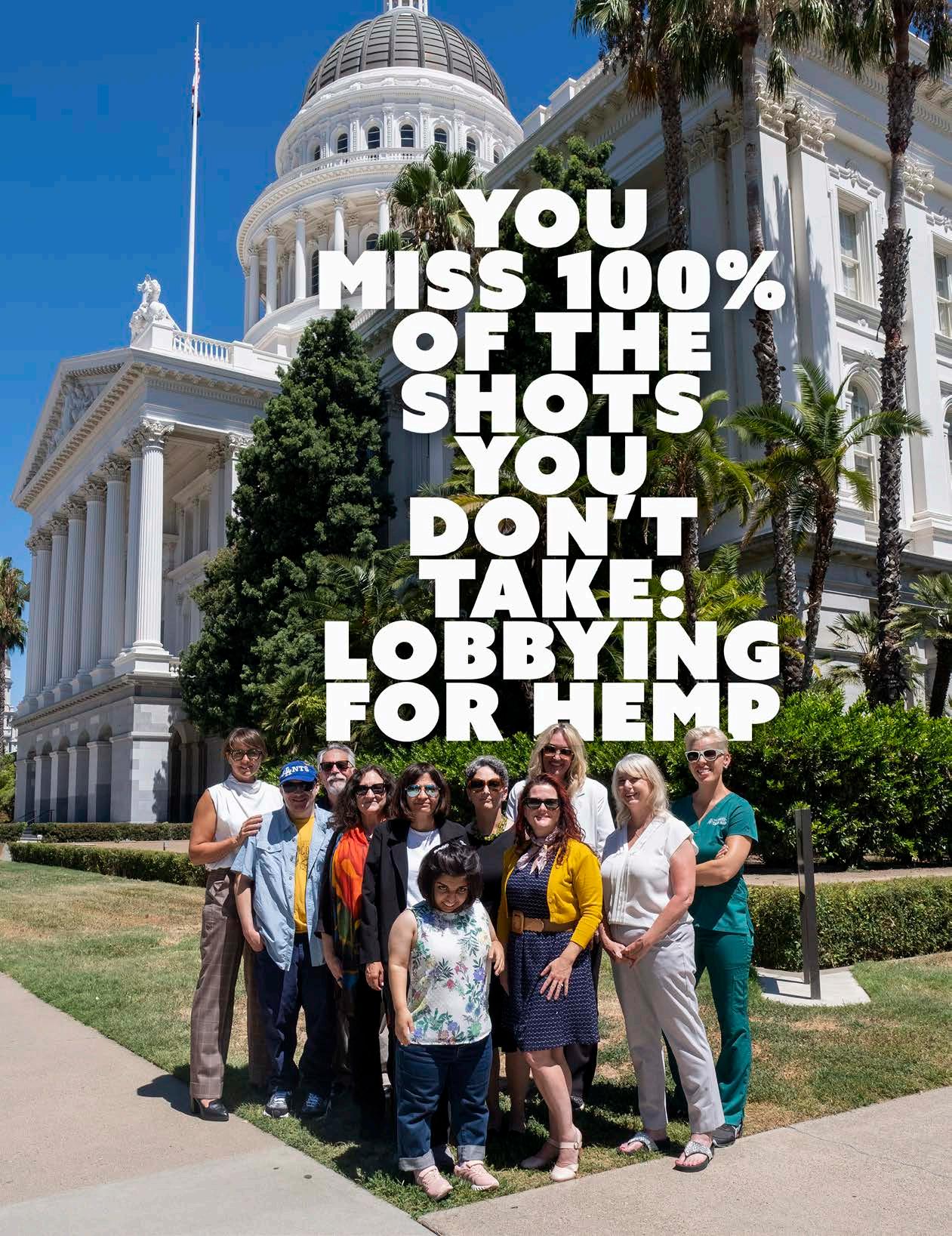
Article By Megan Mbengue | Photos by John Zincone
When you work in cannabis, advocacy is part of your work. Whether or not you signed up for it, whether you know anything about it or not, whether you like public speaking or know anything about the lawmaking process, it comes with the territory.
Sometimes it’s in vain, and sometimes you come away with a major win. Here’s the story of how a little ol’ nurse from Northern Wisconsin helped save California hemp in August, and how I used Fat Nugs to do it.
There’s no denying that the lines that separate cannabis and hemp are blurred at best. Between THCA flower and Delta-9 gummies, identical and near-identical products are available in both markets.
This is a problem when it comes to taxation and regulation. Why would a brand go through the expensive and strict regulation process under DCC in California if they can sell their products, unregulated and untaxed, at a gas station or head shop?
Same with consumers. Why would they pay up to 40% taxes when they can get what they need shipped to their door, without the taxes?
The playing fields between hemp and cannabis are obviously not level, and the goal of a recent bill, AB 2223, in California, aimed to do that by restricting any products with THC from going through the DCC regulation process and being sold at a dispensary.
This included full-spectrum CBD that’s been safely used by many (including children) for at least a decade as a lifesaving medicine for seizure conditions unresponsive to pharmaceuticals. It’s also been safely used for countless other symptoms and conditions by millions of people. It’s federally legal, and it makes up the majority of my own hemp product line.
If this bill had gone through, 5.4 million Californians who use CBD daily would have lost affordable access to full spectrum CBD. This includes children and elderly who use a few hundred milligrams a day for seizures, dementia, autism, pain—you name it.
Most Californians still don't have dispensaries in their cities, so this would force patients and caregivers to not only drive hours to get their medicine (which most dispensaries don’t carry anyway), but they would have to pay up to 40% in taxes.
Additionally, this bill would have forced me and other small businesses to close our doors. I formulated an entire line of high-quality, therapeutic, whole-plant hemp products, all of which have a small amount of THC, and none of which are sold in gas stations or head shops. I’ve poured my soul into building a business designed to truly help people that could be destroyed with the vote of a few and the stroke of Gavin Newsom’s pen.
We would have all been collateral damage of AB 2223.
When this bill was first introduced in May, I was in denial. No way that California was about to ban full-spectrum CBD. Not a chance. Many others felt the same, so it took a while to get press attention, social media attention, and awareness around the collateral damage of this bill.
Major shoutout to Dr. Bonni Goldstein and Chela Fiorini who were probably the loudest voices since the bill was introduced. I was late to the game because I thought there was no way this was happening in California! But then it passed through committee after committee, and revisions were getting stricter and stricter.
Both my business and my patients were at risk, so it was time to do everything in my power to stop it, and that meant spending my own cash to fly up to Sacramento and speak to lawmakers and their offices with other moms and caregivers.
That was a wild experience that I’ll never forget. The entire day was organized by Paige Figi and her organization, Coalition for Access Now. Paige is the mother of Charlotte Figi, for whom Charlotte’s Web CBD was created. Chela and I flew up to Sacramento and spent the entire day meeting with lawmakers and/or their office staff.
It was a small but mighty group of women—moms, caregivers, and one other nurse. With each meeting, we all took 1-2 minutes to plead our case. We did this about a dozen times throughout the day. We also did a press conference and live stream on the capitol steps, which garnered the attention of local news stations. If we weren’t public speakers at the beginning of the day, we sure were by the end of the day.
As a nurse and small business owner, I came with a unique point of view. I spoke to how research supports the safety and efficacy of full-spectrum CBD for various conditions and how this bill was detrimental to small California businesses.
I also spoke to how we used fullspectrum CBD on my 8-yearold son and Gilbert Brown, the former NFL player I partnered with earlier this year. Fortunately, I had this amazing Fat Nugs Magazine to show them, which just happened to have articles on both Brown and one I wrote on the science of Cannabis and concussions. I left printouts of the articles, in hopes that seeing this information printed in a magazine would carry just a bit more weight in swaying how someone was going to vote.
I went back and forth on attending this lobby day. California politics and lawmaking are far above my head, and there’s no way little ol’ me would have any influence on it. I fully expected this bill to pass and that our pleas would fall on deaf ears. But then it didn’t! It was held in suspension, which means it essentially died. Dead. Gone— until next year at least.
Perhaps it was the opposition this bill faced from the cannabis industry. Perhaps it was the meetings that Bonni Goldstein and Paige Figi had with lawmakers a few weeks before. Perhaps it was the small group of moms who showed up with their special needs children. Perhaps it was some of my words and a Fat Nugs Magazine. Whatever it was, it worked, because we were heard, and the bill didn’t pass.
If this bill had gone through, 5.4 million Californians who use CBD daily would have lost affordable access to full spectrum CBD. This includes children and elderly who use a few hundred milligrams a day for seizures, dementia, autism, pain—you name it.

The moral of the story is that, while lobbying and advocating can be insanely intimidating, we’re all human, and your voice will be heard, so find the organizations and fight for what you believe in. You miss 100% of the shots you don’t take, right?


I am an anxious girl. I live in a world of made up scenarios. I hurt my own feelings with the outcome of these scenarios more often than I’d like to admit. Medically speaking I have acute anxiety disorder with a scosh of complex PTSD.
I have tried to love cannabis SO. MANY. TIMES. I want to love cannabis. I want some natural relief. As a recent addition to this publication– and the only staff member that can’t regularly, actively, enjoyably partake in the plant we are heralding—I am on a mission to find cannabis that is right for me. I’m in search of the cannabis equivalent of Xanax.
Smoking is tricky for me. I’ve tried so many strains (of which I have no idea what kind or any of the details). Luckily my dear friend and medicine woman turned me onto the smell connection thing; I tried smoking only the flower that smelled good to me. No matter how much it seemed to jive with my internal cannabinoid system, the initial inhale always spawned an anxiety trigger. It could turn into something enjoyable if I was in the right atmosphere (parties with friends specifically) but it was always there, creating a hurdle

to the desired effect. Once arrived it is more often than not, terrific fun. There must be some way to get rid of the hurdle.
I’ve enjoyed smoking the CBD forward flower just for the ritual of smoking but it doesn’t give me the relief or release or slight euphoria I am hoping for. I’ve had some success with gummies but even the lowest doses can let my old friend anxiety creep in.
All of this is to say that I am still on the lookout for that perfect strain, perfect delivery system for anxious girl life. I refuse to give up. Luckily I work with great and knowledgeable people at Fat Nugs that are open to guiding me into new avenues, strains, concoctions, etc. If cannabis was legal in Texas it would be a whole helluva lot easier…
If anyone has any recommendations or has been down this road, I’d love to hear.
Anxious, but hopeful. xo
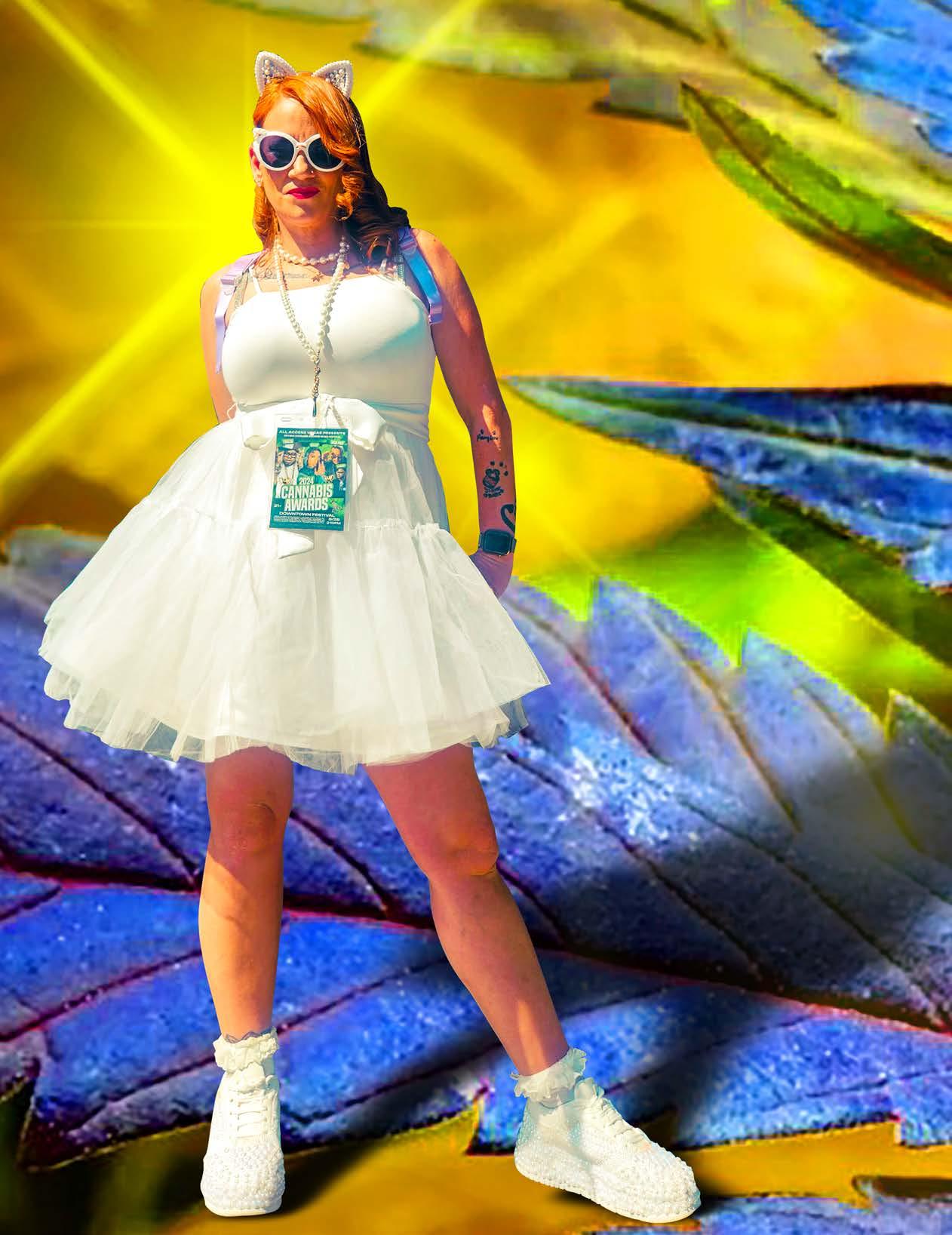

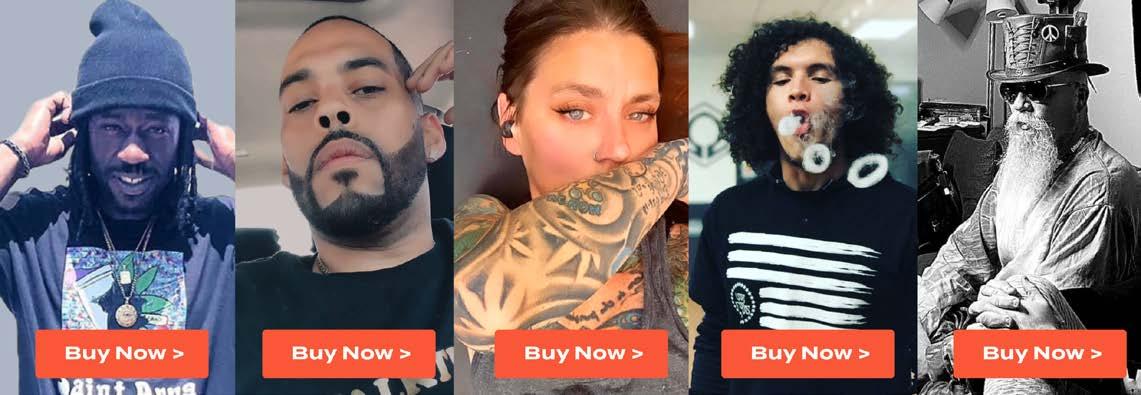

People talk about community. But not everyone in the community has a voice that gets heard.
These creators and their followers have a new home on Everscore.

RETAIL PARTNERS LET'S COLLAB

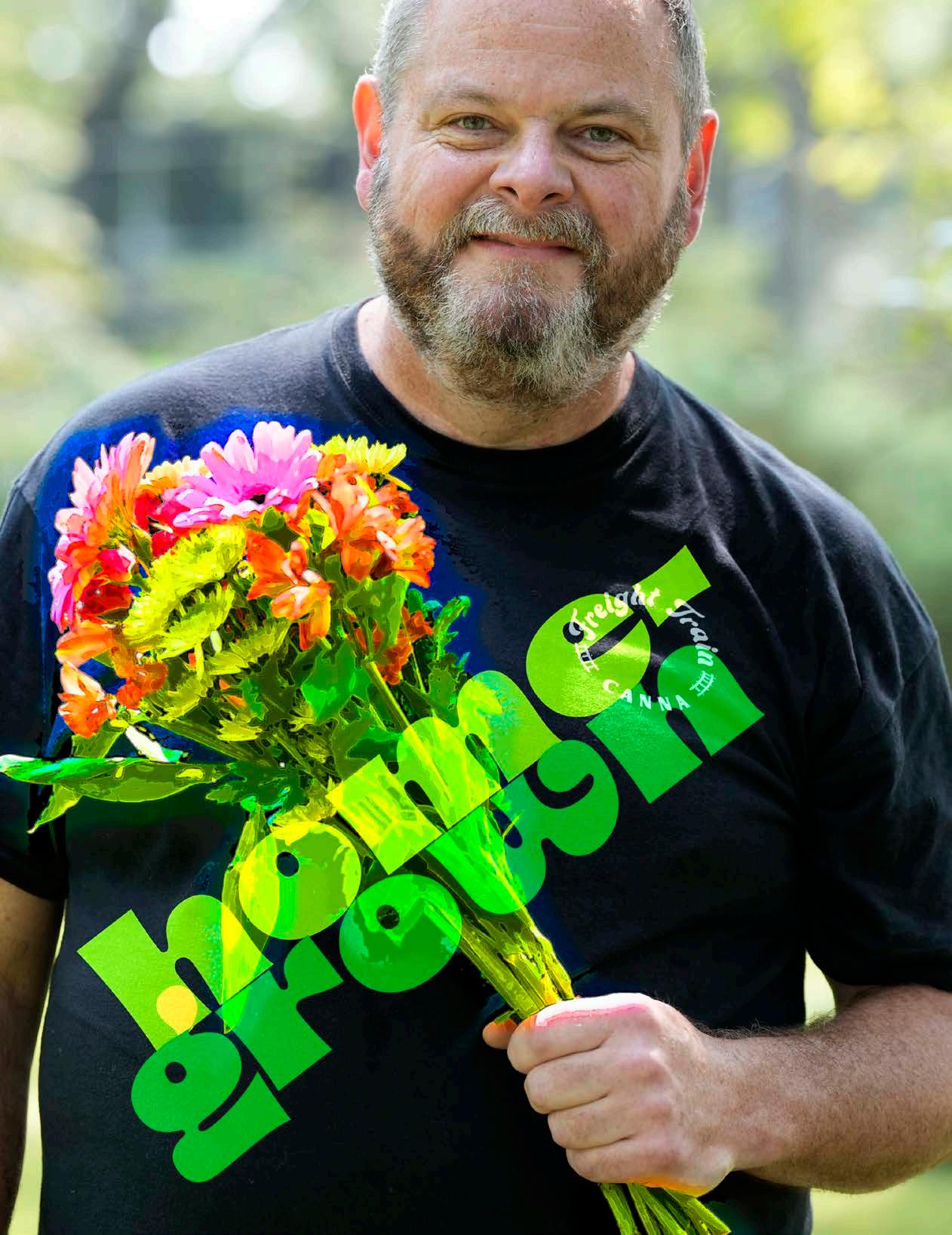
What are we celebrating?
It’s been just about a year since I got the opportunity to join you and share my experience between the pages of this fine magazine. And do you know what I realized? In a year, we haven’t grown a damn thing together!
I’ve blustered on and on about the plant’s physiology, some considerations for setting up a grow room, what equipment you’ll need—even a bit about seeds and clones.
But if you’ve been waiting on me to start your garden, you’re likely getting pretty eager by now. So, let’s get a cycle started together. It could take years before we can discuss every topic that will help you become a better home grower, but nothing will teach you to grow faster than just starting. And yes, sometimes failing. I’ve always found failure to be the best teacher.
So let’s get growing! I can’t think of any better way to frame this crash course in “just do it” than a good old-fashioned pheno hunt!
Understanding what a pheno hunt is begins with understanding a phenotype. Today there is a nearly
endless variety of cannabis genetics from which to choose. I’ve grown dozens of varieties, from Cap Junky to Georgia Pie, Lemon Skunk to Blue Cheese. We generally refer to them as strains or cultivars.
Not every seed from each strain is the same. I like to use the analogy that seeds are as different as children. They are all the same variety but have very different traits, physical characteristics, strengths, and weaknesses.
I don’t have children, but I understand that we support each one to reach as much of their potential as possible. We can’t just go pick our favorite ones and discard the rest! But with plants, that’s exactly what we do. Some will be more potent, and more aromatic. Some will grow faster. Some will grow larger flowers. Some will be more disease and pest-resistant. Some will grow taller. Some will grow shorter. There are males and females. Some are even “gender fluid.” All of these unique characteristics are what make up a phenotype. However nuanced, you’ll gravitate to the effects of one over another.
Talented breeders are getting much better at creating seeds that will produce much more homogeneous
plants, but traditionally, growers will plant many seeds of the same variety, cultivating them to maturity and evaluating the qualities of each. Ultimately, the plants with the most desirable traits are cloned and become the mother stock for all future cultivation cycles, delivering the exact same product every time, or at least as uniform as the environment and grower’s abilities will allow.
In nature, cannabis reproduces sexually. Male flowers produce pollen and release it to become airborne. Female flowers are pollinated by this, and as a result, produce seeds. There are regular seeds that are produced this way and also feminized seeds, which are produced by inbreeding females. If you want a brush up on any of this, check out the last column in the Pet edition.
A mature seed will be bulbous and usually brown in color. They often have a leopard pattern as well. The plant doesn’t necessarily get a chance to finish all seeds, so some are going to be immature and probably won’t sprout. They are typically smaller, unevenly shaped, and light green. (If they came from a breeder, complain and get a replacement or your money back.)
It may not end up mattering in the germination, but seeds have a top and a bottom. The top has a little pointed tip and the bottom more of a divot, where it was attached to the plant.
Starting seeds is pretty easy. Some like to put them in a bag with a wet paper towel until they germinate. I prefer to direct-sow them into starter cubes. Those cubes come from a variety of materials, but most commonly peat moss or rockwool. (I prefer peat.)
My best advice: when in doubt, it’s a dude.
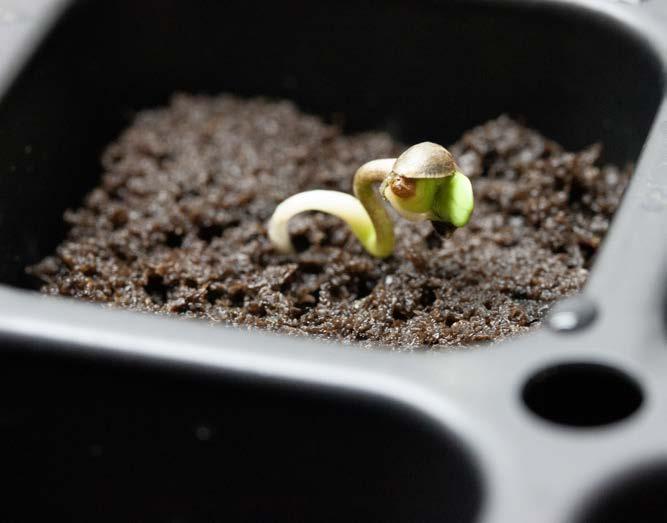
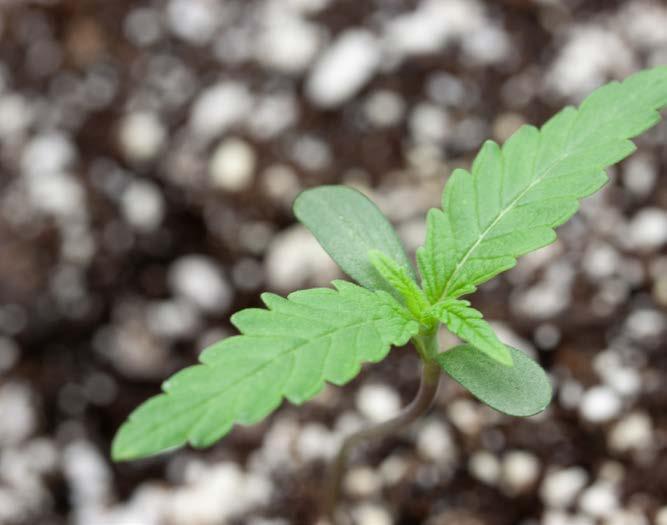
The cubes get soaked in a very light nutrient solution (or just plain water) and wrung out a bit so that they are wet, but not completely saturated. There just needs to be enough moisture to keep the seed damp at all times. The cubes get placed into a propagation tray and placed under low light (18 hours on, 6 hours off) in a warm place. If you chose a cooler place, consider an inexpensive seedling heat mat to keep the tray warm.
Place the seed in a small divot in the cube with the pointed tip up. Don’t bury the seed. Just barely into the cube is fine. It can still be somewhat visible.


From there, be patient and keep an eye on it. Make sure it stays warm, 75-80 degrees being ideal. Eventually, the seed casing will split open from the top and a little white root will start to emerge. This will become the plant’s main tap root, but first, it will locate the light, establishing up from down.
As it grows, that root will turn downwards and penetrate the cube, headed as deep as it can. At that point, the rest of the seed will flip up out of the cube. The casing will fall off as what is left inside splits open and turns green, becoming the plant's first set of solar panels, called cotyledon. From the center of that, the plant's first true set of leaves will emerge.
Not all seeds will germinate—some are weak or immature. But even strong, mature seeds will become less viable over time. One way to improve the germination rate is with a simple process called scarification, roughing up the seed casing a bit to allow water and oxygen to more easily penetrate the casing.
Physical scarification is the simplest. You can just run the seeds gently over a piece of fine sandpaper. This will create fissures in the casing, allowing for easier penetration by moisture.
But that method seems tedious and I have big meat paws, so working with tiny seeds isn’t easy. I prefer chemical scarification. It’s as simple as soaking the seeds overnight in a solution that will essentially have the same effect. I use a 1% hydrogen peroxide solution. Just dilute the bottle from the drug store 2:1 with water.
After the seedlings have started to vegetate, it’s time to keep them happy. Keep the space in the 70s with a humidity of around 60%. Keep the substrate consistently moist—you don’t want it drying out or completely saturated. Give the plants smaller amounts of water more frequently. If you stick your index finger an inch or two into the pot and it's not moist, it’s time to water. If water is running out of the bottom and especially is not being sucked back up within a few minutes, you’re watering too much.
What type of substrate you use is a personal choice. I recommend that new growers use an actual soil of some sort, not an inert substrate like coco or rockwool. Soil is typically a lot more forgiving. If it’s a quality product, many of the nutrients and even beneficial bacteria and fungi are already in abundance in the soil. You will probably still need to fertilize your plants, but the soil will decrease that need and also help your plants manage the nutrient levels in the pot.
The most common mistake that I see new growers make is overwatering and overfertilizing their plants. And it’s especially easy to overwater soil, as it will generally hold more water than coco or rockwool. The soil becomes too saturated and the roots can’t breathe. Keep an eye on it. Moderation is the key!
By the time the plants reach about a square foot, maybe 5-6 weeks old, they will start to show signs of sexual maturity. This is a good time to attempt to identify the males from the females, discarding all of the males. I say attempt, because it takes a trained eye to recognize the difference.
Growers who don’t want to wait that long will sometimes clone seedlings early and flower the clones to determine sex. You can even send off tissue samples to a lab that will tell you blue or pink! We are just going to try to do it the old-fashioned way: by looking at their goods. My best advice is: when in doubt, it’s a dude.
If you feel comfortable giving it a go at this point, get yourself a pack of seeds and get started! If you do, just remember this: you will have to clone every plant and clearly label the clones before you transition any plants into flowers. We’ll dive more into clones in the next issue.
So, if you’re waiting for me, start your seeds in about a month!
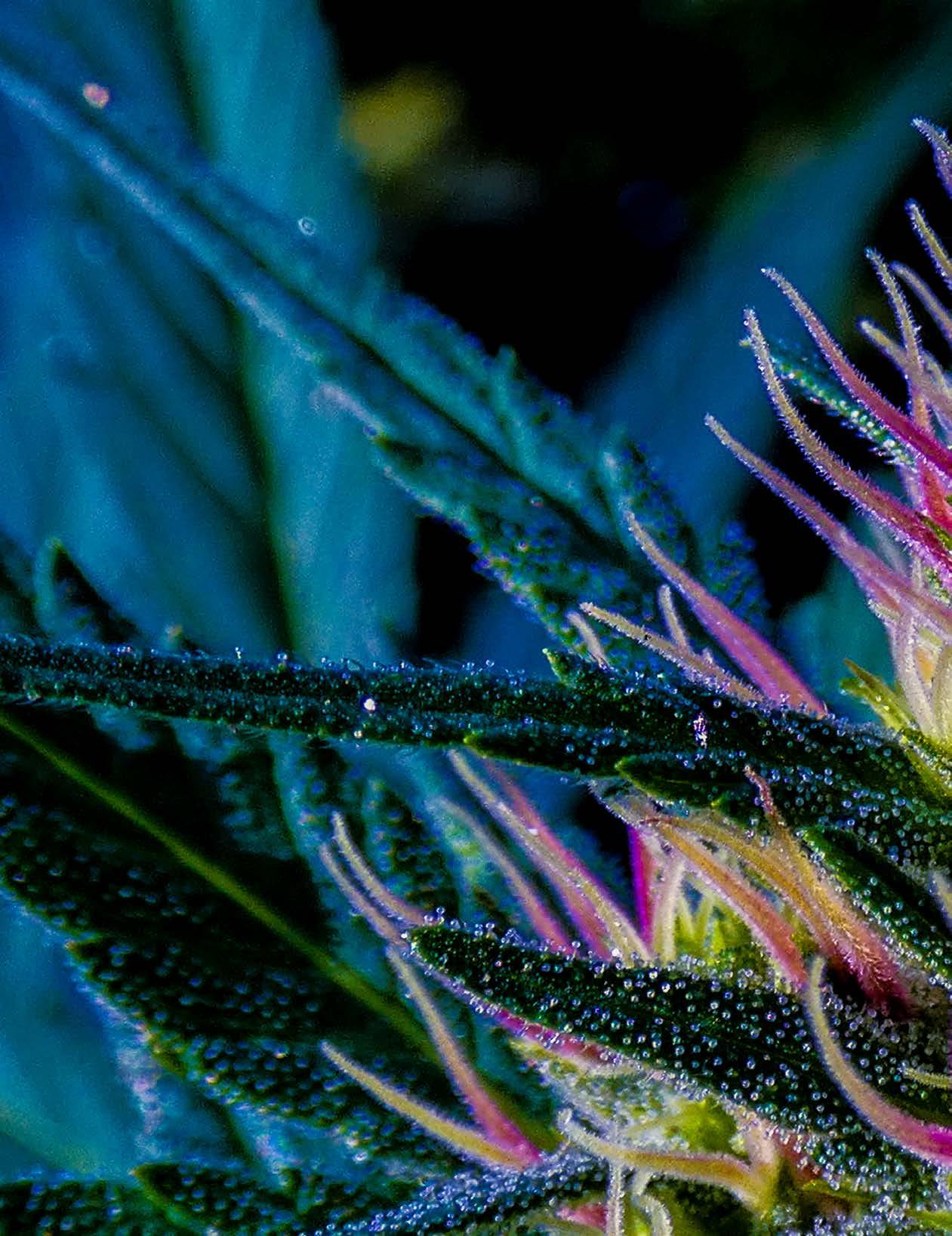
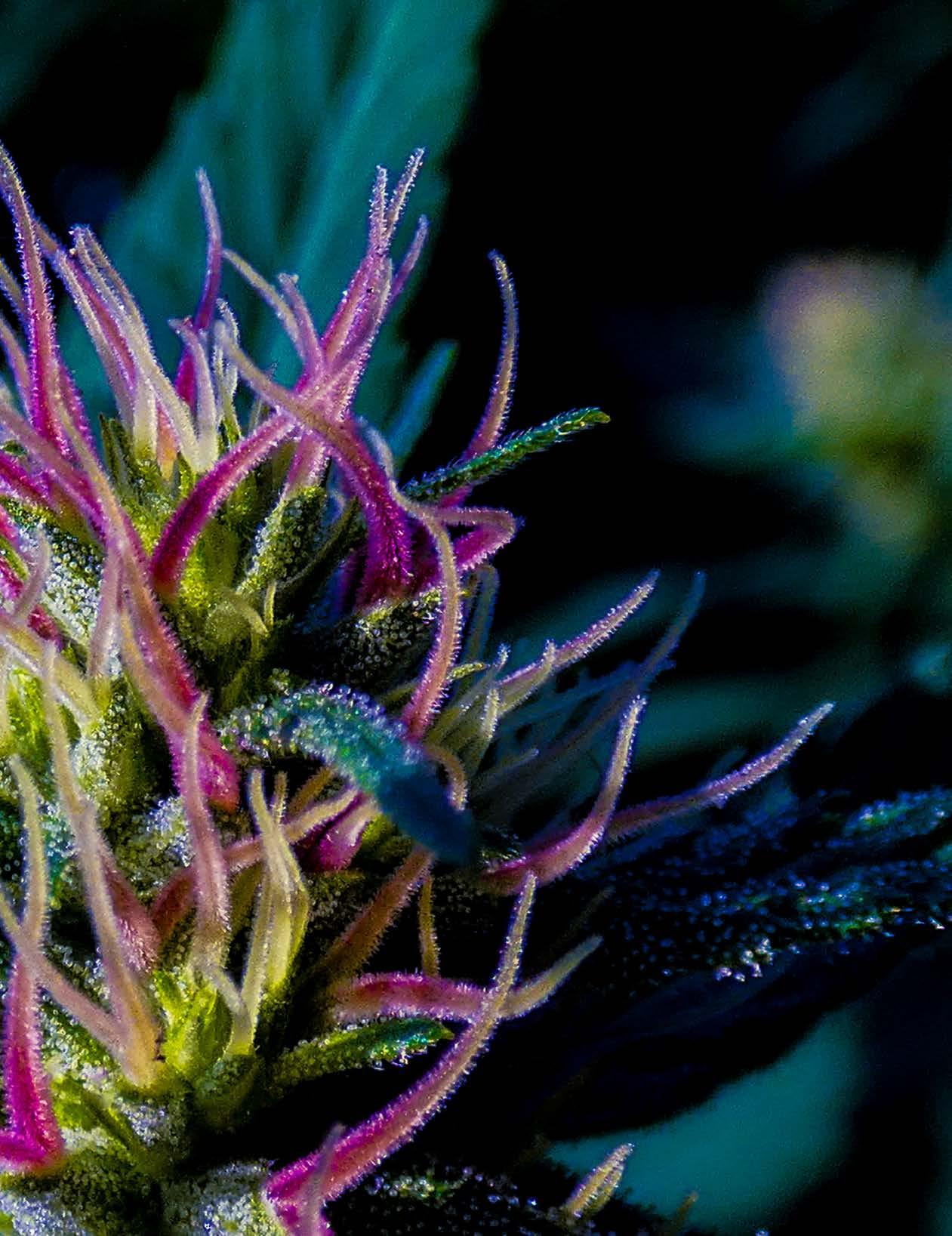
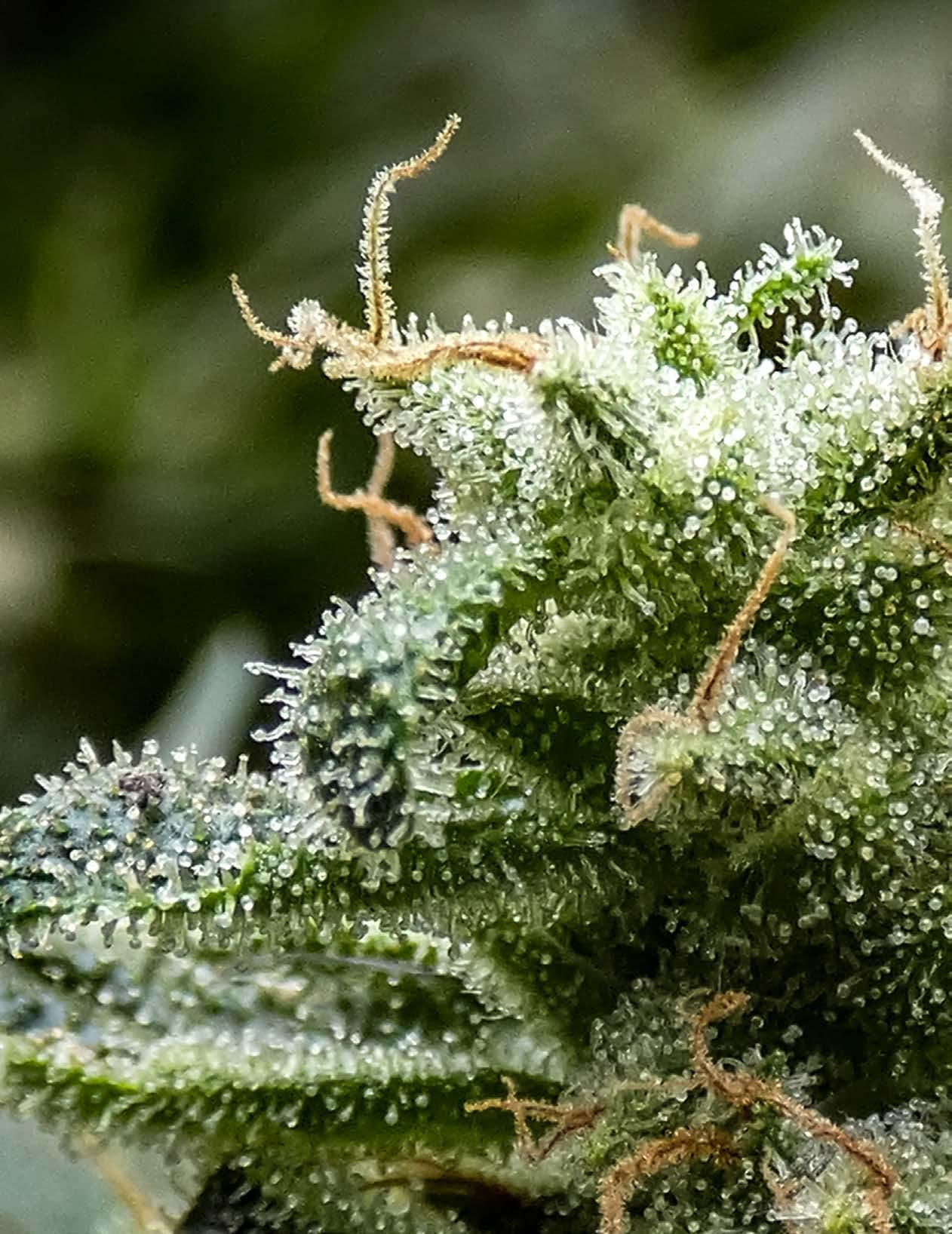
AUTOMATED KIEF COATED JOINTS & MOON ROCKS DEVICE

Boost Your Product with Ease!
✓ Works with Any Preroll or Joint
✓ Apply Extract, Oil, or Water-Soluble Glue Adhesive
✓ Coat with Kief, Bubble Hash, or THCa
✓ Save Over $10,000 on Labor in the First Month
AUTOMATING THE CANNABIS INDUSTRY
SINCE 2018
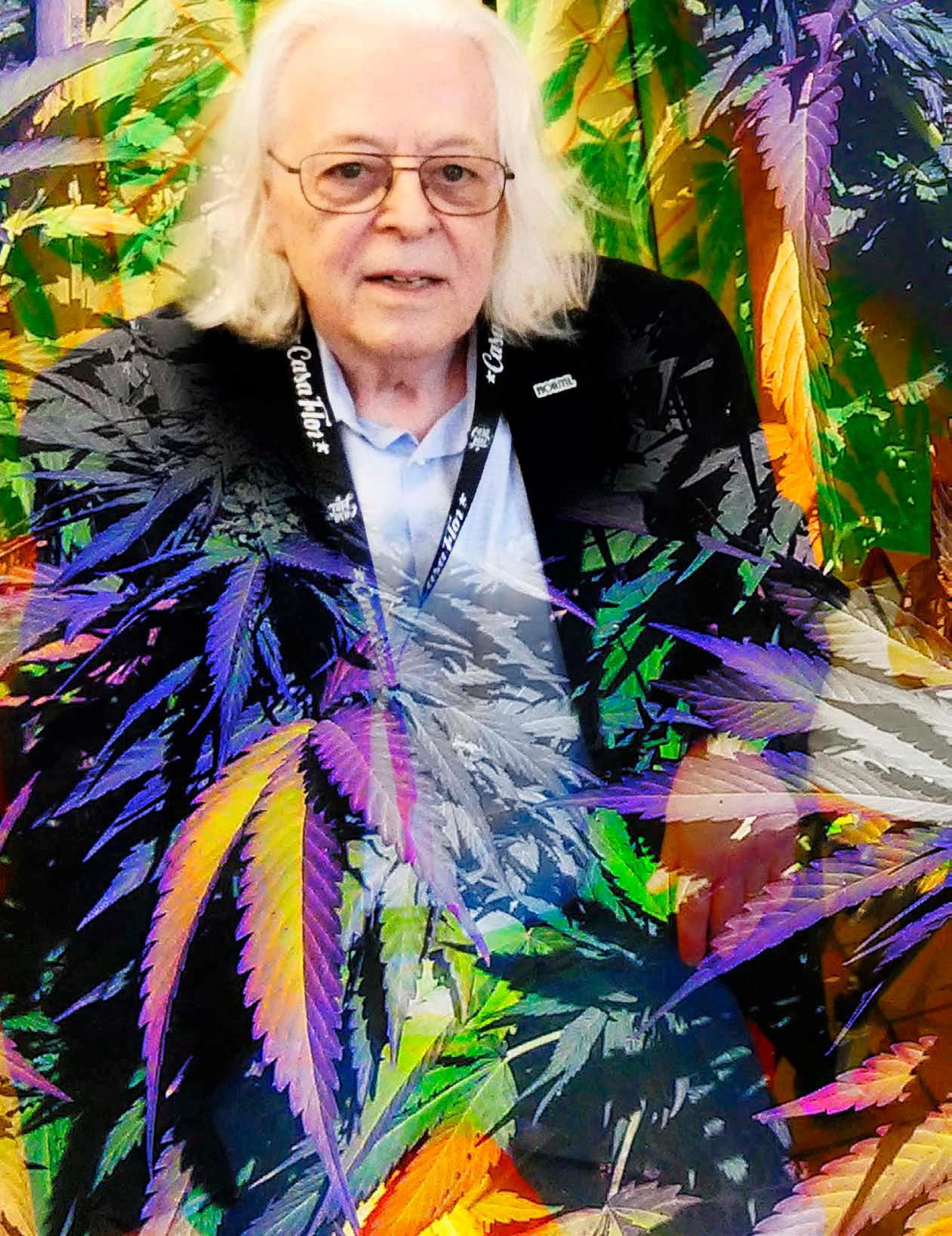
Keith Stroup is a student at Georgetown Law School where he takes his first toke of cannabis. He told me, “I’ve been a regular consumer ever since” and the seeds of what would become one of the most impactful cannabis organizations in the country, NORML, were planted.
Keith finished law school and started his career at the National Commission on Product Safety. A co-worker there, Larry Schott, gave Keith a deeper understanding of cannabis and cannabis culture. These were tense times in America with the Vietnam War raging, anti-war protests across college campuses, and a changing landscape of America.
Stroup, like every cannabis consumer of the era, was infuriated when the Nixon administration executed the Controlled Substances Act in 1970 and placed marijuana in the most restrictive category, Schedule I, where it remains to this day.
After a mutual friend was arrested for small possession of cannabis during a traffic stop, Keith and Larry would go on to form NORML together in 1971 to create a respectable advocacy group for cannabis consumers. The organization began with a basement office and some seed money from the Playboy Foundation, which still supports non-profits that strive to protect individual rights. Humble beginnings indeed.
In 1971, President Nixon established the National Commission on Marijuana and Drug Abuse (a.k.a., the Shafer Commission) to deliver what he intended to be a strong statement against cannabis. Much to Nixon’s chagrin, however, the Shafer report actually recommended cannabis be decriminalized. Stroup and NORML immediately worked to capitalize on these findings and lobby state legislatures to pursue this path of leniency and marijuana tolerance.
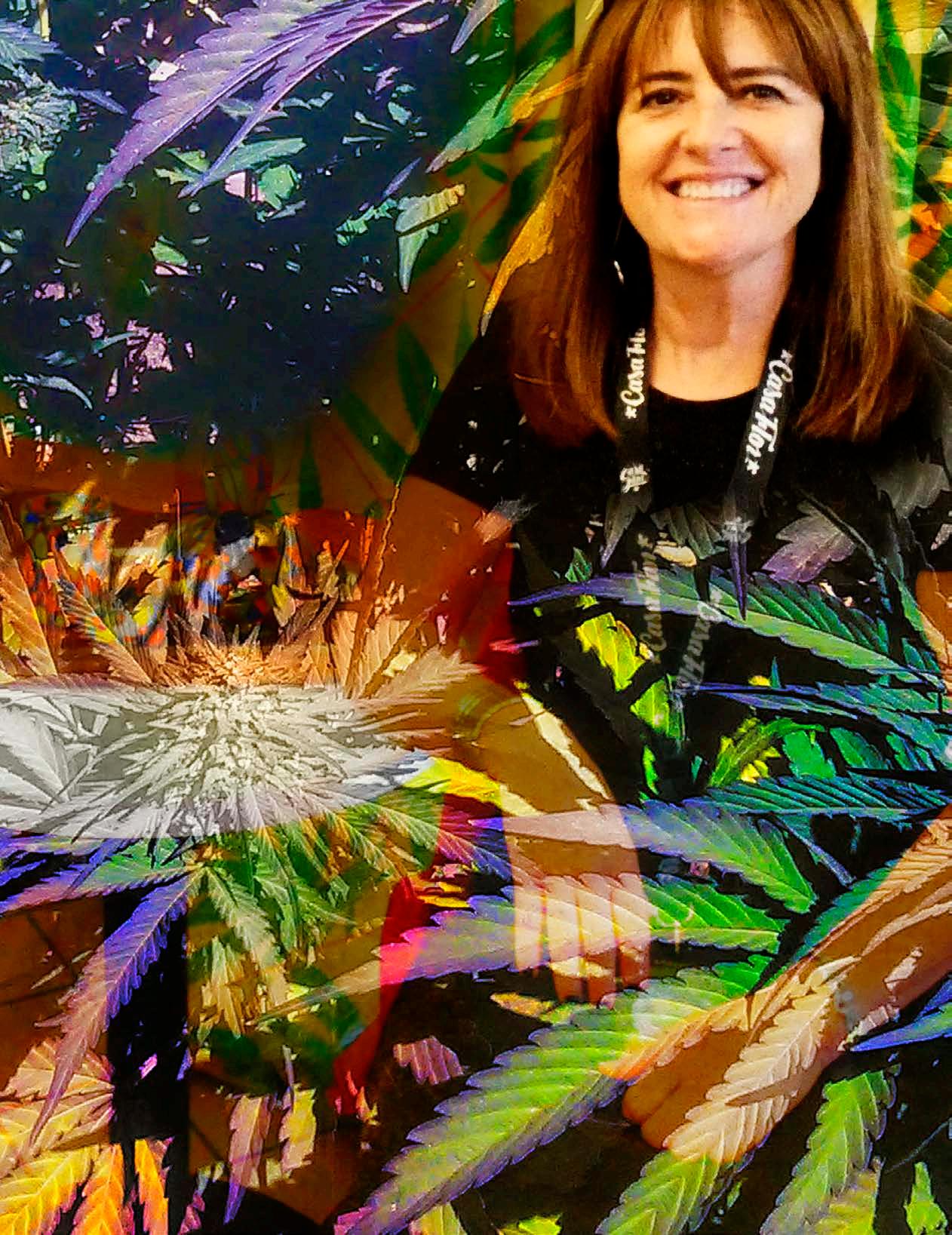
When Nixon resigned, a window opened: several states passed decriminalization laws and the Carter Administration endorsed decriminalization in 1977. NORML had a friend in the White House! During this period, NORML gained experience and a reputation as an organization that connected concerned citizens with their representatives; advocates soon started local NORML affiliate chapters across the country. Momentum for legislative change increased as doctors, lawyers, and elected officials increasingly attended NORML’s annual conference and lobbying event in the nation’s capital.
But the window soon closed. The Reagan era initiated a national War on Drugs, the infamous “Just Say No” catchphrase and D.A.R.E. anti-drug program remain as cultural touchstones of the 80s.
Throughout these challenging times, NORML stayed true to its mission in support of marijuana decriminalization and challenged the DEA on the Schedule I classification. The grassroots advocacy organization Stroup formed in the early 70s finally saw its biggest victories starting in 2014, when Colorado started the wave of legalization that continues to this day.
The 20th Emerald Cup this year gave a Lifetime Achievement Award to Keith Stroup for his 50-plus years of going to battle for our beloved plant. He was honored to receive the award and noted that while he was on the East Coast fighting the government, the West and especially the farmers of the Emerald Triangle were fighting the good fight, too, through advances in cultivation and breeding.
Keith Stroup is now 80, quite vibrant, still smoking, and fighting that good fight from his home in Northern Virginia. I’ve had the privilege to sesh with Keith on a few occasions and feel damn lucky to do so. Congratulations on a lifetime of service!
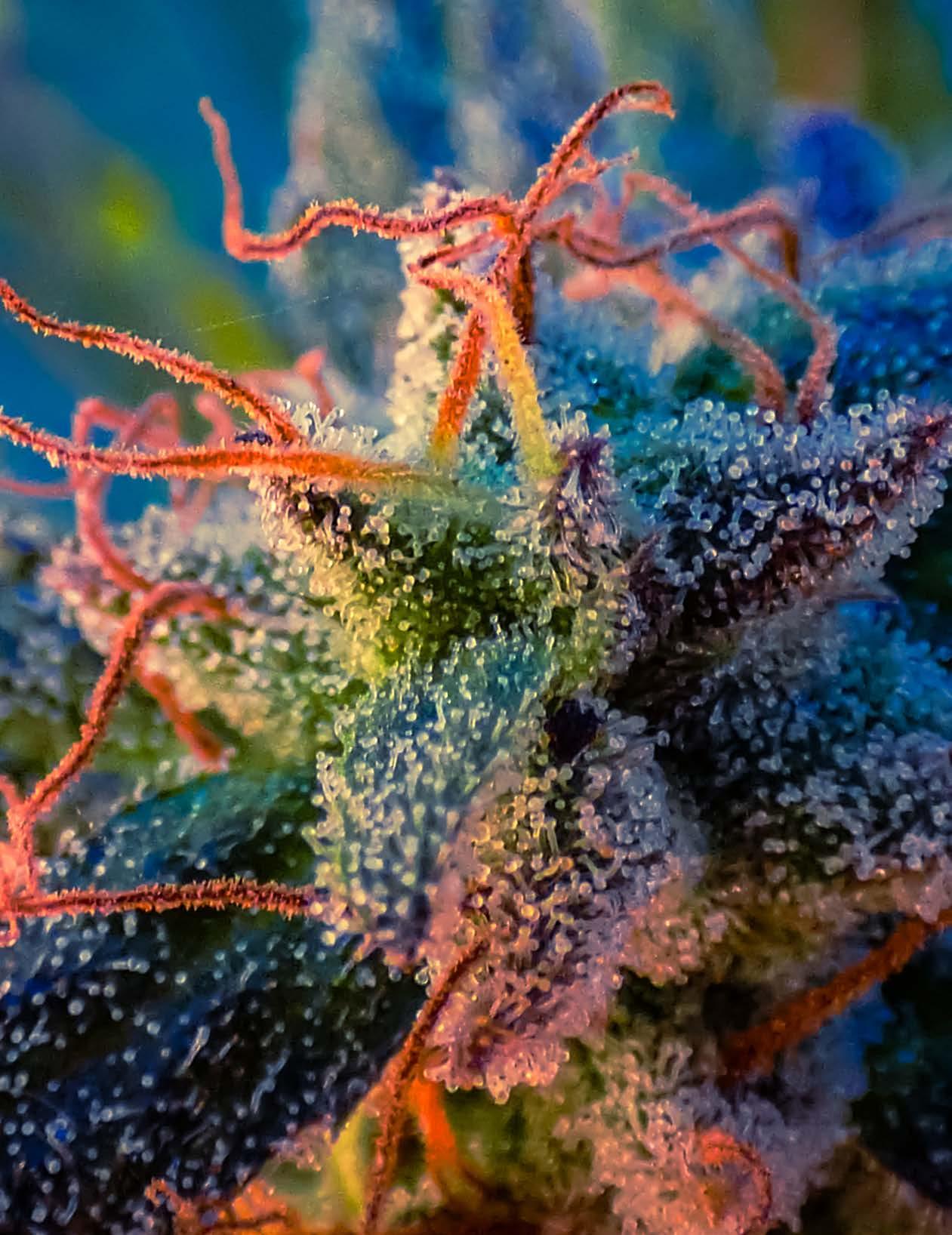
Photo By Kyea Mofire
Discover The Live Flower Series, the closest experience to fresh cannabis flower.


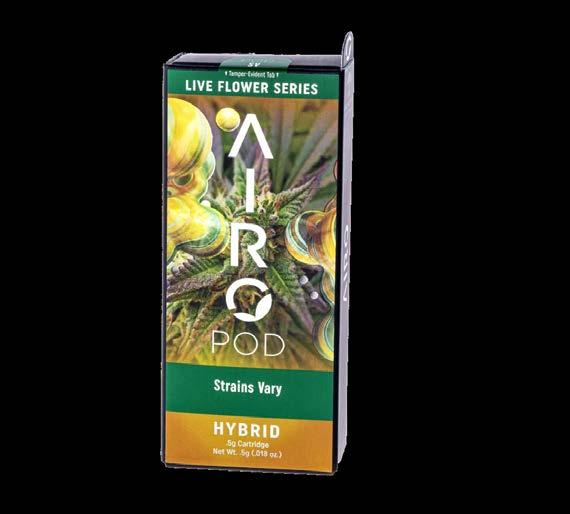




Each flavor is smooth, pure, and highly potent.
Enjoy true-to-strain flavor and aroma with our higher terpene percentages, using steam-distilled cannabis derived terpenes from fresh or frozen flowers.
Enjoy a velvety, concentrated vapor that delivers blissfully long-lasting effects
DISCOVER OUR EXCLUSIVE STRAINS—ROTATING BASED ON LIMITED AVAILABILITY!

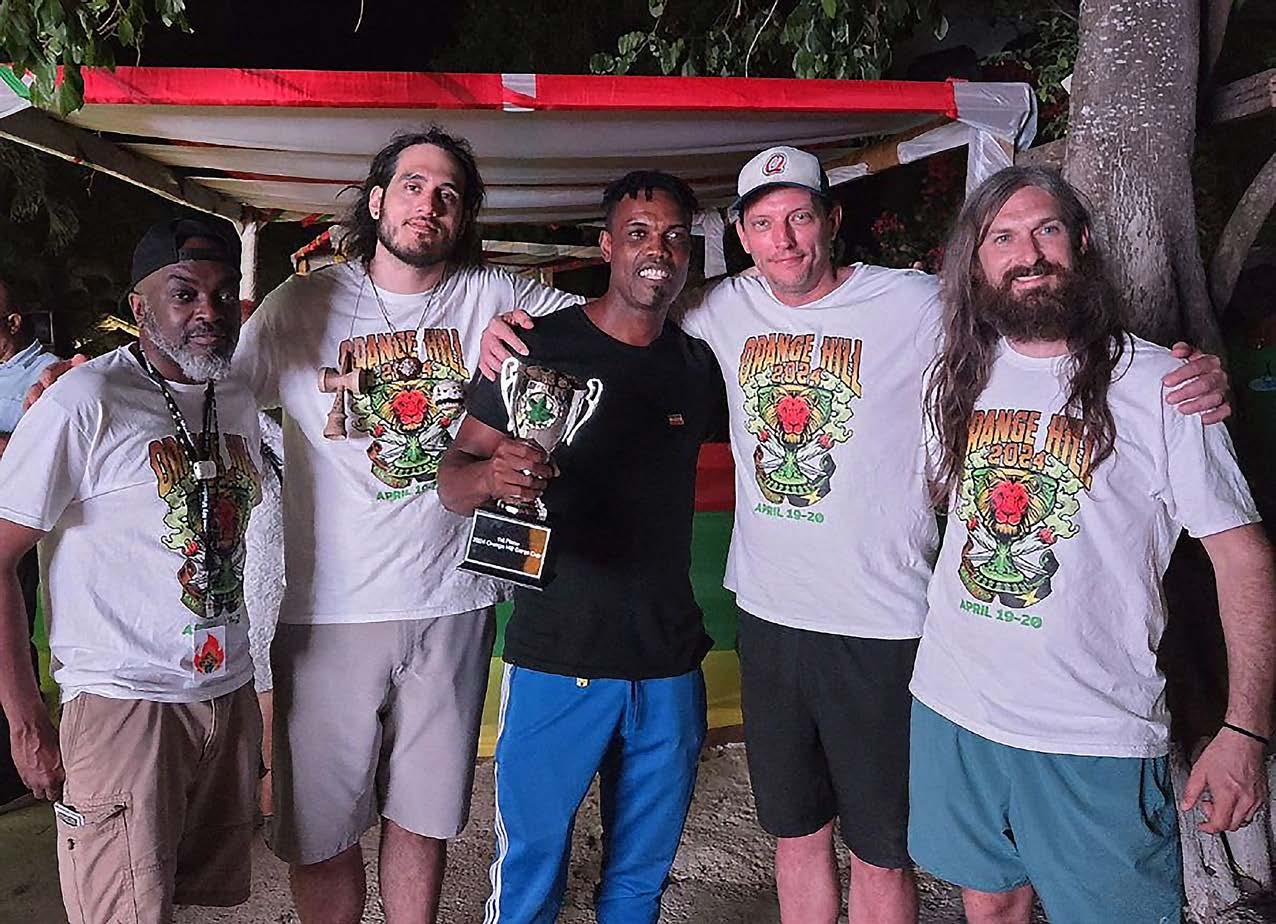
By Rob Sanchez
ON 420 THIS YEAR, Dustin, Daniel, and I had the opportunity to manage and judge the first Ganja Cup in Jamaica. It was an experience to sample so many cultivars, all grown locally on the island by wonderful and humble growers.
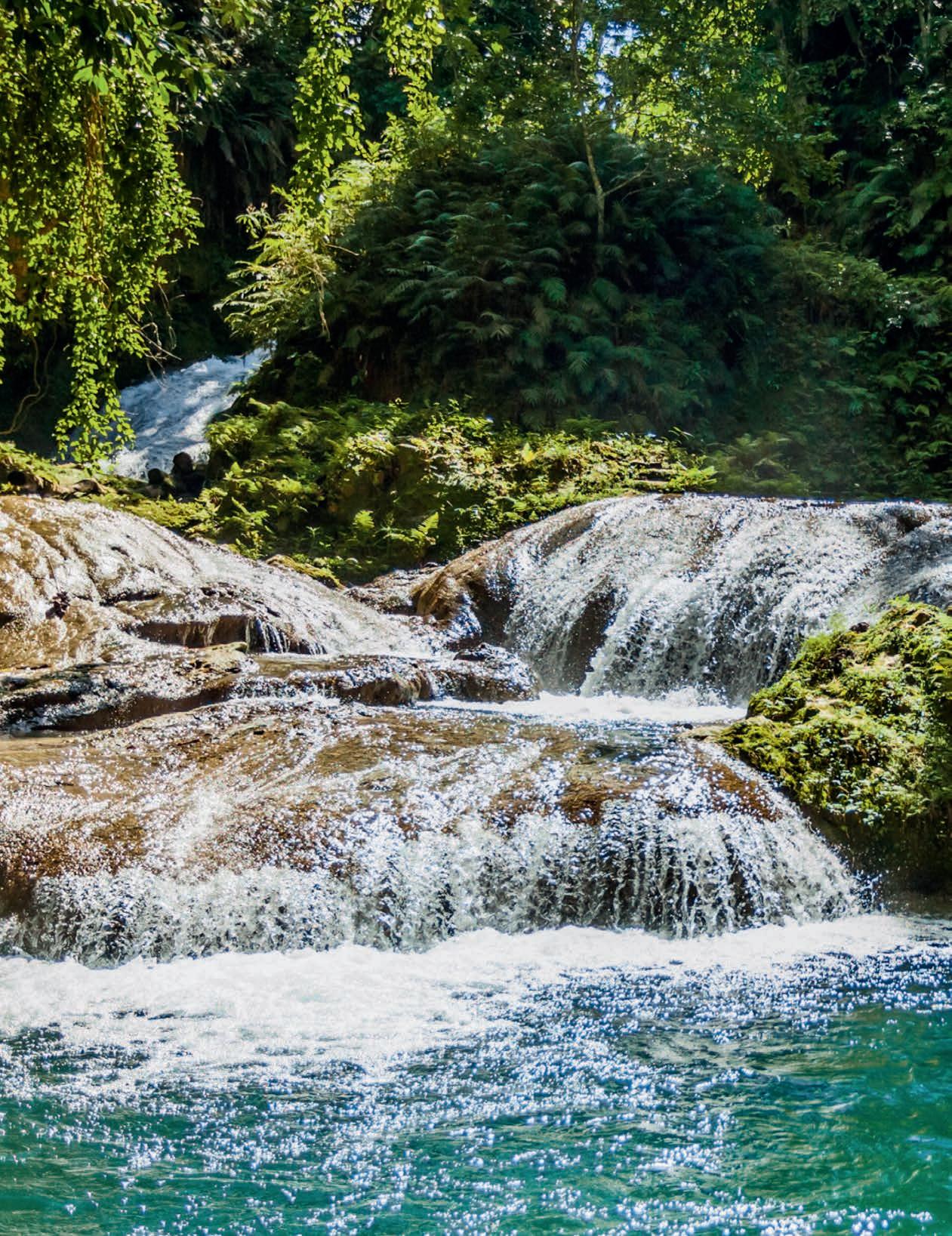
We had 14 submissions to the Cup, which meant a mountain of weed to dig through, analyze, smell, and of course smoke! The weather in April was hot and humid, but breezy and beautiful along the southern coast of the island. We relaxed at Coral Cove Resort before heading over to judge the afternoon of the 19th.
By Rob Sanchez



We were welcomed by the crew and shown up to a third-story balcony overlooking the venue. Two giant stacks of speakers were bumping Jamaican beats and getting the party started early; we were stoked and ready to begin. We grabbed some “before” photos of the team and settled in a nice shady spot near the bar used for sorting and preparing the samples.
A few folks volunteered to roll joints for the judges so they could focus on judging. We dubbed this role the “Buddy Roller” and decided all judges should have one next time, as it contributed to the atmosphere nicely and kept us moving down the long list of entries.
Our 4th and final judge, a chill dude named Alex, represented Jamaica at the judge's table. He had an excellent perspective on cannabis in Jamaica and was able to set some expectations for us as well as call out when something was more “standard” or “average” for the island vs any standouts. Alex rolled like a pro and was a natural at analyzing outdoor flower. We proceeded to get comfy before lighting up 14 joints over the next three and a half hours.
Each sample was checked for mold and any other disqualifying aspects before we broke down presentation, aroma and taste. The grading rubric used for this was custom-made by yours truly.
The presentation score included trichome presence/quantity, bud structure, trim, and texture. Some standouts looked delicious right from the bag and scored high across the entire presentation category while a few needed more scrutiny. Overall, the 14 cultivars we had ranged from 7.4 to 9.0 on presentation.
The next—and best—stage of judging was the aroma.
We found the island offered something unique, with higher levels of geraniol terpenes, bringing rose undertones to the funk and fuel-dominated strains. I wanted to climb inside of a few of the bags and live there for a while. Some of our assumptions about who would win based on presentation changed with the aroma and others were reinforced.
It’s funny how a table of cannabis connoisseurs can pick out the quality so quickly. It was hard to get through this section without spending serious time breaking down the aroma and dwelling on each, but the job had to be done. The metrics that contributed to aroma were intensity, complexity, storage, and uniqueness.
Many of the more common terpenes were expressed in aroma like the forest spice of beta-caryophyllene, fruity cloves of myrcene, and straight-up citrus of limonene. These are often the most prevalent terps found in the US and provide a baseline of most of the plant’s profile.
The outdoor island-grown had distinct notes giving each strain depth and complexity. A whole competition could be based on aroma alone: it was a great time discussing the nuances of one sample vs another and trying to name certain scents within them.
When judging aroma, you have to move through the layers or notes of the sample. There’s always a strong forward note, but it’s in the deeper layers or underlying notes that the fun begins. Over time, you get used to the first, and can then find the second. It takes time and practice to do this, but one can pinpoint a smell and explore that further, before looking beyond that still to find the next note in the strain.
At times, I wished I could breathe in longer just to get a longer nose on each bag. Our aroma scores ranged from 7.2 to 9 out of 10.
Where the magic may happen in aroma, the business is done in taste. Rolling up each sample to take a dry hit and light up allowed us to discuss the taste and how it differed from the aroma.
It’s odd how some strains can be all bark and no bite with a strong aroma and more subtle taste, while others can come to life and surprise you after grinding them up to release the good terps deep inside the bud. The taste section included the dry hit, intensity, longevity, and smoke smoothness.
A dry hit involves puffing on an unlit joint to pull terps and flavor onto the palate directly as opposed to smelling. Certain strains can linger for longer whereas others can be a quick kiss on the palate. Our guesses on which would be best started to skew by this point— remember the 14 joints we were smoking?
At this point, only the total numbers would tell the truth. Some of these samples were so good we were “forced” to smoke them down to the crutch. Others were passed around the group after a ⅓ to ½ had been smoked. Taste scores ranged from 7.5 to 9 out of 10. Most were competitive but a few were tanked by the taste with a harsher smoke or an aroma that just didn’t translate.
It took us about 5 hours to move through all the samples, and it’s safe to say we were feeling alright by the end—hungry, but quite fine.
The busy work started the next morning after a big breakfast served up by Coral Cove’s excellent on-site chef, Morice Lewis. I sat down with a cup of coffee and another joint or three to start scoring all the categories to see what the totals would be. Across all of the samples, the total score varied from 73.93 to 83.97 out of a hundred.
Each section—presentation, aroma, and taste—had a set multiplier to weigh the categories and create the final score. Our top five entries were all within 2.65 points of each other, showing how close things were at the top.
Sour Buddha came out on top with a big score of 83.97! The way the scale works, you’d rarely score over 90, so these were exceptional entries all around. We couldn’t wait to meet the grower later that night and proceeded to do up 420 sitting along the beach, smoking ridiculously fat joints Dustin had rolled up for the occasion.
The island soil, weather, and work the grower put in made a unique entry that scored high in every category across all four judges. It was like a bouquet of roses (geraniol) all shaken up with herbs and spices (humulene) with a spritz of citrus, melon, and pine (terpinolene). A powerful dry hit paired with smooth smoke sealed the deal for this one.
Back at the venue, Dustin presented the winner with their trophy and award after a unique opening speech about Jamaican culture and cannabis in the nation.

I wanted to climb inside of a few of the bags & live there for a while.
In between the aforementioned fat joints, we had a cannabinoid and terpene profile test run for the winner using a MyDx Analyzer. This lovely sample had a total THC of 21.86%, CBD of 0.08%, and CBN of 0.07%. The top three terpenes tested were geraniol 1.83 mg/g, humulene 1.27 mg/g, and terpinolene 0.42 mg/g.
A geraniol-dominant strain with humulene and terpinolene created a wonderful sour/floral funk that was too good to put down. In the US, it’s very difficult to even find a strain where geraniol shows up in the top three, and humulene dominance is also very rare. If you stumble upon tested flower with geraniol dominance, please treat yourself and buy some—and then tell me where to get it.
Before this, I thought the best part of the whole competition was the aroma segment and chilling with the judges. But what turned out to be the best part for me was seeing Carlos Donaldson’s face as he lifted the Fat Nugs Ganja Cup Trophy high and smiled from ear to ear.
We learned that Sour Buddha was a pheno of Buddha Cookies crossed with New York Sour Diesel. Buddha Cookies' lineage is Buddha Purple Kush x Cookies, and the NYC Diesel is known throughout the industry stemming from a Sour Diesel cross with an unknown Mexican or Afghani Landrace.
Long story short, it’s good man, real good.
The community embraced Carlos, and his mom told us how hard he worked on the grow and how proud she was while his out-of-town family celebrated.
Spirits were high and the impact of this competition hit home for the Fat Nugs crew. We were the outsiders coming in to judge and critique a Jamaican specialty. The work we had put into planning the event, the fun we had smoking and more—all came together in a wholesome kind of way.
It was too good to live vicariously through Carlos and celebrate excellence in cannabis with the local farmers and their families. I can’t wait for the next Ganja Cup and hope you all can join us.
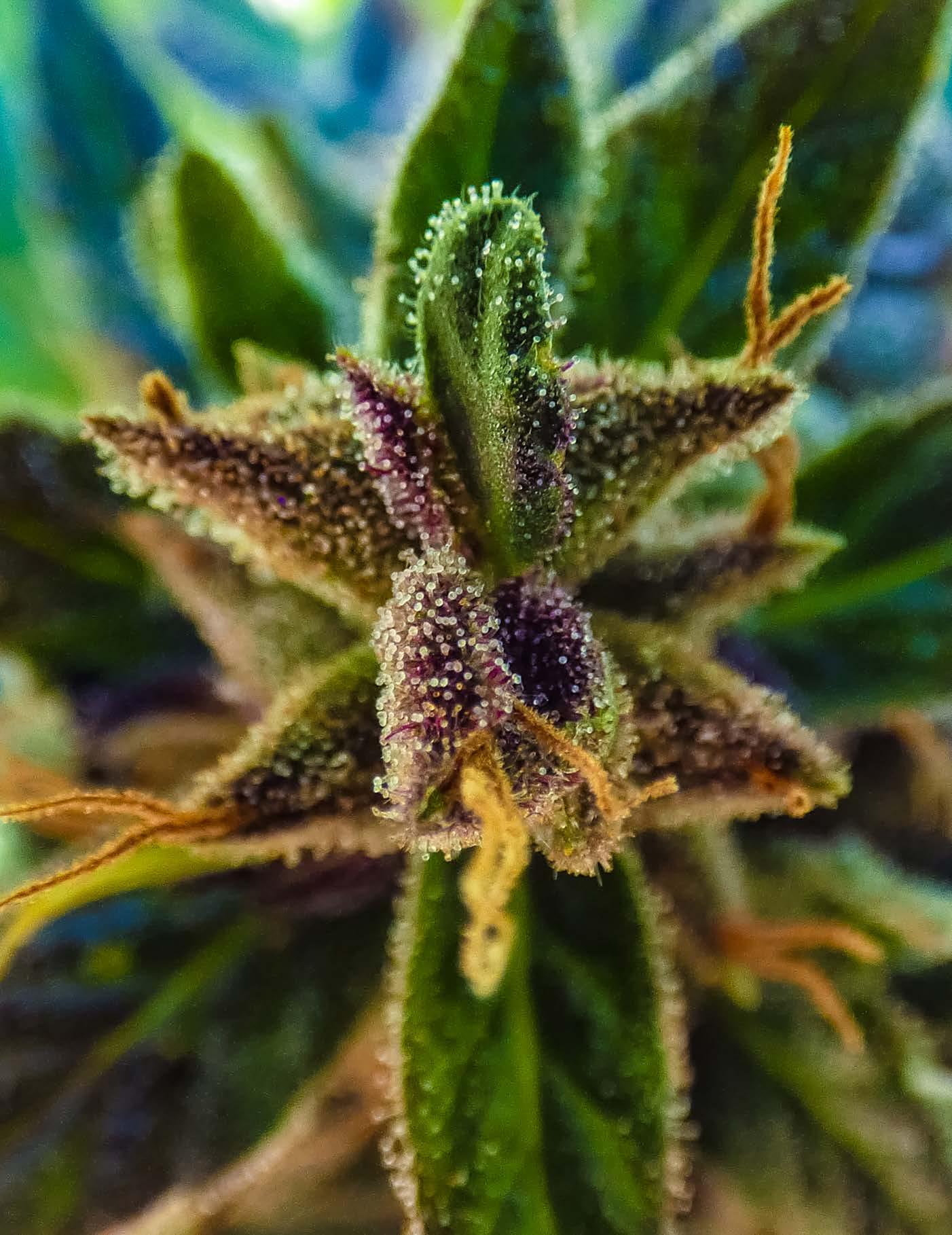
VISUAL TRIBUTE TO JESSE AND JESSIE MONTGOMERY IN HONOR OF THE LATE
CULTIVAR : MOTHERS COOKIES
ORIGINAL GSC X AFGLUEY ( GG4 X DOGISTAN) DOGISTAN IS CHEMDAWG X SFV OG X PSA AFGHANI
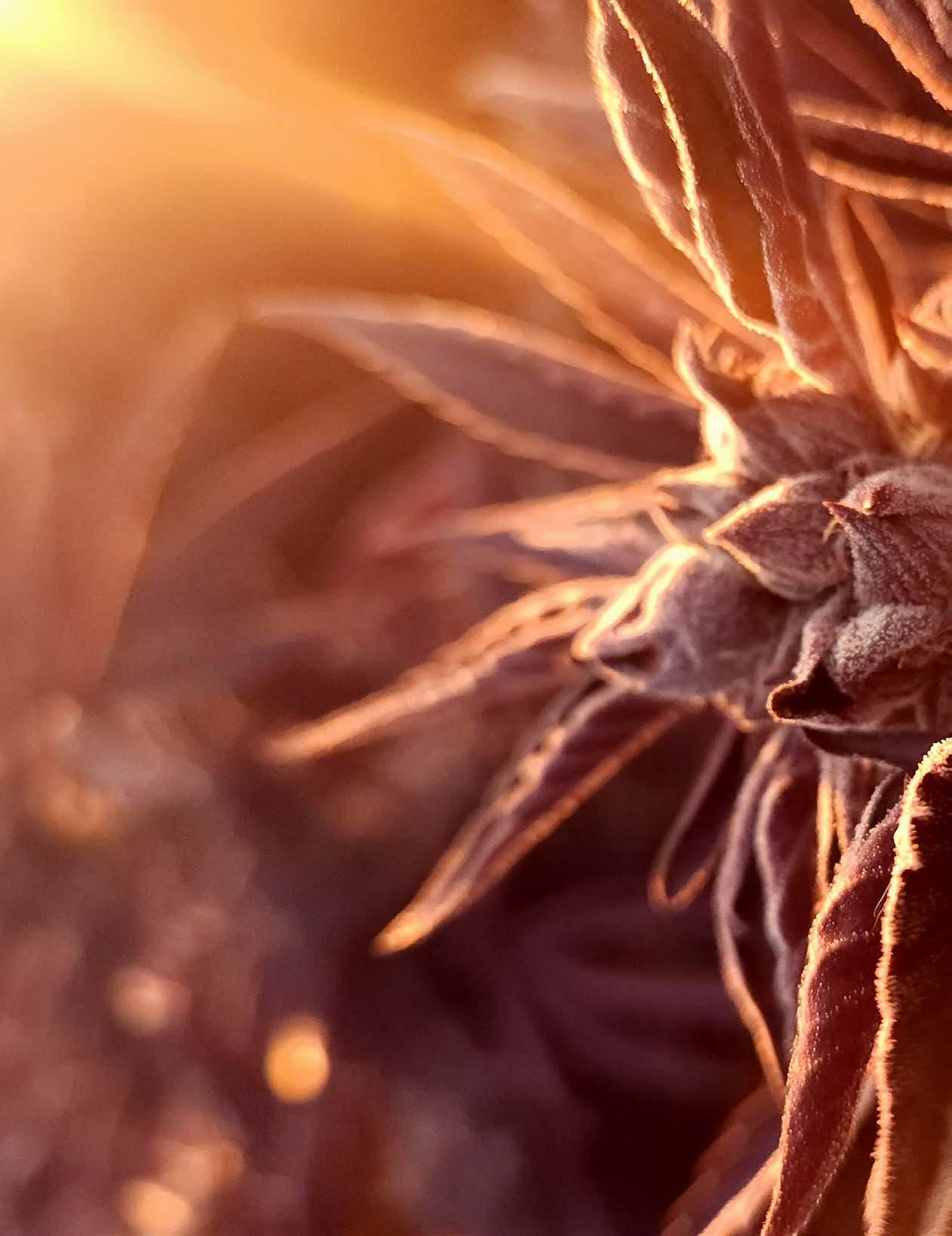
By Dustin Hoxworth

Photo By Kyea Mofire
Cannabis holds a special place in our hearts. Millions of people all across the globe begin and end every day with it; and for the vast majority of us (at least for now), smoking flower has been and remains to be our favorite way to consume cannabis. But, even though millions of people consume flower every day, cannabis is still extremely personal to us all, which got me thinking: why we consume the flower we do, and what makes it so special to us?
Ed Rosenthal HORTICULTURIST, AUTHOR, PUBLISHER, AND CANNABIS GROWER
This is a more complex question than it first seems. As a photographer, I like a bud that has symmetry and good color. Even if it contained no cannabinoids, it would still be a good bud.
With that in mind, I set out on a little personal and educational journey to ask some of the most influential, well-known, and highly respected cannabis personalities and professionals this one question: What do you think makes flower high quality and award winning? I found the answers to be as varied as the plant itself.
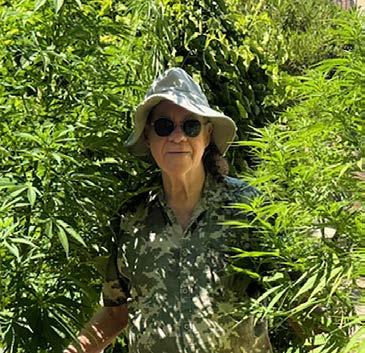
As a cannabis lover, I have a different opinion. What I'm interested in most is aroma-taste, but most importantly, its effect on my state of consciousness. In fact, I propose that the bud material used in Cups should be prepared in joints so it's not seen by the judges. Then it's not a beauty contest, but it's based on the bud's purpose.
So what's a good bud? One that achieves its human purpose: joy, introspection, concentration, and so many more possibilities. Beauty is in the eye of the beholder.
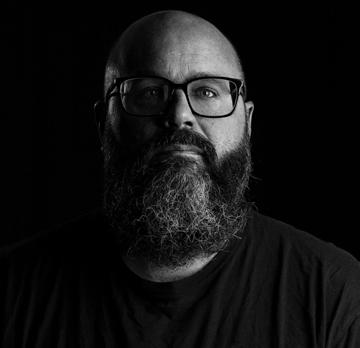
CO-FOUNDER, BEARD BROS PHARMS
The quality of a cannabis flower always starts with genetics. You can grow a really good cultivar badly and it will be poor quality. You could grow a really poor cultivar amazingly, and it will still be poor quality.
Second is how the flower is physically cultivated. The environment can vary from outdoor to indoor. Nutrients play a large part, everything from salts to organic can have differing results.
Lastly, the intention of the flower cultivation is huge. What do I mean by that? I mean, is it being cultivated with the best possible practices for medicine, or is it being cultivated for the red and black numbers at the bottom line?
Brendon Robinson
CO-FOUNDER OF MUDD BROTHERS CANNABIS CO.
I like my flower like I like my women… sweet, bold, and tasty! What makes flower craft to me is the care that goes into its curation. The type of soil that's grown in, the terpene profile, and how powerful and long-lasting the effects all play a major role in whether the flower has a chance at being awardwinning or small batch/craft. Well-grown weed that is sourced properly, grown under ideal conditions, and given the proper amount of TLC along the way, tends to be the best strain.
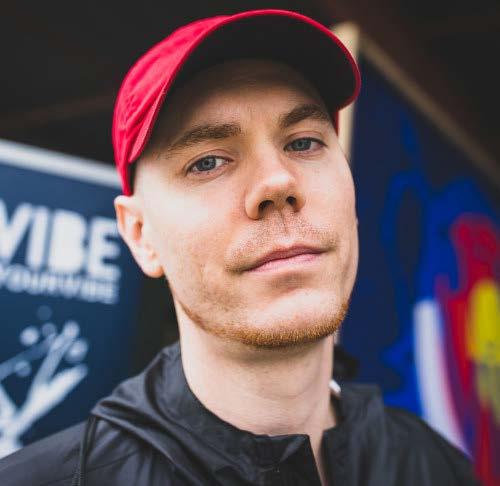
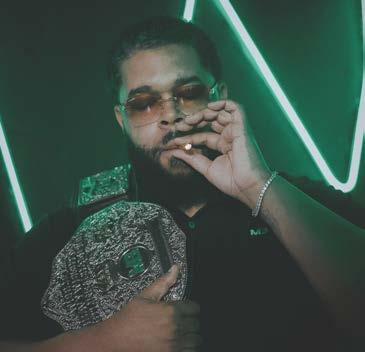
Mitch Pfeifer
FOUNDER OF RESPECT MY REGION DIRECTOR OF COMMUNITY ENGAGEMENT AT ACTIVE
I believe craft is something that is earned through scale and care. Scale can be relative depending on the market, but anything handled with care and not grown at such a level where it isn't hand watered, hand touched, and has a primary caretaker in the field, looking at all the plants daily. Award-winning is the result of winning an award (that wasn't paid for) and better quality is super subjective… but it’s likely grown at craft scale and is undeniable upon looking, smelling, handling, and smoking!
Mary Jane Oatman
FOUNDER OF THE INDIGENOUS CANNABIS COALITION AND EXECUTIVE DIRECTOR OF THE INDIGENOUS CANNABIS INDUSTRY ASSOCIATION
Cannabis flower is exceptional when it transfers the spiritual energy of the soil, and the sun in the heart of the person that cultivated it! When you can taste the love in the flower.
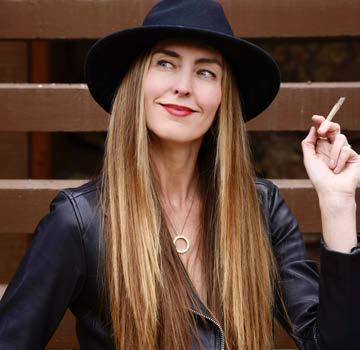
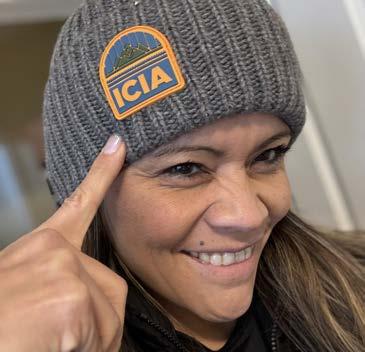
Jocelyn Sheltraw
CO-FOUNDER, BUDIST
Award-winning flower can come from both largescale farms and small-batch producers. At Budist, we see that the highest-rated flower stems from key factors like genetic selection, optimal environmental conditions, and refined cultivation methods—all grounded in meticulous craftsmanship. Whether from craft growers or larger operations, the common thread is an unwavering commitment to detail and excellence throughout the entire process.
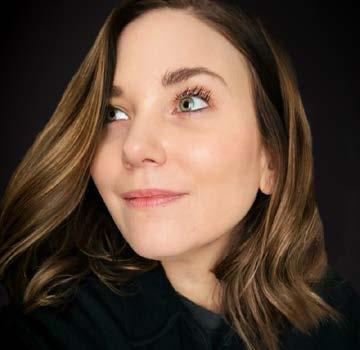
Courtney Zalewski CBO & CMO OF EMBARC
As a creative, I’m very interested in what a brand or cultivator stands for and what sets them apart. That's what hooks me, and then it's the product quality and consistency that seals the deal. I’m not a cannabis expert (and shouldn’t be a judge), but I know when a product is right for me and that's what matters most.
I naturally root for the underdog. While I appreciate quality on both sides, the little guy always gets my vote. The same goes for cannabis: if it meets my standards of quality, is authentic, and has a compelling story, it earns my attention and respect.
Nick Sclafani EXECUTIVE SALES MANAGER, SHIFT CANNABIS CULTIVATOR
Cannabis flower which is considered "high quality," "award-winning," or "craft" embodies every unique dimension the plant epitomizes in its infinitely interpretable essence. It provides a medicinal value for what physically ails one person, allows another to be relieved of the burdens of mental anguish, anxiety, post-traumatic stress, or insomnia, and allows most people the cognitive space to become more actualized, empathetic, creative, understanding, and to act in ways more kind, aware, and grateful.
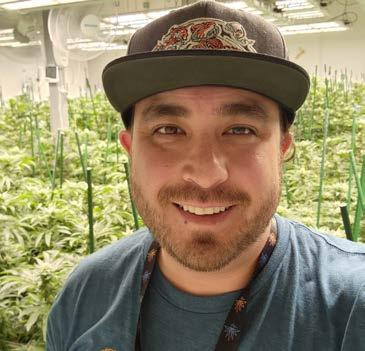
When grown with proper timing and scientific parameters, cannabis can have flavor and terpene profiles of the most exotic combinations. It will be delicious on the palate, soft on the respiratory system, beneficial to almost all other bodily systems, stimulating to the endocannabinoid system, and enjoyable socially. When most of these attributes are achieved, cannabis flower can be bestowed the honorable label of "high quality," "award-winning," and/or "craft."
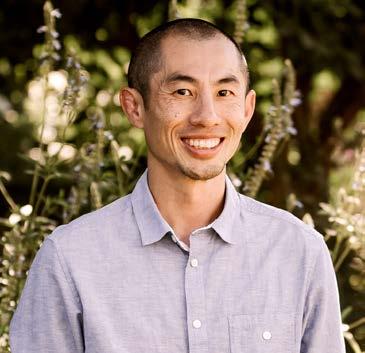
Seibo Shen CHIEF INNOVATION OFFICER AT FORM VAPE TECHNOLOGIES
What makes a flower craft, better quality, and/or award-winning (outside of genetics) is the intention of the grower. I believe that we have gotten to a point where we have mastered indoor, outdoor, hydroponics, and soil growing and what really separates craft flower from the rest is the amount of time the grower can individually spend with their plants. Growers who spend a lot of time with their plants, play music for them, talk to them, and build some sort of relationship with their plants seem to always grow the tastiest buds with the most euphoric effects. When you have tens of thousands of plants, it is impossible to give each of them the attention they truly deserve.
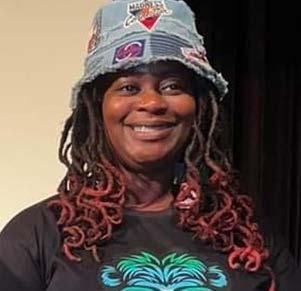
For almost 20 years, I've had the joy of experiencing cannabis in various ways. My journey began in 1993, and by the end of my first year, I could already distinguish between different types of herb—specifically, the "reggie" bush weed and what we called "fire," Chocolate Thai, weed. Over time, the term "fire" evolved into what many recognized as "hydro"; Sour Diesel, Bubblegum, White Widow.
Today, as a 47-year-old mom of six, a former teen mom, and someone who once faced homelessness, my life is built on a foundation of discipline. As a wife and the owner of multiple businesses, my focus is on maintaining my mental, physical, and emotional health and well-being. In line with my holistic approach to health, I prefer cannabis grown regeneratively in living organic soil and under the sun. This method ensures a clean and sustainable product, rich in natural cannabinoids and terpenes, and free from synthetic chemicals and pesticides. It supports both my body and the environment, honoring the plant's full potential and natural energy.
Justin Hoegenauer CERTIFIED GANJIER
Craft is artisanal, dexterous, and never automated. The highest quality flower is grown by those who truly understand and have a spiritual relationship with the plant, because cannabis has a consciousness. Selecting the right genetics for the environment, using healthy soil, adopting proper harvesting, curing, and storage methods- the regard or neglect of these practices is tangible in the end-user experience.

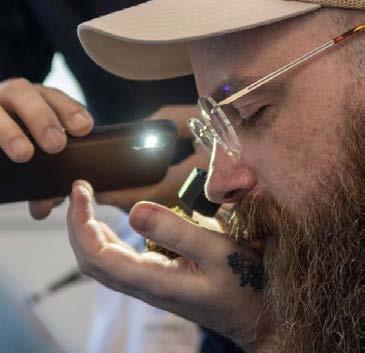
Kenya Alexander FRACTIONAL CEO
It’s not enough to just do the average really good: a true craftsperson is someone who can create art and then communicate that art to others. Good flower is grown with intention, but craft flower is created when each person who interacts with the flower, from seed to consumption, actually gives a fuck about the flower’s journey and communicating all of the beauty that exists in that journey as best they can. It’s the connection of each person through the flower. It’s the sharing of stories and energy. And most of all, it’s the love that truly makes craft flower to me.
Hudson
After genetics, the most important factor in producing high-quality, craft-grade cannabis flower seems to be personal attention. Cultivators that can monitor growth and health and interact with plants on a nearindividual basis will be better able to detect problems such as fungal infection or pests– well before they jeopardize the crop or reduce the plant’s vitality, thereby reducing the quality of the harvest.

Personal knowledge of each plant’s growth metrics will help in the selection of hardier individuals with more desirable traits for cloning and ongoing genetics work. It also helps to ensure cleanliness, which is a critical metric of how crops will ultimately perform. This level of plant-to-human interaction is only possible with small to medium-sized cannabis operations and is labor-intensive. However, those increased labor costs can be offset by the premium that high-quality craft cannabis commands, with cannabis connoisseurs easily recognizing the difference between these types of products and those that are mass-produced by automated equipment and machinery, where personal plant interactions are severely restricted or non-existent.
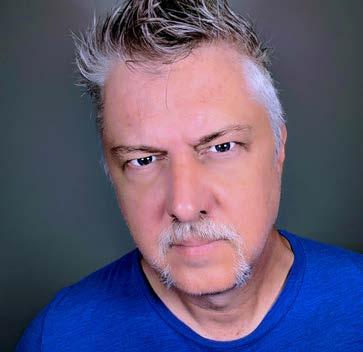
Trent Hancock GROWER, & CO-FOUNDER OF HORTIFLO
The main identifying characteristics of craft cannabis are incredible aroma and a smooth smoke from start to ash. You should be able to consume consistently without harshness or resulting in a sore throat. Craft cannabis is only possible if the grower and environment are capable of preventing bugs and mold for the final two months of the plant’s life cycle without the use of pesticides and/or fungicides. Even “organic” pesticides and fungicides destroy quality. Last but not least, taking the time to hand water/ feed instead of using water lines gives growers the ability to use high-quality, organic fertilizers that don’t work in water lines. The best aroma and flavor come from a plant that has only been fed enough to prevent deficiency.
When it comes to craft flower, I think small batch and a human touch. This combination allows for other attributes to occur that further contribute to a craft flower experience, such as not spraying during the flower cycle and managing a proper dry and cure process specific to the flower at hand. Add in soil grown, organically fed, genetics with nuanced flavors, and I am all in!

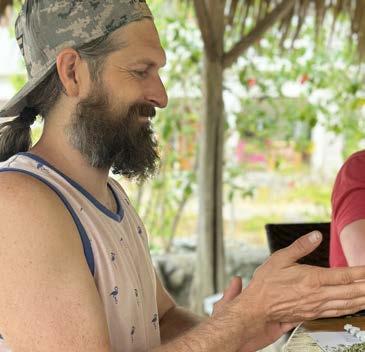
Crawford
Quality and craft will mean different things to different people based on their lived experiences. For me, when any task is done with love and care (including growing cannabis) and when all steps are taken, no corners are cut and someone pours their heart, soul, and energy into a task, you can feel it in the end product. It's typically done on a small scale and by hand and is different from the rest. When I taste the cannabis grown by my hands or by the hands of my friends and community members, it fills me with a special sort of feeling that's hard to describe. It fills you with warmth, it fills your sails, and it makes you feel light.
Rob Sanchez
FOUNDER APARTMENT 113 | CHIEF PRODUCT OFFICER, TOKE POS | CERTIFIED GANJIER
Quality cannabis is neatly trimmed and should have dense, intact trichomes that sparkle in the light. This indicates good genetics and excellent post-harvest handling. Quality is more than just what you see; the real difference lies in the aroma. You want the flower to speak to you when you open the jar. A complex aroma with multiple layers or notes is ideal, and in most cases, the stronger, the better. The terpene profile is also worth mentioning- the terps don't lie. If you can see the lab results, look for cultivars showing any individual terpenes testing over 10 mg/g or a total terpene percentage greater than 2%. My favorite would be those high in terpinolene!
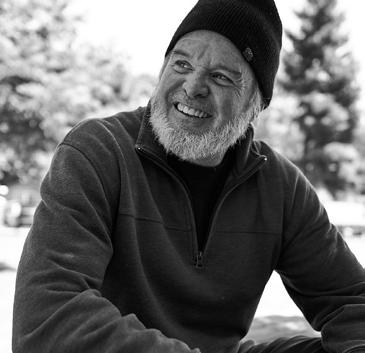

Kevin Jodrey
CO-FOUNDER OF THE GANJIER
CO-FOUNDER OF COOKIES R&D
The word craft is derived from the Germanic word kraft, implying skill or strength. While the word craft has many modern connotations, most resonate with ‘made by hand using a high degree of skill.’ I believe author and filmmaker Faythe Levine says it best: “I believe craft is anything you want it to be. It’s malleable, wild, and undefinable. Craft is fluid and queer. It wields the power to be all things at once, with no rules”.
Cannabis is almost unlimited in its distribution, variations, and applications. We have only just begun to scratch the surface of what’s the best way to benefit from this amazing plant, and in turn, provide benefit to this amazing plant. Because of that fact, the definition to me is ultimately determined by the end user as to what’s best to them, and for them.
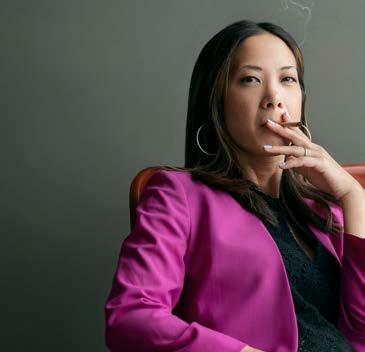
I love flower. Never got into growing, but I am one of those people who loves weed and has a true appreciation for the plant. The first thing I notice is the nose in top-notch flower. My favorite thing is when I open that jar and get that initial whiff. There’s nothing like that first heady, skunky, yet bright smell that signifies the delight to come. I’m a terpene chaser, so the aroma and the effects are hugely important.
I look at the bud itself, its color, structure, pistils, and trichome development. The trim job is another thing I notice because who doesn’t appreciate a beautifully hand-trimmed nug? And then it’s the tactile - I’ve experienced plenty of flower in my life that was too brittle or too sticky due to improper drying and curing processes. Flower that has been properly harvested, dried, and cured should have a certain stickiness and bounce.
Most importantly: how it smokes. I love a good joint and the camaraderie that comes with sharing a nicely rolled J with friends and strangers alike. An industry award can bring recognition to a brand and hype up the employees behind its success, but I also take some of these pay-to-play awards with a grain of salt. There are growers who care about their craft, take the time to do it right and it really comes through in the end. One of my favorite things about working in this industry is traveling around experiencing the best each state has to offer!
Verónica Pérez
MEDICAL CANNABIS CONSULTANT/COACH/EDUCATOR
WRITER FOR SENS CULTURE MAGAZINE
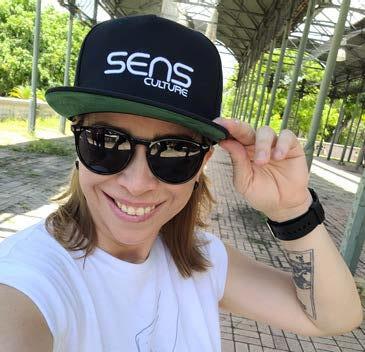
As a canna-enthusiast, registered patient, educator, consultant, and coach in Puerto Rico, I always strive for the best and most memorable experience possible when it comes to consuming flower. For it to be truly exceptional, it should uphold the highest quality standards when it comes to the grow and handling process. Cannabis should be enticing, appetizing, and unique while providing the right sensation to the body, mind and soul. Craft/award-winning flower must ALWAYS look, feel, smell, and taste amazing; displaying bold colors and delicious terpenes that produce a lovely harmony to the senses, taking it to a higher level. I encourage my patients (and followers) to search for this so they'll always have the best experiences on their path to wellness and enlightenment.
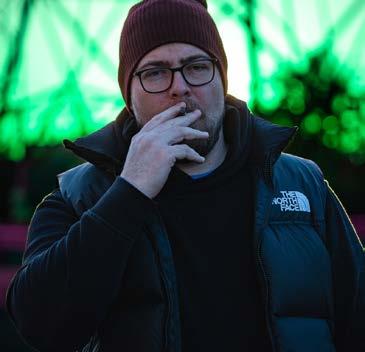
Matt Jerome FOUNDER/CHIEF CONSULTANT, MERISTEM CANNABIS CONSULTING
It comes down to the attention to detail. Everything must be of the highest quality—aroma, appearance, flavor, and experience. It takes three fundamental pillars, but success is always a moving target. Exceptional cannabis requires quality genetics, a deeply passionate cultivator, and a tried-and-tested cultivation method, which will almost always be organically based and environmentally conscious. It's important to note, this triad does not guarantee success but is required for it, which is my way of saying that practice makes perfect.
Battle-tested genetics take time. Dedicated, intentional, and focused time with the plant, which often puts high-level breeders at the top of the list as some of the most skilled artists out there. What I’ve learned from spending time with true masters of their craft is that the lynchpin of their skillset is rooted in passion. It is a genuine love and enthusiasm for the plant and the community around it, that allows cannabis to fully blossom to its full potential.

Shute CEO & CO-FOUNDER, PUFCREATIV
Small-batch organic cannabis, grown by a master cultivator, ensures each strain reaches its full potential in terms of cannabinoid and terpene yields. This careful cultivation results in a safer product with enhanced medicinal benefits, making craft flower a better choice for consumers. Choosing craft cannabis means prioritizing quality, and health, and often supporting a locally-owned business.
Justin (Cloudz) Dirheimer FOUNDER, STRANGE ROOTZ
The main factors that make the best cannabis are genetics, organic cultivation practices, harvest timing, curing process, terpene profile, visual appeal, potency, effects, and sustainability. For me, what really stands out is the attention to detail in every step of the process. A true connoisseur can visualize, smell, and taste the passion and care that goes into award-winning cannabis
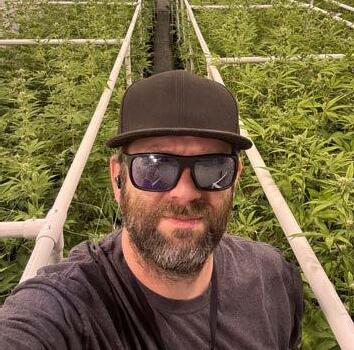

Dan Sullivan DIRECTOR OF CULTIVATION, HIGH LEDGES CANNABIS
Craft is quality. I feel what makes flower stand out is checking all the boxes. While bag appeal and a loud aroma are important, flavor and a smooth smoke from start to finish are harder to attain. The ability to use natural inputs from ethical sources is one of the key factors to award winners but also plays a huge role in bringing out the full potential and unique characteristics of each cultivar you grow. At High Ledges Cannabis we achieve this by growing all of our cannabis in our living organic soil. We add microbes and vermiculture to the soil allowing the plants to grow and nurture themselves, never using any chemical fertilizers.
Captain Hooter
AUTHOR, ARTIST, INTERPENER, MULTI-YEAR FLOWER REVIEWER AND CANNABIS CUP JUDGE
When I judge Cannabis Cups in Europe, it’s all about bud structure, aroma, flavor, and effect. For me, the first two are like the basic Q&A on the Miss America beauty pageant - just to get to know you. If they make it past the bud structure and aroma stages, the next phase is important: my microscope check. I’m looking for seeds, if it’s sprayed, botrytis, or bugs. Once I know it’s clear, then I begin looking for quality levels. I’m looking for an army of fully stalked, cloudy, fat, glandular #6 trichomes. I want it to look like an army battalion, fat trichomes everywhere, untouched and ready for battle. Once my microscope check is finished, I can smoke and give my subjective opinions on taste and effect. If it made it through my check this far… odds are it will be one of the best.
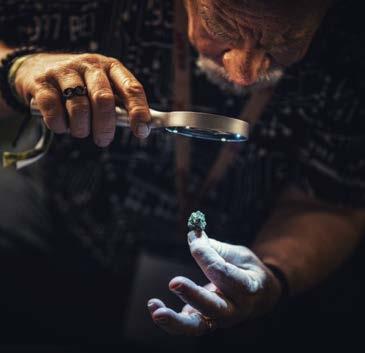
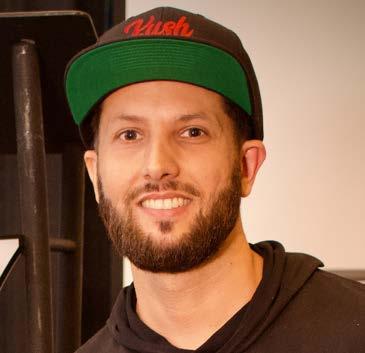
Alex Al-Sabah
CO-FOUNDER OF THE 1937 GROUP CREATOR OF KUSH LEAGUE
I believe cannabis flower is much like wine. Being from Northern Cali, we had weed farms and wineries. Like small lot wineries, there is a limited quantity of output: small batch cannabis farmers are the same. There is a lot of love and care put into the process and therefore people who appreciate that will pay for better quality. It's a whole process, from selecting which plants make it to the beginning planting phase to the love and care each plant receives during the growing process. Other things are just as important such as optimizing temperature, light intensity, and PH of the water. These items determine how the plant thrives and grows and the more attention they get, the more their roots continue to grow and the plant's full potential is highlighted.
Lastly, outside of making sure you start with the right genetics, the finishing process is what matters a lot to me and what I pay closest attention to when evaluating any flower that's put in front of me. I want to see how the farmer cured their plants. You can almost always tell when smoking the final product if the plants were cured long enough. Sometimes even just smelling it.
Samantha Seagaard CO-FOUNDER, THE FRESH CONNECTION CULTIVATOR
“Craft” cannabis means flower that is grown with the intention of helping and healing people, rather than flower simply grown for profit. Craft flower is hard to pinpoint because it isn’t defined anywhere and there is no authoritative body to define it. You have the die-hard living soil side who want to say anything grown with nutrients isn’t craft, and I simply disagree. Craft isn’t about just growing one way, it’s about doing what’s right when no one is looking. At Fresh Connection we grow in soil and are all about microbes and soil health, but that doesn’t mean I don’t appreciate flower grown in other mediums or consider them craft.
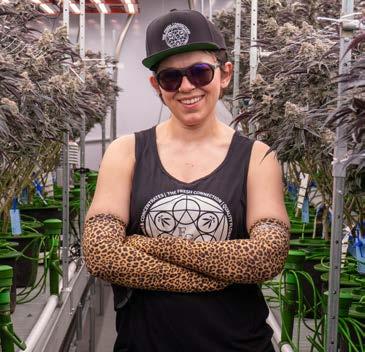
Craft is in attention to detail, not cutting corners, and understanding the minutiae of cannabis cultivation that only comes from hands-in-the-dirt experience. Sure you can chop at exactly day 60, cut dry time in half, and machine trim, but that likely won't cut it for cannaseur smokers such as myself. Today we need real smokers to show up to the dispensaries and demand craft flower keep shelf space more than ever. As large corporations from California jump ship to the East Coast, we must continue to support the small East Coast craft cultivators who have made many sacrifices to get this plant to us in its craft form. Support the craft movement and your local small-batch cultivators!

It’s been a tough time for California cannabis, especially craft farmers and brands.
The theme at this year’s Emerald Cup was hope, as underdogs and craft cannabis triumphed. The Emerald Cup is the premier cannabis event and competition, with a historic 20 years running and legendary status.
The event has been held in various cities and formats in recent years, and this year it was a two-day event in Oakland at the Henry J. Kaiser Center. Oakland has certainly had its share of struggles, as has the event venue, which has been closed since 2005, but once hosted The Grateful Dead and Martin Luther King Jr. Seeing this storied venue alive again and bustling was a win for Oakland.
Mendo Dope, Mendocino County cultivators and musicians, won Best in Show (as well as 1st Place Personal Sun Gown Flower) for their “Headies” strain. Brothers “Old E” and “Bleezy” were the first personal-use entries ever to win Best in Show, right at a time when the Emerald Triangle craft community needed a symbolic victory.
“Honestly we’re still shocked. It’s amazing. This is the best of the best, the top growers from the best areas to grow—you see the real fire. This [win] is rewarding, motivating, and an inspiration for us to keep going.” said Old E.
The story behind the strain is touching. When their high school friend Nick passed away and had his farm raided by thieves, they were called to the home by Nick’s family to help.
“He grew to support his family. There was a section in the garden where he was working on some special breeding projects. One of the strains caught Bleezy’s eye. This special plant was cut all the way down but we took a cutting. It eventually rooted and vegged. We ran it indoors—and were blown away by how fire it was. We’ve always looked for and talked about finding ‘The One’ with Nick before he passed away. It was meant to be.” Old E said.
They eventually grew it outdoors and were impressed with how it looked, grew, and smoked.
“It means so much to us to be able to continue paying legacy to him, he'd be so happy about this.” said Old E.
Bleezy described Headies as super gassy and super sticky, with circular dense buds.
“It’s a very strong, kushy gas with hints of hidden fruit, maybe grape. Around week 4-6, it smells different than gas, then turns to thick potent kush.”
The brothers grow outside, using no-till farming, incorporating cover crops, and living soil.
“We do it natural style, teaming up with nature. We grow really clean and organic, it’s quality good medicine with nothing bad in it.” Old E said.
He also told me “We weren’t growing this way originally, we were growing basic style, using liquid nutrients and stuff, over time as we cut back on certain things, the plants were growing better and bigger, and the flowers were more flavorful—the plants loved it.”
The Mendo Dope brothers have a long legacy in the Emerald Triangle music and cannabis communities. They are musicians who grow and growers who make music, trying to divide their time equally between the two. They started at the same time, and both passions influence each other. The stigma and legal status of cannabis has impacted their careers in making music and it has also inspired it. They hope that when legalization comes it will allow them to be able to sell their flower anywhere and perform their music without being censored or limited.
Women also won big. Space Gems, the beloved Humboldt County brand, won 1st place in the Tincture category for their Cosmic Tincture. The brand has won several awards recently, including Gold at the California State Fair, and 1st place at the Emerald Cup last year for their Sour Spacedrops.
Proof, a woman-owned brand, won 1st Place for Best Therapeutic Topical for their Ice Hot Roll-On.
“Proof being a legacy brand, the Emerald Cup feels to me like home. It’s the people who understand the roots of this industry coming to celebrate the small and passionate entrepreneurs. When so much of California cannabis has become overrun by corporate operators, the Emerald Cup is a shining beacon of the rich traditions in California
cannabis,” said Julie Mercer-Ingram, Proof Founder and CEO. “Proof has always been slow but steady, and it looks like that approach has won the day.”
Cura Naturals, another woman-owned brand led by Monique Vieras took home 1st place for Best Personal Use Topical.
Halara’s Cloud 9 CBN Vape Cartridge won 1st for Alternate Cannabinoid Cartridge.
Lizzie Spier, Halara CMO said, “The Emerald Cup has long served as a source of inspiration and reminder of the legacy of our industry.”
The small craft vape brand is based out of Santa Rosa, and Spier said they have faced some hardships recently.
“We have felt the struggle of having to fight to stick in this industry… I think many of us have a chip on our shoulder about the current regulatory practices that are in place, and I think any step towards progress to improve that or catalyze change is something to be hopeful for. I can’t pretend to know what the potential impacts may be, but I do know that it happens right outside our comfort zone, and I believe that in the challenge, there is goodness that will be brought forth that will change the history of our industry forever.”
Newer brand Ay Papi, formed in March of last year, took 1st for Edible Gummies and Ice Water Hash—both made in partnership with Huckleberry Hills Farm.
The winning gummy, their Whitethorn Rose Rosin, has no added flavor or color, allowing
the fruity strain to shine on its own.
“Ay Papi strives to make products that inspire and bring community together. We believe that there’s a market for small craft brands. We put the cultivator first, respect the plant, and only work with craft farms” said Co-Founder Justin Lee.
The company almost can't keep up with demand for the gummies: they sell out in 3-7 days once they are on the shelves. Lee said he was inspired to create these products after he tried the awardwinning Whitethorn Rose, met John Casali, and heard his story of incarceration for the plant and his journey to freedom.
“I was inspired by it. It was a beacon of hope and a story of sacrifice and love and I wanted to help share it.”


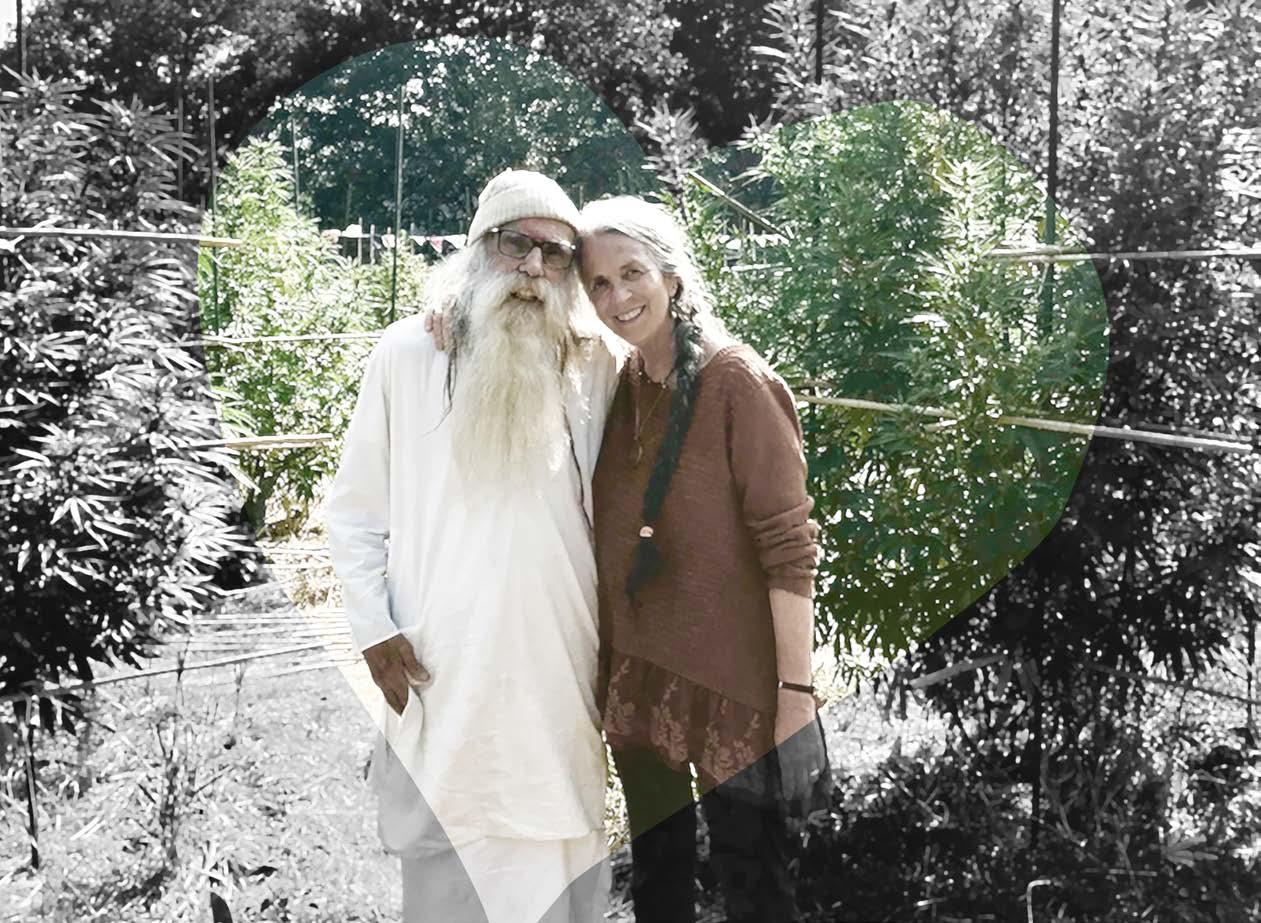
By Leah Cerri
Heading North on Highway 101, driving through Laytonville and I’m surprised to see the only grocery store for this small-town community is not just closed, but is no longer in business.
I am on my way to visit Nikki Lastreto and Swami Chaitanya of Swami Select. The couple has invited my friend Colleen and me up to visit them on their farm in the midst of assessing over 300 jars of flower for the 20th Emerald Cup. The two have presided over the flower competition since The
Emerald Cup’s inception: not only will this be the couple’s last year judging, but they have also decided to shut down their cannabis brand and retire.
So much has changed in this area of Northern California, and in the cannabis industry since legalization. Nikki and Swami retiring from Emerald Cup and closing down Swami Select feels like yet another reminder of the ways in which legalization has failed to deliver on its promises.
Nikki and Swami met in San Francisco’s North Beach neighborhood in 1969 when Nikki was a young flower child, passing out free food and selling joints with friends and Swami (William at the time) was part of a commune. They lost touch for several years, reconnected at a reunion of the hippy group, fell in love, and moved in together.
We turn off the 101 and head up a dusty dirt road that snakes through the mountain. Colleen enters the gate code and we drive past a beautiful meadow. Statues of Ganesh, Shiva, and Buddha stand guard over wildflowers and small garden patches. Their home is a large cabin in the shape of a crescent moon, with balconies, decks, and lots of windows. Inside, your eyes are greeted by something interesting everywhere you look: Indian art, an Egyptian sarcophagus, crystals, photos, mementos from the couple's travels, and an homage to India.
William and Nikki traveled to India separately, following the “Hippie Trail.” As a couple, they returned together in 1992, living part-time in the mountains of the Himalayas, and the other half of the year at a hippy colony in a house in Goa.
They visited temples and got involved in Hinduism, spending their days doing yoga, reading spiritual texts, and meditating. In 1996, Nikki got the urge to come back to the States. The couple separated: William stayed in India, devoting himself to meditation and Nikki returned to San Francisco and sold weed.
In 1998, William was initiated into the Jana Yoga branch of Hinduism, and became “Swami Chaitanya Vishwakarna.” After his initiation, Swami had to renounce several things: he could only wear one color (white), he had to give up onion and garlic, and he was celibate for 20 years.
judges. The event was illegal and risky: half of the 300 people who entered didn't put their names on their entries—some even wore masks.
We sit around their coffee table in the living room. Jars of cannabis dotted with colored stickers fill the table and surrounding boxes. The couple is busy working their way through all the samples they are tasked with assessing for the Emerald Cup. They have divided up the work efficiently, with Swami rolling and testing the joints, as Nikki keeps track of all the samples and enters their notes into the spreadsheet.
“You’ve both been involved in the Emerald Cup since the beginning, why did you decide to retire?” I ask. 20 years of judging is a long time, they tell me. It's time to pass the baton.
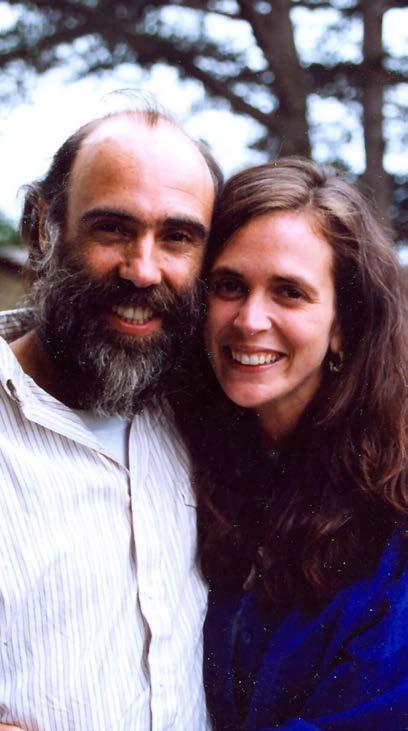
On Nikki’s return to India, she and Swami met with Swami Chidananda, their spiritual teacher. He told them to return to America together to create a sanctuary. They returned in March and purchased their land in July of that same year. They got married again and bought their property in Mendocino County.
At the time, the land only had two small cabins. Their original plan was not to grow cannabis. A friend from their old commune in the city brought them some starts, and in 2004 they had their first crop.
This was also the first year of the Emerald Cup, where they were both
When Nikki and Swami took up growing, they had to be totally self-sufficient. They put in bridges and solar power, nurtured the living soil, and turned the tiny cabin into their home. They worked with their land and nature and began to develop their craft of growing cannabis in native Mendocino soil under the full sun, moon, and stars.
Through their commitment to regenerative, responsible farming methods, combined with ancient sacred geometry and practices, their flower became highly regarded for its quality.
Swami has always said that he knows when it’s time to harvest because the plants tell him. They both show a supreme love, a devotion even, for the care and nurturing of their plants and the land they grow them on.
In 2014, The New York Times approached them about an article on cannabis farms’ water use and its impact on California. They said, “What the hell—we’ll talk to them.”
Before they knew it, they had a half-page spread in The Nation with a picture of Swami watering "the girls." Once you talk to one newspaper, they explain, the rest want to cover the story or talk to you. They always said yes.
The next day, Nikki is busy at her small kitchen table, responding to emails. Swami is outside working on a tractor.
In their business, he did the gardening and she handled the business. Their logo and first branded cannabis product came in 2010. Nikki’s years as a lifestyle journalist gave her an understanding of marketing, and these skills helped them to launch a successful brand—something that other smaller craft farmers struggled to do. They built Swami Select together and are proud of it. “We birthed that baby well,” said Nikki.
In November of 2016, Proposition 64 “The Adult Use of Marijuana Act” passed with 57% vote, legalizing the use, sale, and cultivation of recreational cannabis in California for adults 21 and over. “A lot of people up here in the hills didn’t support it,” said Swami.
But they supported it, because of the people who'd get access to medicine, the testing, and some people with cannabis convictions would be getting out of jail. They thought that California would be a leader. The couple was at a celebration at Harborside when it passed. Hope (and smoke) were in the air.
At first, people were really excited and positive: things were going well and some were even making some money. Flow Kana came on the market, and Swami Select was one of the first brands they carried.
Slowly all the regulations came down. “You have to package it a certain way. You'd get one sort of packaging together, they'd change the regs and screw everyone, the font was wrong, but you’d already paid for all this packaging. They kept changing everything at the state and federal level.” Not to mention the inspections, permits, and fees required for everything.
“Everything had to be permitted and up to code. We were all spending thousands of dollars we didn't have. The government assumed everyone up here had stashed millions in the hills, but really we all invested the money we made right back into our land, our buildings, solar, and into the local economy,” said Swami.
The economy here is crashing. The cost of cannabis is around $500/ lb, but often less, and plummeting prices have caused the cannabis market to collapse, taking the economies of these communities with it. People are living in extreme poverty. Local businesses have closed and property values have halved.
It’s hard to quantify the impact cannabis has had on the economy and the local community. There was an academic study done in 2018 by Jennifer Budwig for the Pacific Coast Banking School graduate program at the University of Washington, that used very conservative estimates and identified at least $415 million from cannabis circulating through these counties annually (or, roughly 26% of the county’s entire economy.)
Nikki and Swami are concerned. They see their fellow farmers struggling. “These people with these beautiful properties on the market won't get nearly half of what they are worth, many are going on food stamps... it's hard and heartbreaking. It’s the end of an era, a culture that had money to put on festivals and donate to nonprofits. We kept the local businesses open.”
In truth, the couple seems relieved to be done with the business of growing cannabis. Is this the end of another era, or the beginning of something new?
Only time will tell.
Up until this point, the economy in Mendocino County was surging. “Trimmigrants” migrated to the area and spent money in the towns. The farmers bought new trucks and dumped tons of cash into the local businesses. Many of the communities in the Emerald Triangle were built or bolstered by cannabis. The logging industry had long since dried up, but most did not realize the extent to which cannabis was keeping these towns afloat.
In 2014, there were about 9,000 growers in Mendocino County and 15,000 in Humboldt. Today, there are 340 legal grows in Mendocino County. Of all those thousands, some never signed up to go legal. Some are still growing but are not legal. Many closed or went fallow.
Nikki organized The Mendocino Craft Farmers Auction for several years, a fundraiser to raise money for local nonprofit charities. Last year, all the proceeds went towards the Mendocino Land Trust and the Cancer Resource Center of Mendocino County.
“The point was to show that cannabis gives back to the community,” she said. There are many to blame for this collapse, and many causes of the problems. At one point a lot of weed came from Mendocino and Emerald Triangle.
“Then with legalization,” said Swami, “eventually all these big indoor grows, Glasshouse, Stiiizy, those guys came in with mechanized operations in these big multi-acre sites. The plants are only touched three times. It’s very efficient, and they are able to grow tons and tons of mid-level cannabis, flooding the market with mids. Smaller farms couldn’t compete.”
When Prop 64 passed, local jurisdictions were left to implement the rules that would regulate the market. Bureaucrats added a last-minute loophole that allowed companies to stack multiple licenses if each was less than an acre. The result was a system that benefits large companies backed by VC funding, stacking their licenses to form massive grow operations and squeezing small farms out of the market.
Officials also created regulatory loopholes that allowed local cities and counties to ban marijuana sales. Many rejected allowing cannabis businesses in their jurisdictions, creating a desert-like landscape for legal growers and brands with minimal outlets for sales. The Farm Bill and the THCA loophole have increased competition and price compression.
“It’s not just the farmers who are getting ripped off, it’s the retailers, and distribution too. Retailers don't have as many customers. They can’t buy from farmers, and can’t pay their bills. There’s a 50% tax and increased consumer tax,” added Swami.
In addition to the high taxes and costs, small farmers aren’t able to get access to capital through traditional financial services.
“Most smaller farmers,” said Swami, “don't know anything about bookkeeping, never talked about prices, and our lawyers told us never to write anything down. So we had no accounting skills, we didn’t really understand profit and loss. We’d never crunched numbers.”
At one point, Nikki and Swami decided to take on investors and had someone crunch their numbers. When they added it all up, they’d learned they were losing $4/ per jar. They were selling it at $16 an eighth at that time and “losing money every day.” They decided to raise their prices to $20 a jar and went from having 30 stores carry their product to only 8. They were still losing money. After a meeting with their investors in October 2023, they decided to pull the plug.
Nikki and Swami feel elated to be out. “We are thrilled,” said Nikki. “We are growing vegetables and a small personal cannabis garden. We have more time to meditate now. We still have our website and social media and we are still educating people and putting on private events through Club Swami. We still want to be part of the community.”
“But now we can express our feelings freely and move on,” added Swami.
It’s a relief to be themselves again. Swami is helping to educate the next generation of cannabis connoisseurs, as a member of the Ganjier Council and one of the instructors.
“Not to mention, all the retailers and distributors would be against it. It’s a super uphill battle,” said Swami.
When they first decided to go legal, some very dear friends who were also growers thought it was ridiculous.
“And it turns out, they were right. But we felt we had to. We had to make a statement. Some people may laugh about it now, and say ‘told you so,’ but we don't regret it. Going legal helped establish us and the brand. We can still bring people together. But I never want to be a fucking CEO again,” said Nikki.
In truth, the couple seems relieved to be done with the business of growing cannabis. Is this the end of another era, or the beginning of something new? Only time will tell.
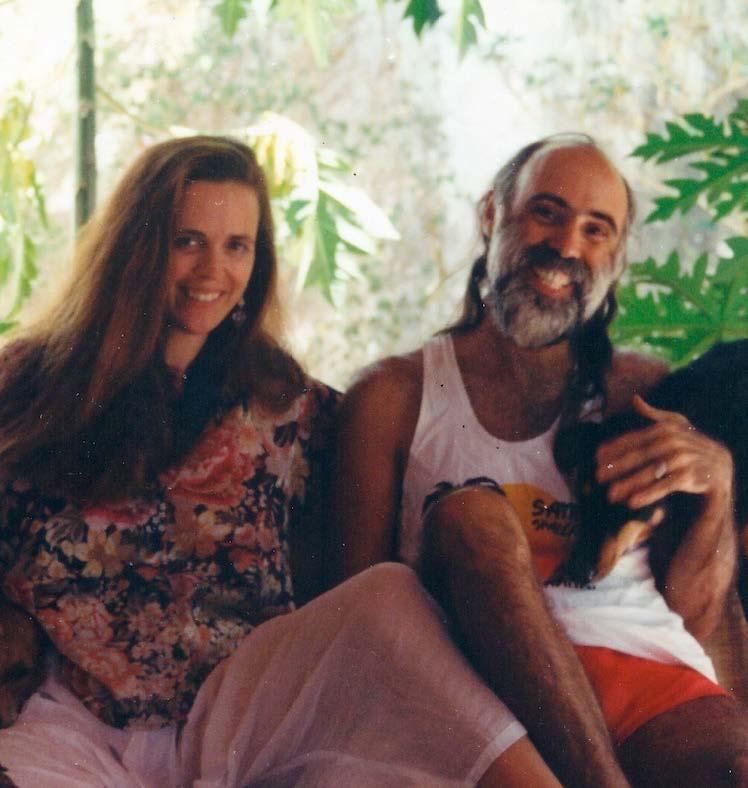
“We are not retired,” said Nikki, “but we get to enjoy life, helping other farmers, putting on events. We’re trying to save small farms in Mendocino and figure out ways to help get it right.”
There has been talk in the community about the hope for a future in which farms could sell Direct to Consumer (DTC) but there are many obstacles to getting a bill passed. There is currently a bill waiting on Govenor Newsom’s desk that would allow for sales at state-permitted farmer’s markets. Although this is not the DTC model many hope for, it could be a first step in that direction.
In life, nothing is constant. Land changes, people change, societies change, and industries change. Nikki and Swami are a constant. Stable in their union and values as the land on which they homestead. Living out here, you learn to rely on yourself and each other, evident in the hillside farm stands that have popped up in these mountain communities to replace the lack of a grocer. Take some eggs and kale, leave some cash and a note.
Built on trust. Like Swami and Nikki, these towns and the people in them are resilient and will find a way.

By Shelley Peebles
While at the live training for my Ganjier certification a few years ago, I met Jason Gellman, a secondgeneration farmer and operator of Ridgeline Farms. Young and tall, with the outline of a light scruff over his jawline, a dark tan accented the thick eyebrows framing his dark eyes, he reminded me of a member of the Beastie Boys, not a weed grower.
In the heart of the Emerald Triangle, Gellman had recently won back-to-back first-place trophies at the Emerald Cup. Despite his success, he remained humble when given any praise. His love for his family was apparent, as was his love of the community, and growing the plant. I had to try this guy’s weed for myself. Luckily we were in class right next to a dispensary.
During a break, I walked over and talked to the budtender of the Cookies Tree Lounge dispensary at One Log. They suggested Green Lantern, which took first place in the Emerald Cup for their outdoor flower category in 2018 and 2019, an unprecedented event at the time.
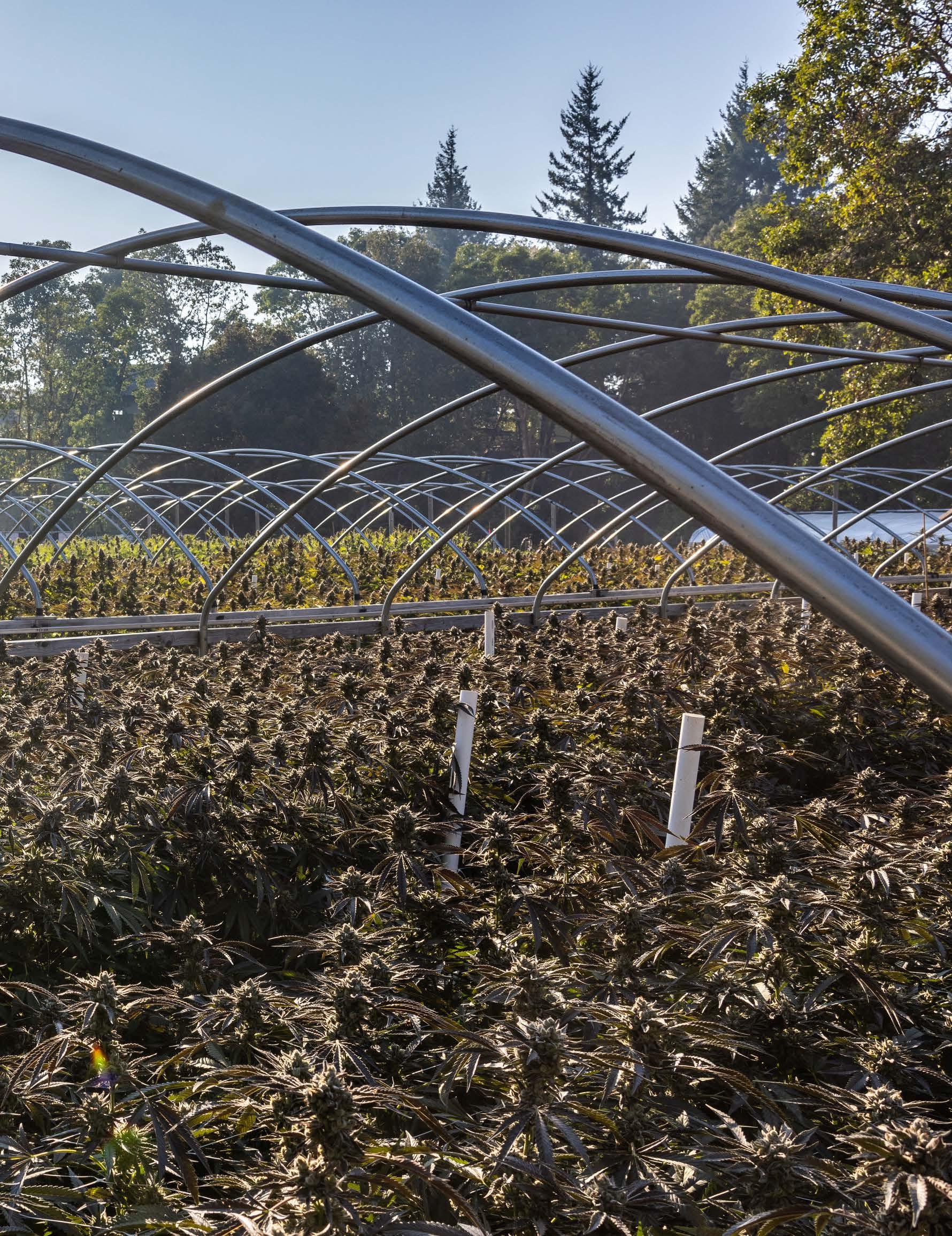
I broke it out and rolled up a decent joint to smoke. It was sticky and smooth, with a noteworthy hint of lime and strong fuel. This was what I came here for. It reminded me of the first time I tasted really good weed back in college. This Green Lantern would later become part of a new creation - a breeding project between Jason and his dad that took over 4 years to perfect.
Lantz is a cross between Green Lantern and Ridgeline Runtz, and it won the 2023 Emerald Cup in the mixed light category. Jason says he hopes to continue to work on creating new strains with his dad while focusing on quality.
“I’m not trying to grow as much as I can to saturate the market even more. I am doing my best to create [my own] amazing strains and keep evolving to stay ahead of the constantly changing market.”
Jason hopes to continue to keep the legacy of Southern Humboldt alive by keeping his quality high.
Drawing the nug out of my sample bag, I was amazed at the amount of glistening, icy trichomes. I instantly squeeze it a bit to see what it feels like: slightly sticky when I press my fingers together. Nice and sandy, just what I like - I’m always thinking about hash!
The trim is nicely done, as I can see that there are no nicks on the leaves. The bud is predominantly a dark purple-brown color, with dark green flecks and rusty orange pistils. As I begin to break up the bud, my fingers get stickier and the odor drifts up to meet my nostrils.
Immediately I smell my fingers - lime custard, possibly what I remember of the Green Lantern, only this is sweet and creamy. I flash to visions of a crustless Key Lime Pie. Another whiff makes me think of my fruity pebbles matcha latte from earlier. The fruit turns into sweet grape undertones, with subtle notes of spearmint, pine, and earth that are harder to find over the gas making my nose burn. I am excited to try this one!
I decided to roll up a joint first, taking a few dry hits to assess the flavor. It’s fruity, with a strong fuel profile. I’m picking up a tiny bit of spearmint on the exhale which is interesting. Curious, I light it up. Grape candy mixed with pine comes forward, and I find myself smacking my lips, happy with the flavor. Halfway through the joint, I start to taste grape taffy, my favorite candy growing up. The exhale is more earthy, and it leaves a clean, sweet finish that coats my mouth.
Initially, I perk up, and I’m able to focus on tasks with my newfound energy. The effects wear off quicker, but I like knowing I can continue to puff and not feel like I’m overconsuming too quickly. The smoke is smooth and has a nice mouth feel. This would be great for doing chores, or coming home from work and relaxing after a long day. It adds just enough pep to help you through an evening of dinner and chores before you're lulled into a deep sleep.
Gellman has been working on some new Lantz crosses and is planning a limited release of Blueberry Caviar, a cross between Lantz and Grape Gas. Look for it this coming Fall!
